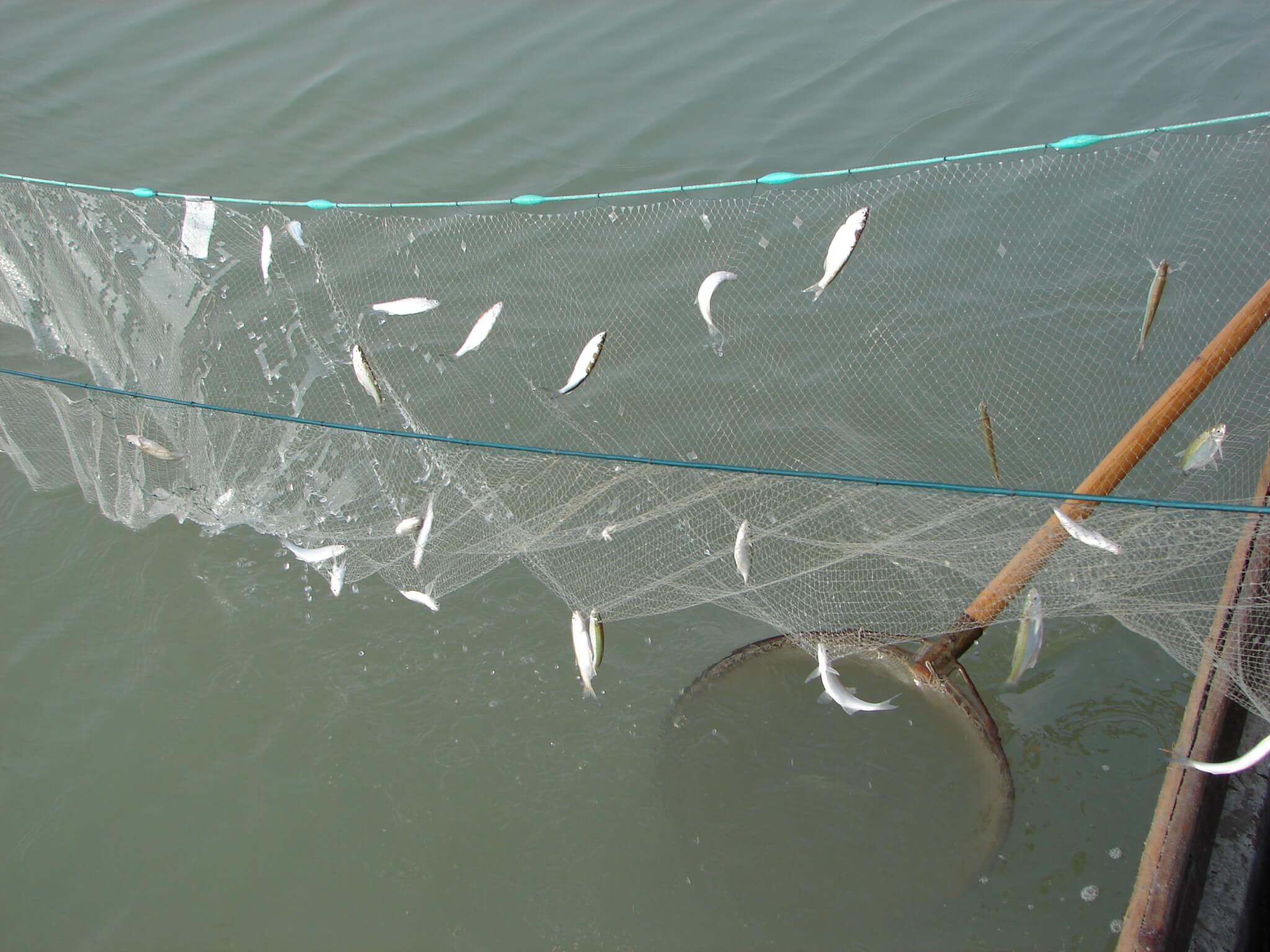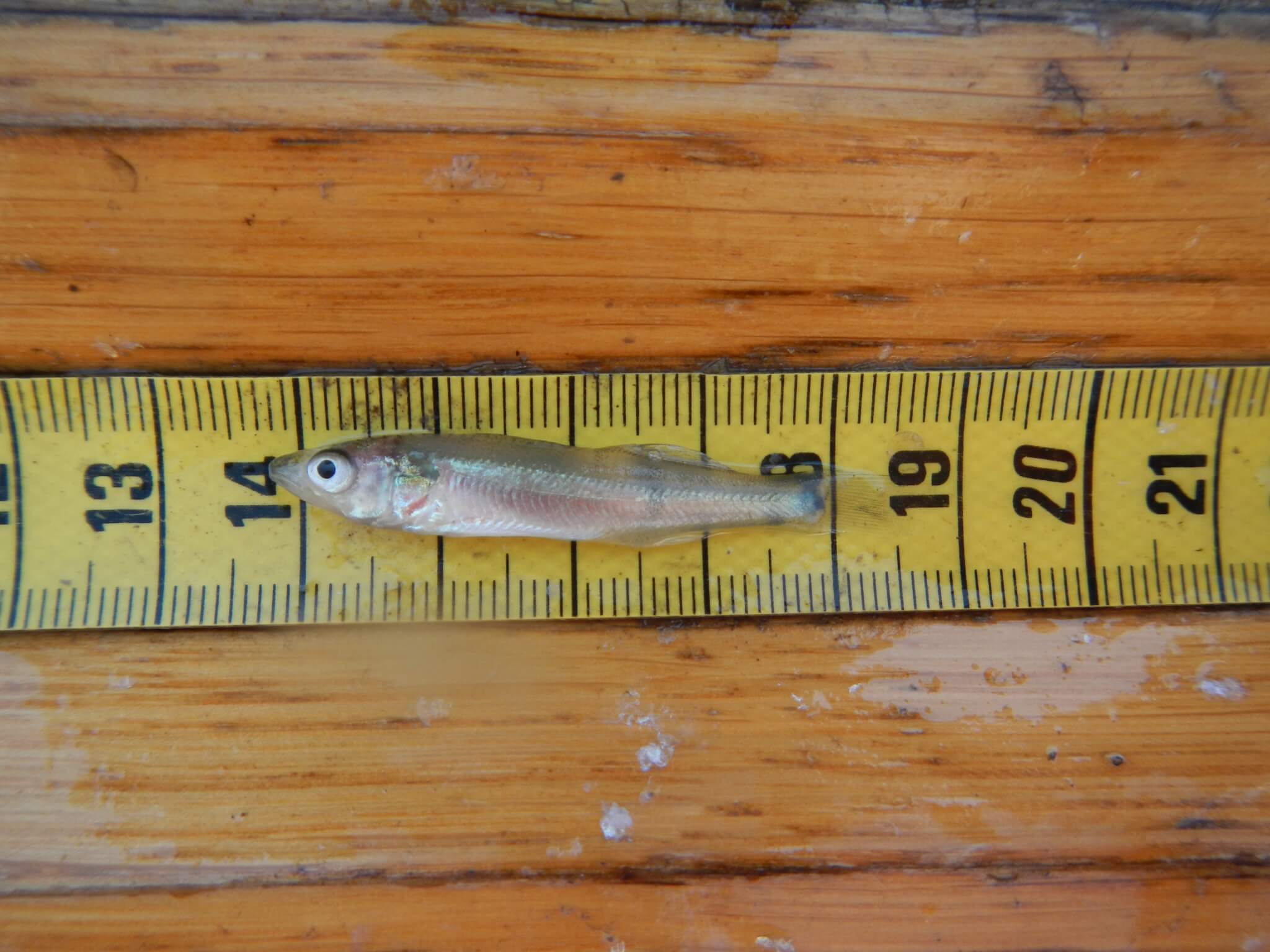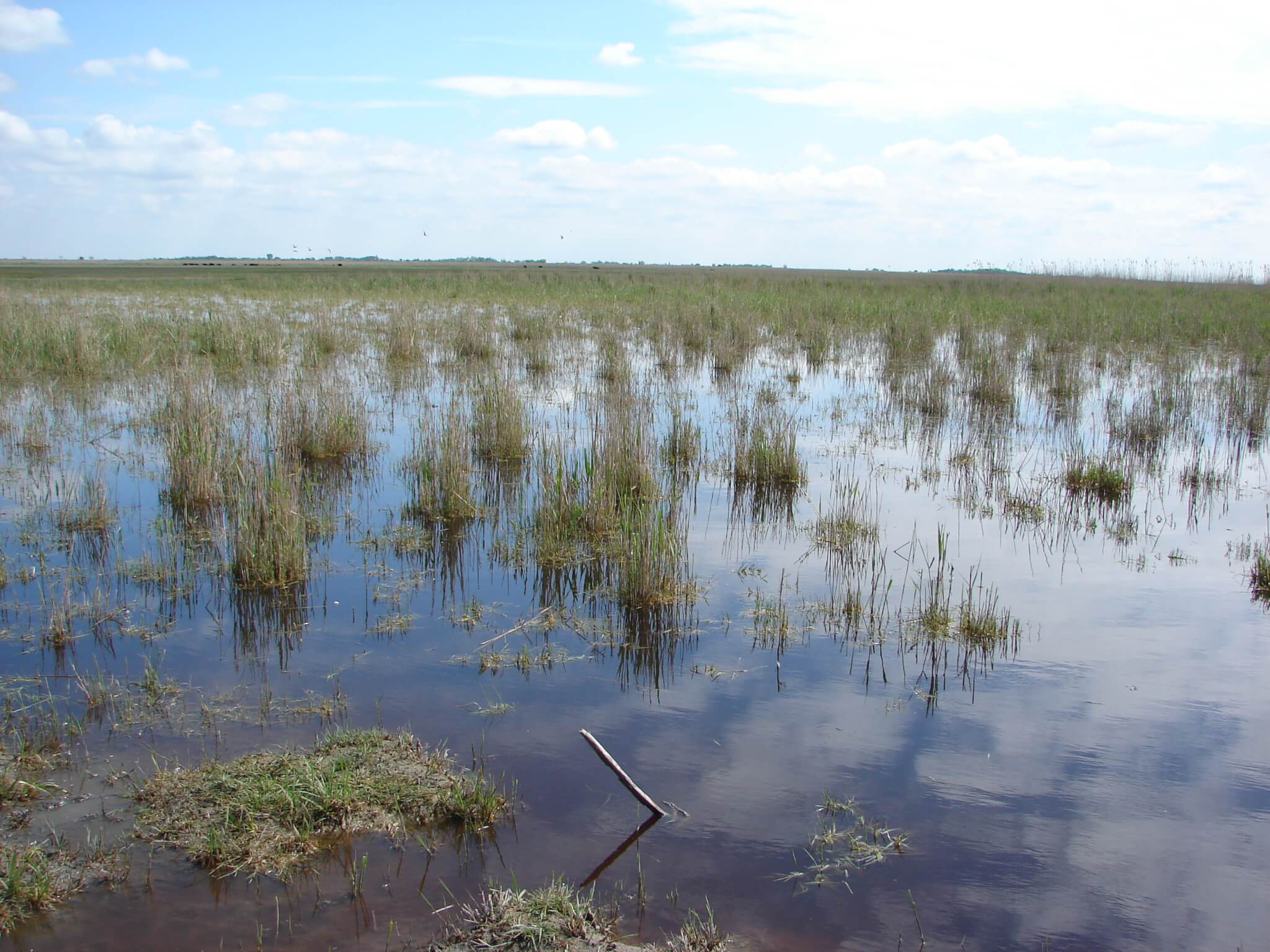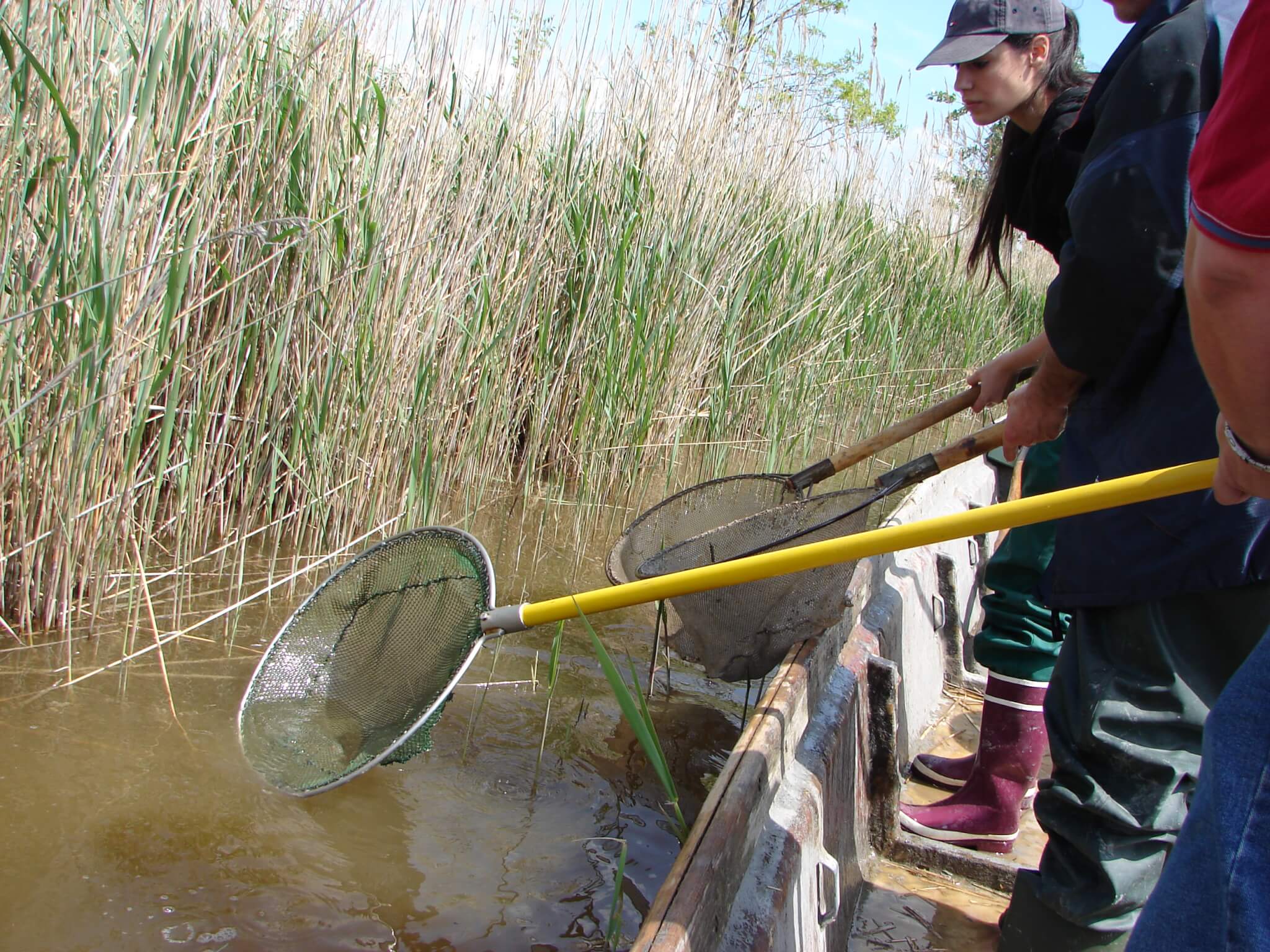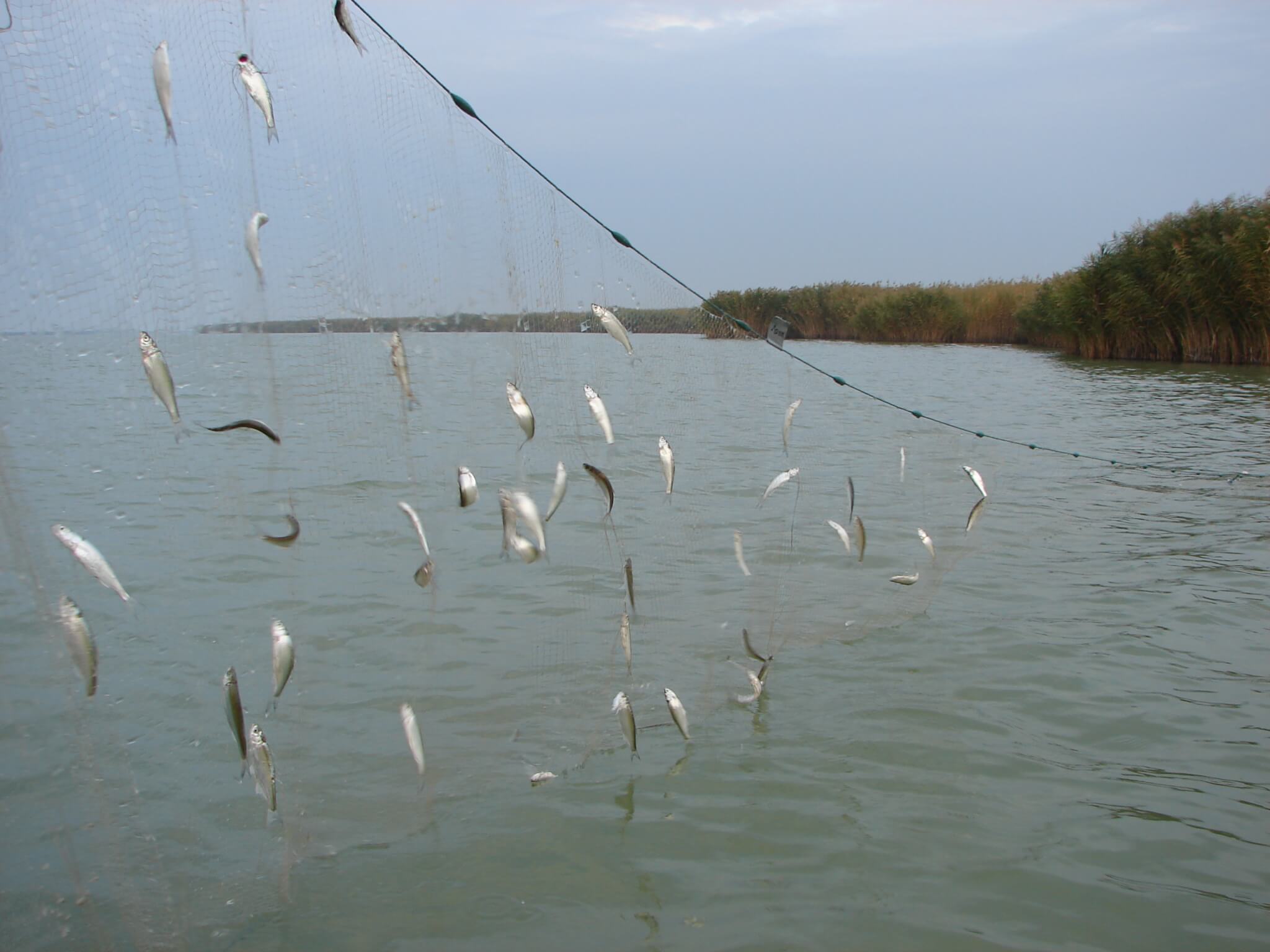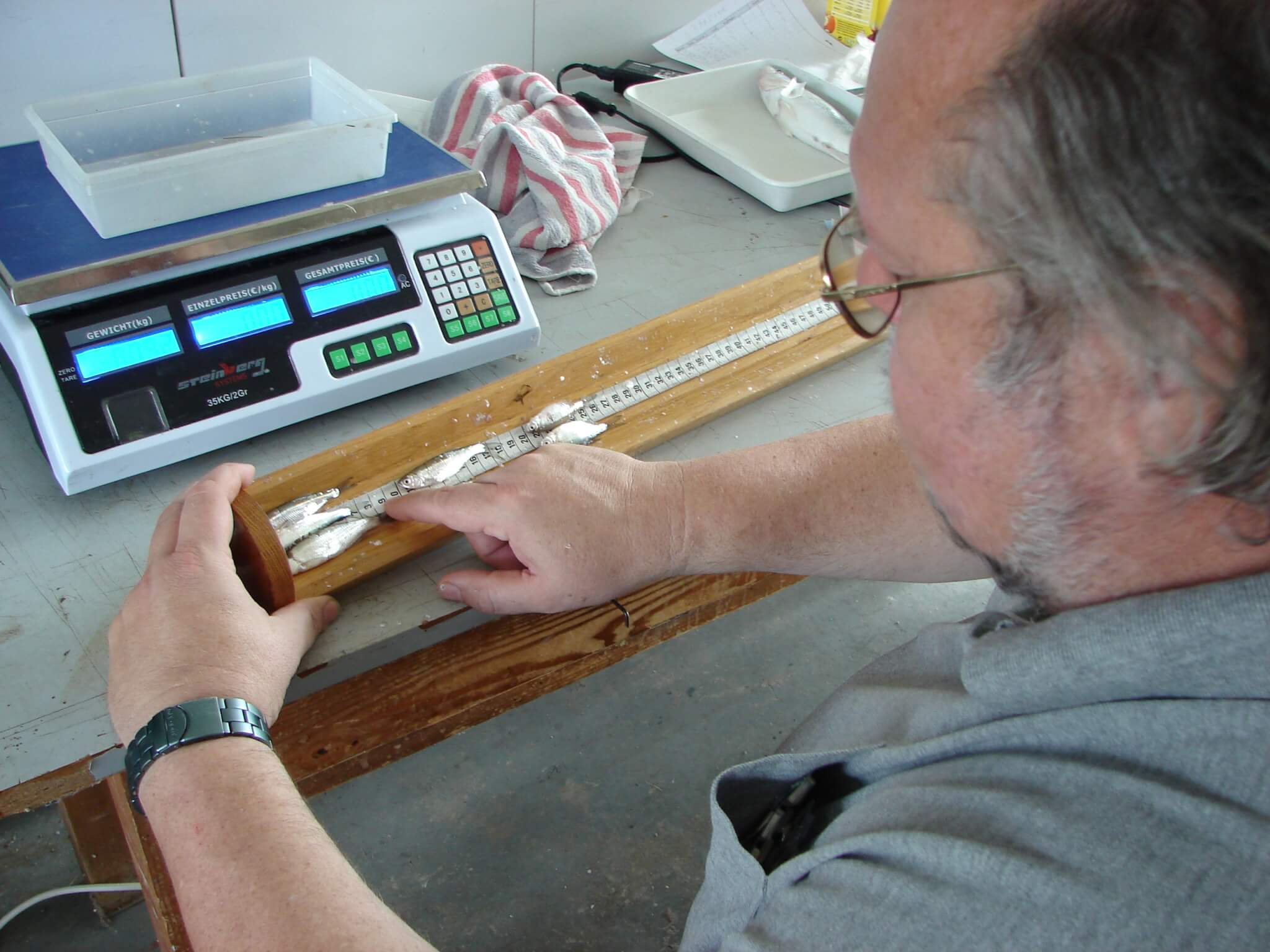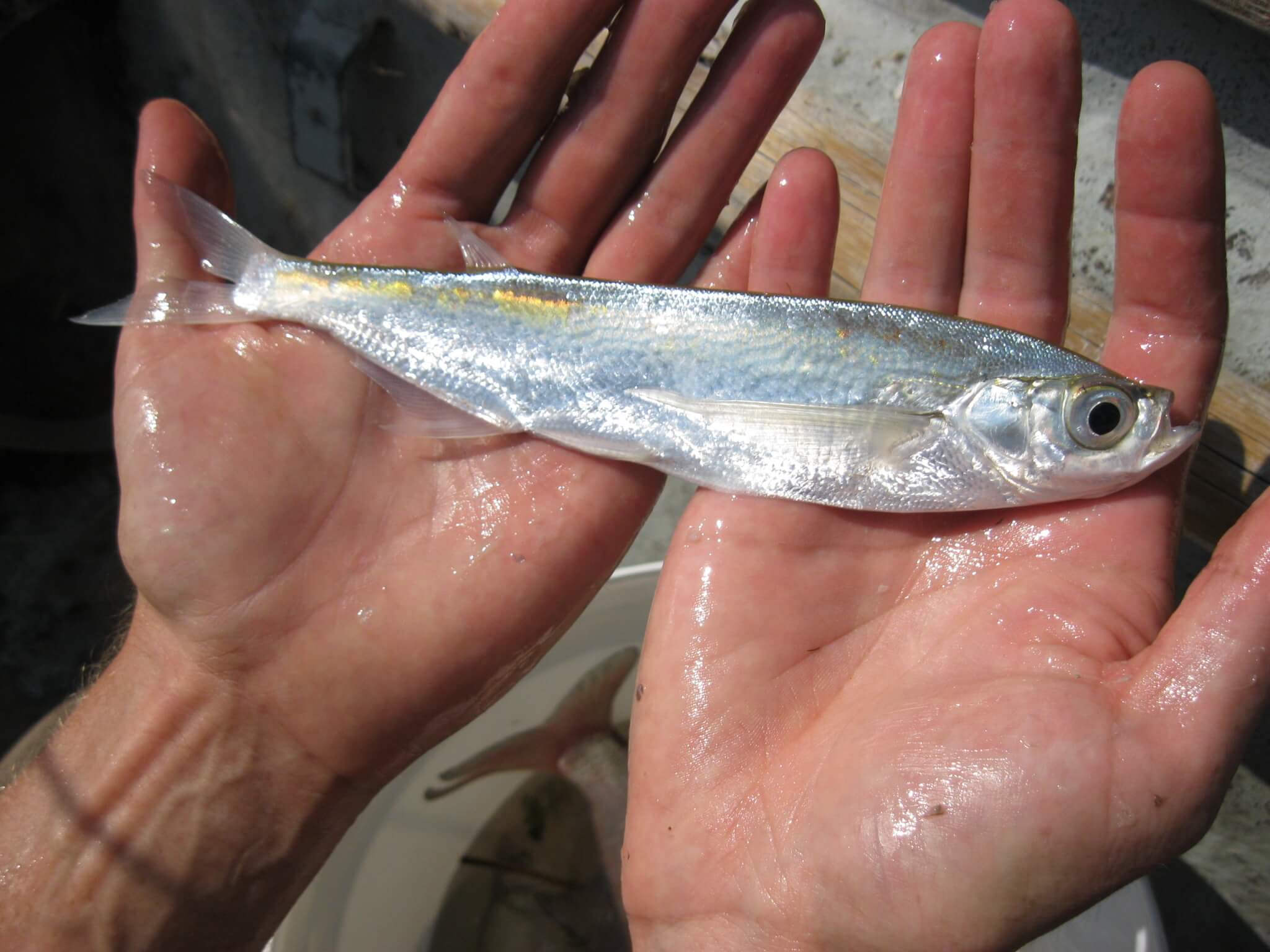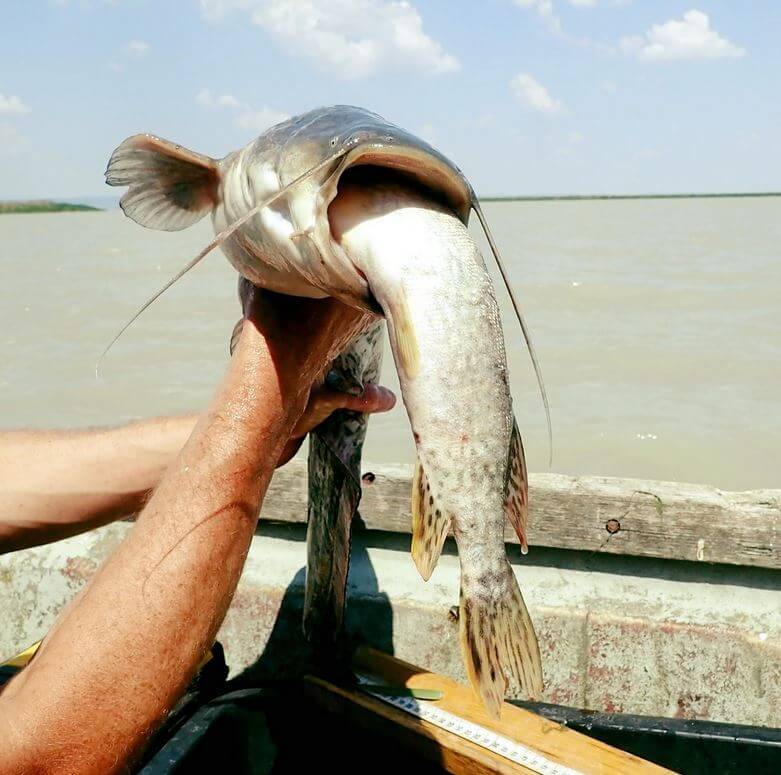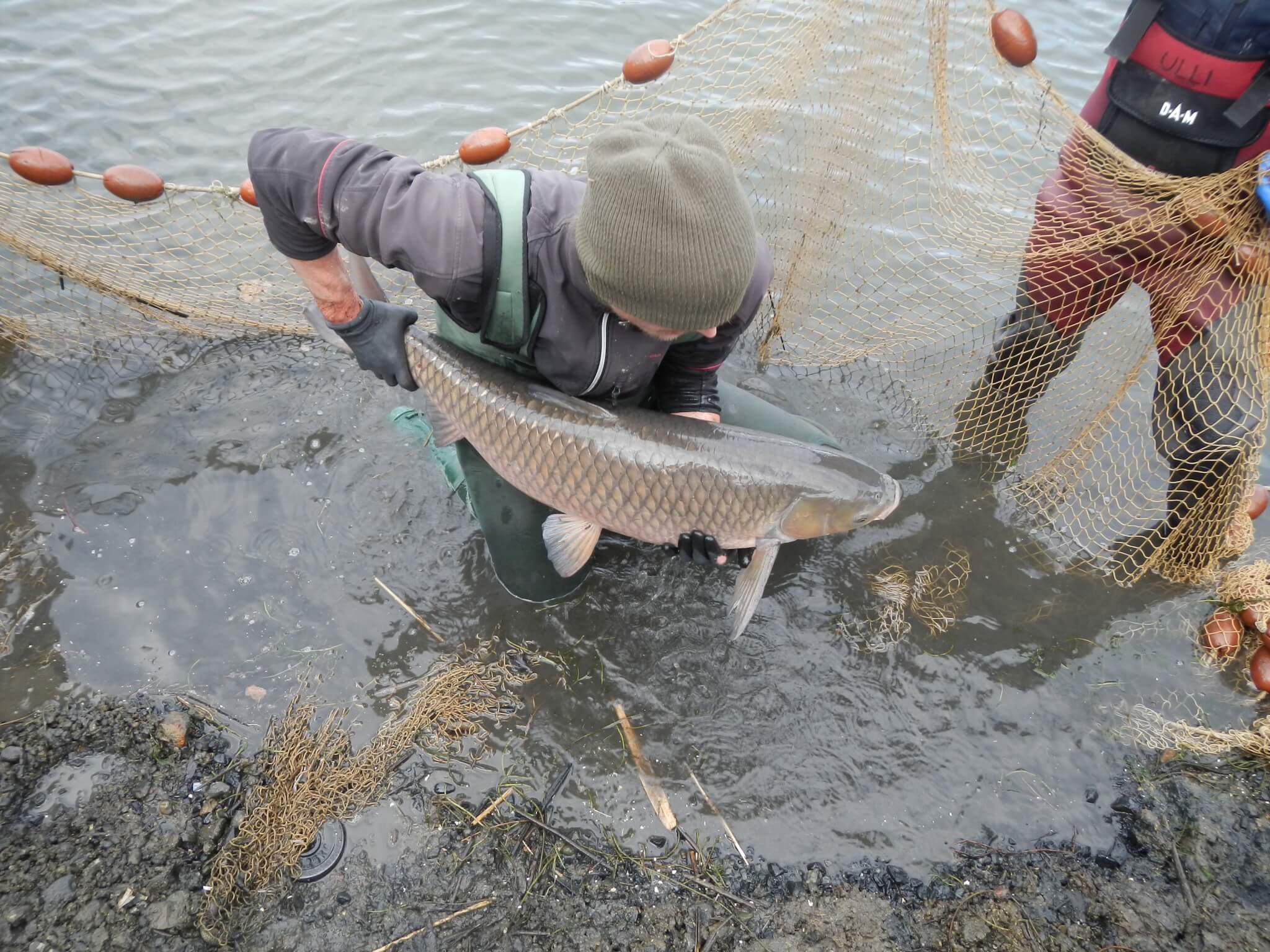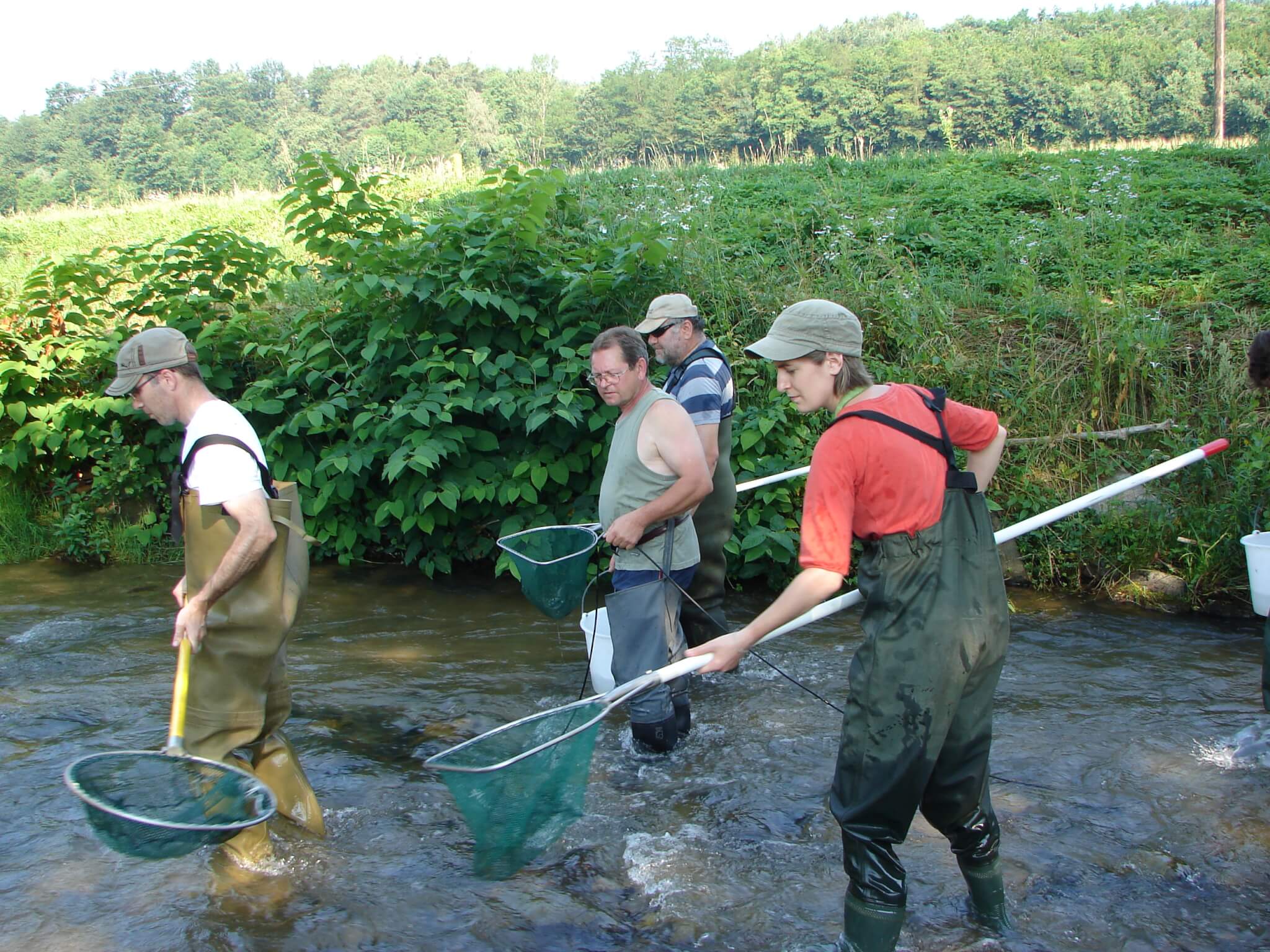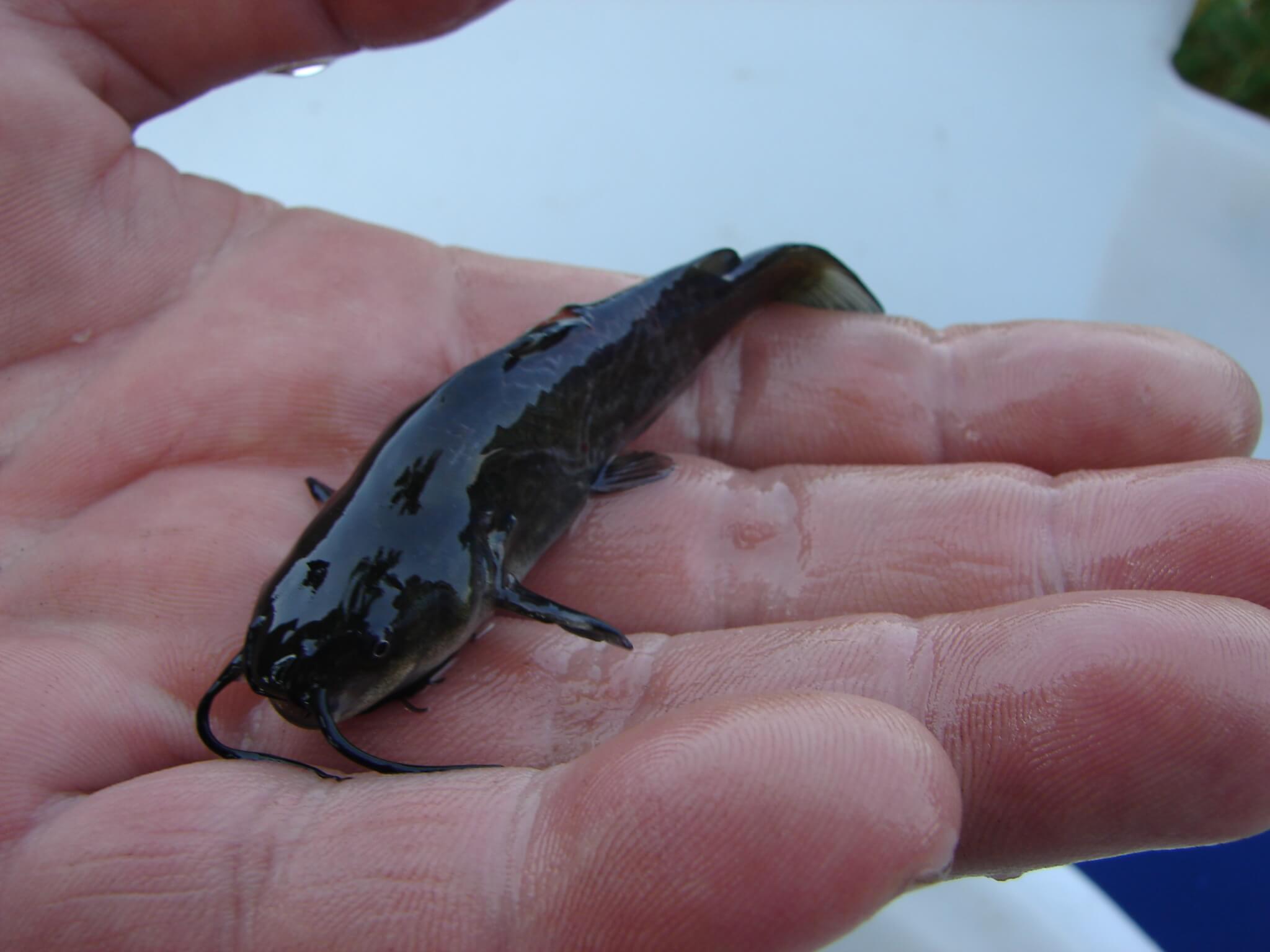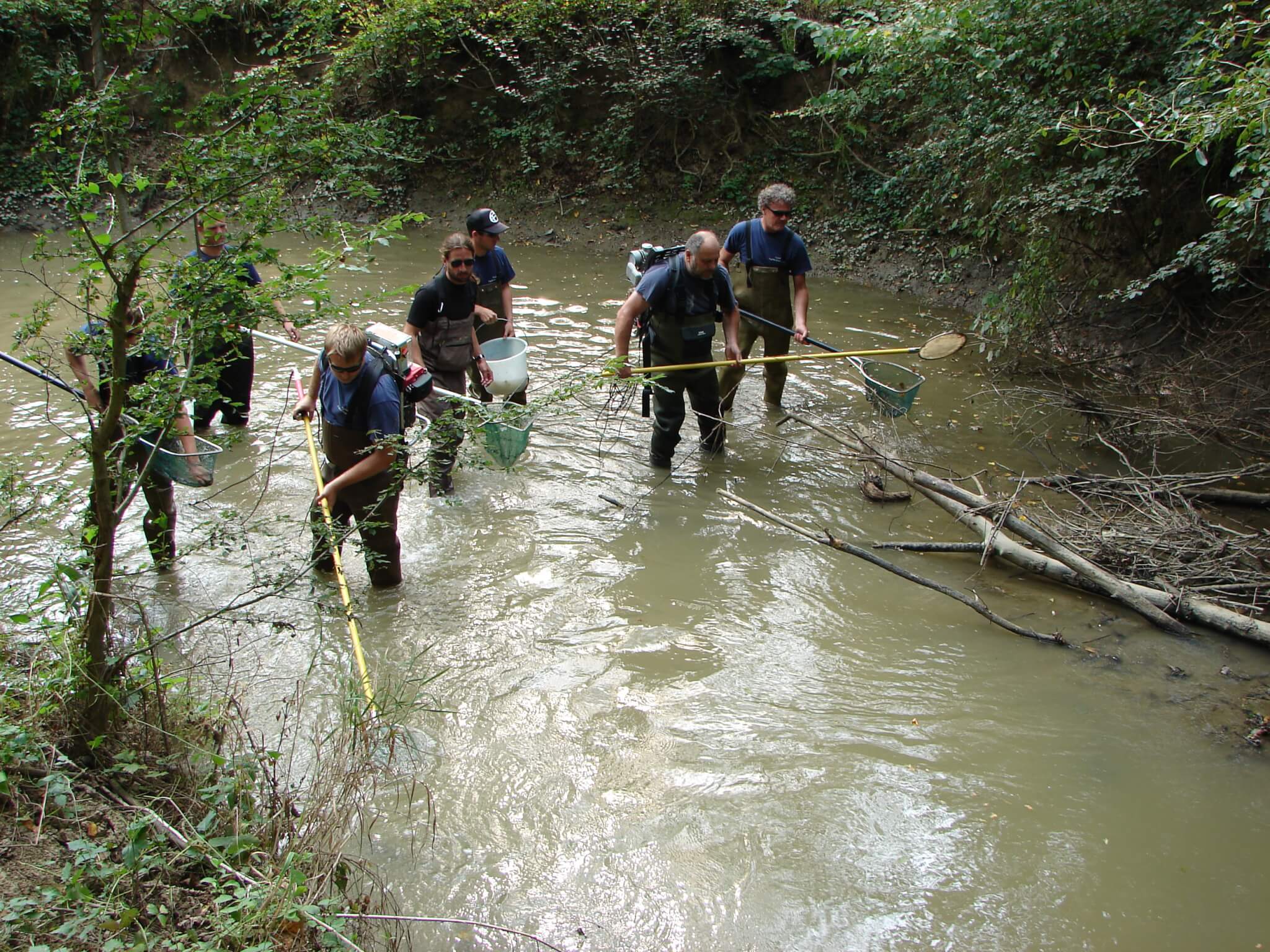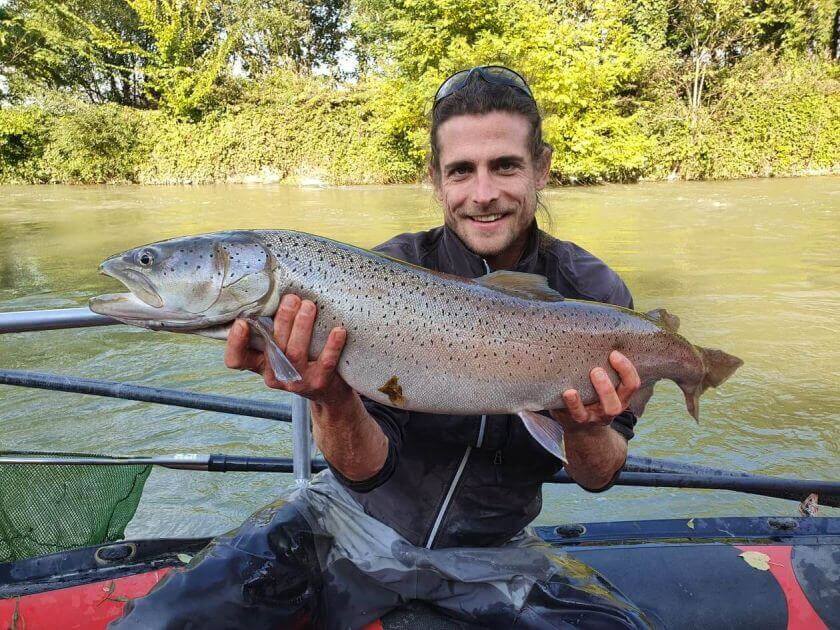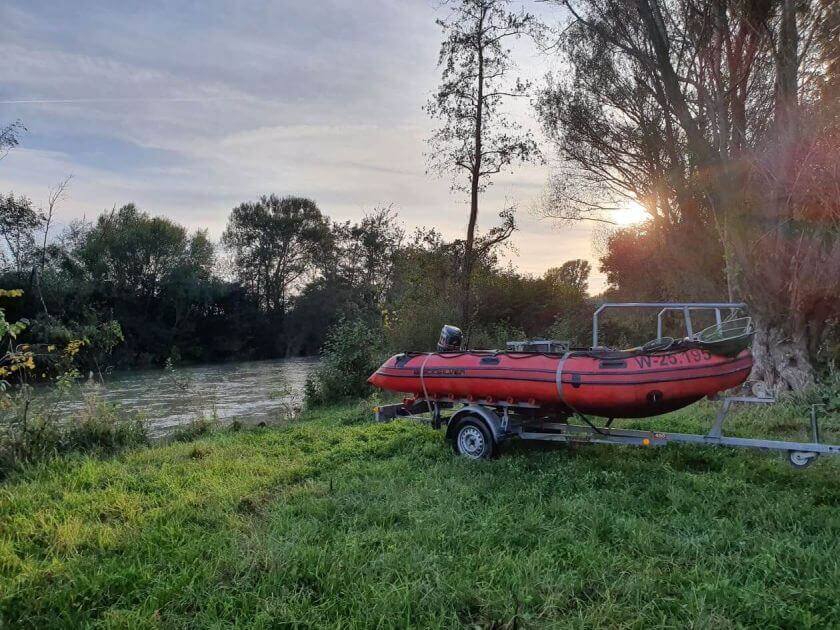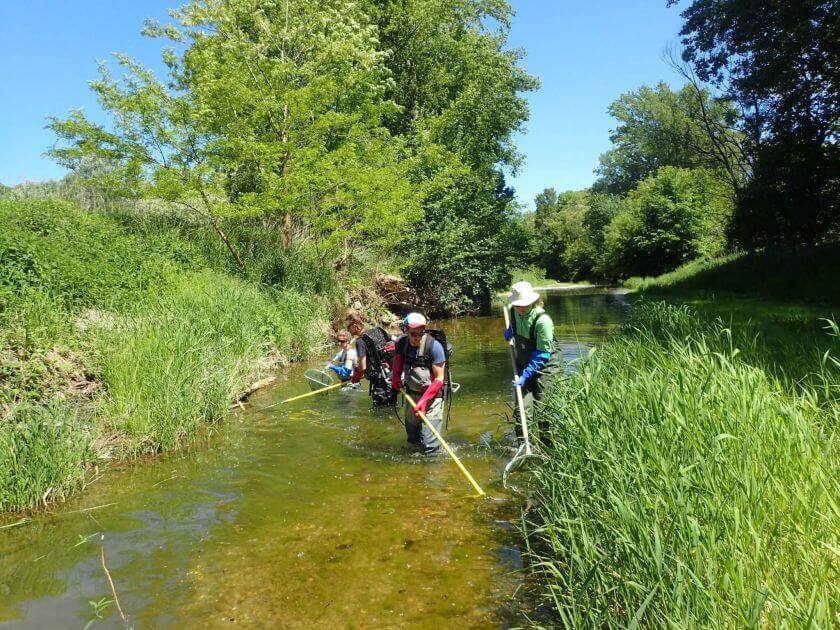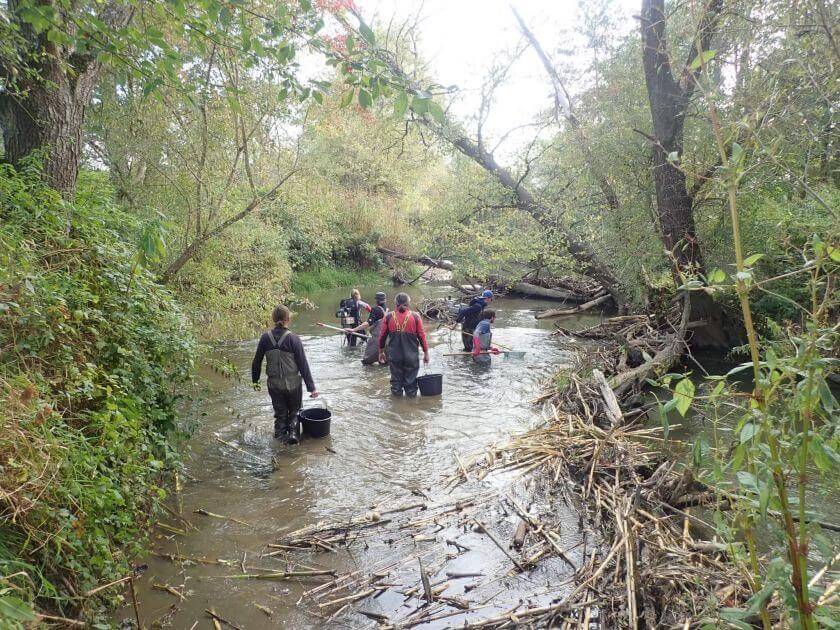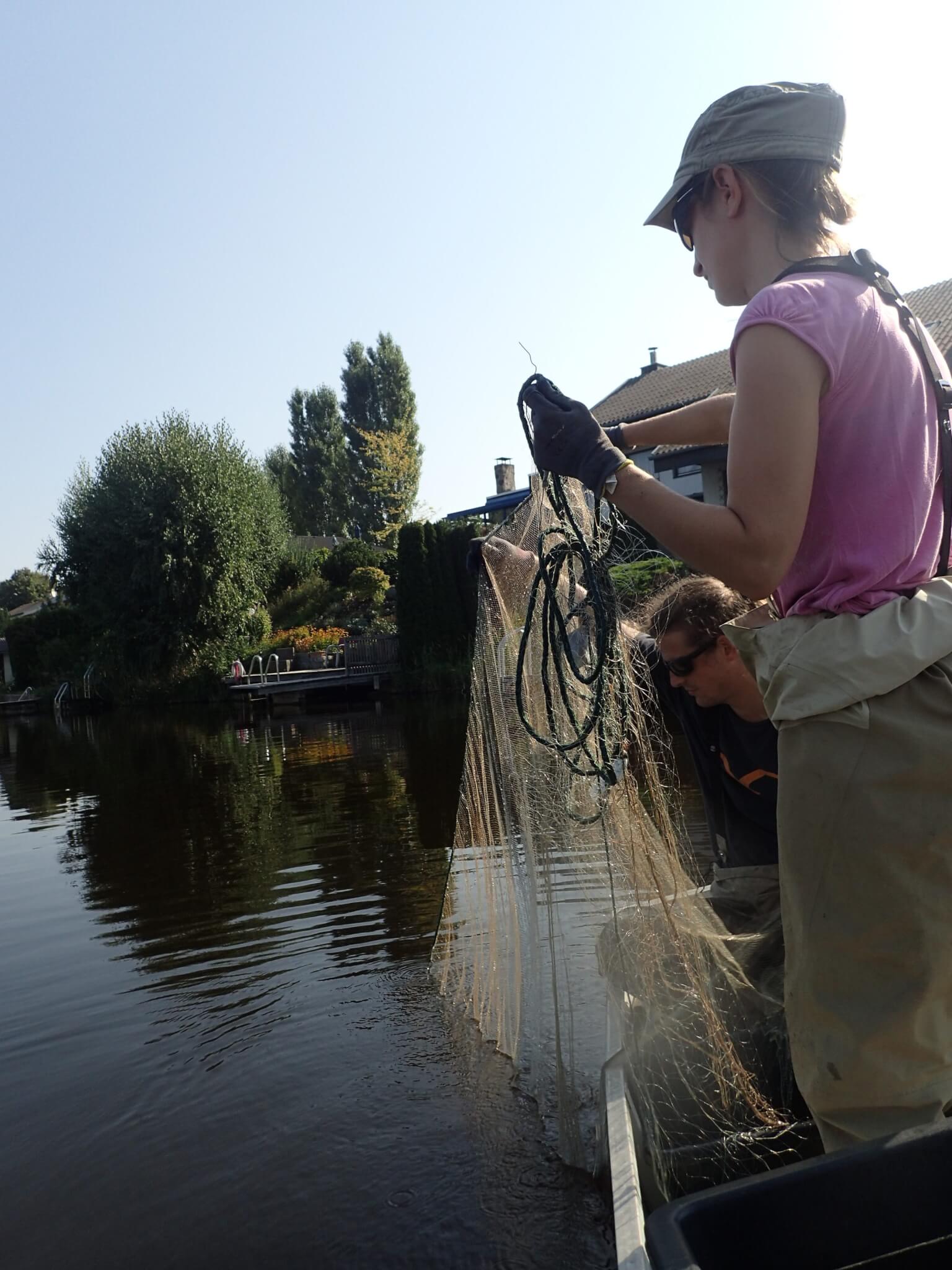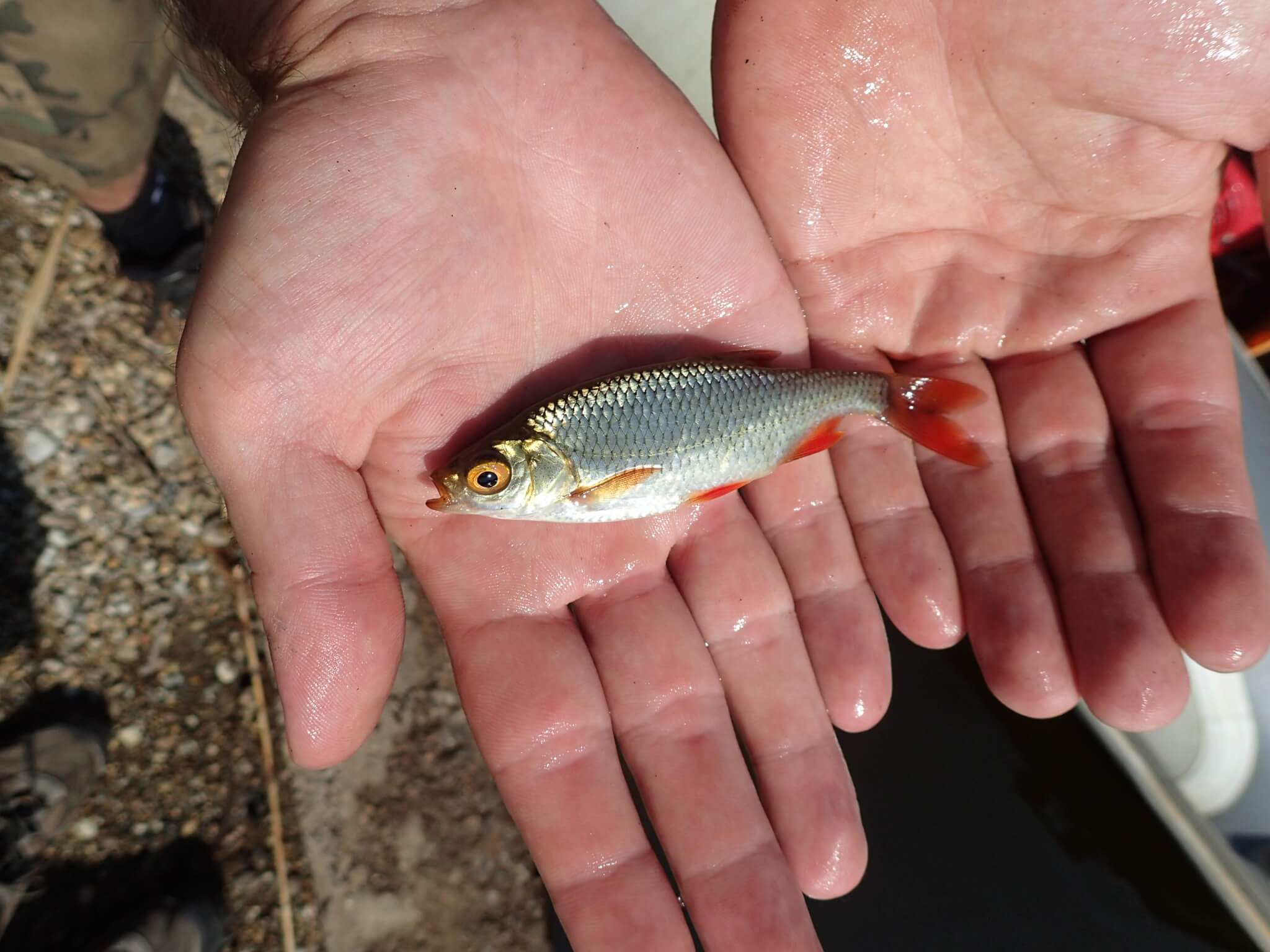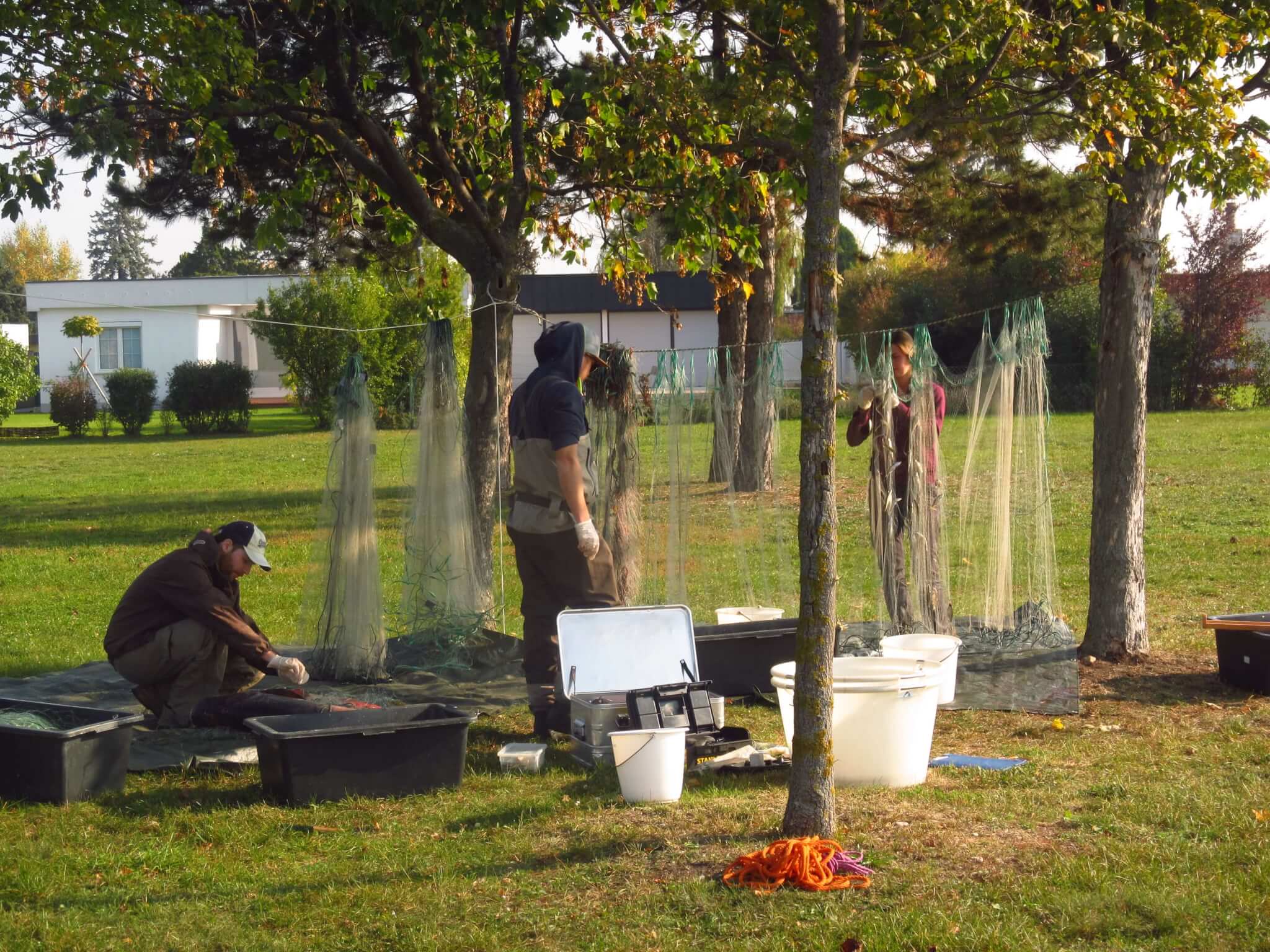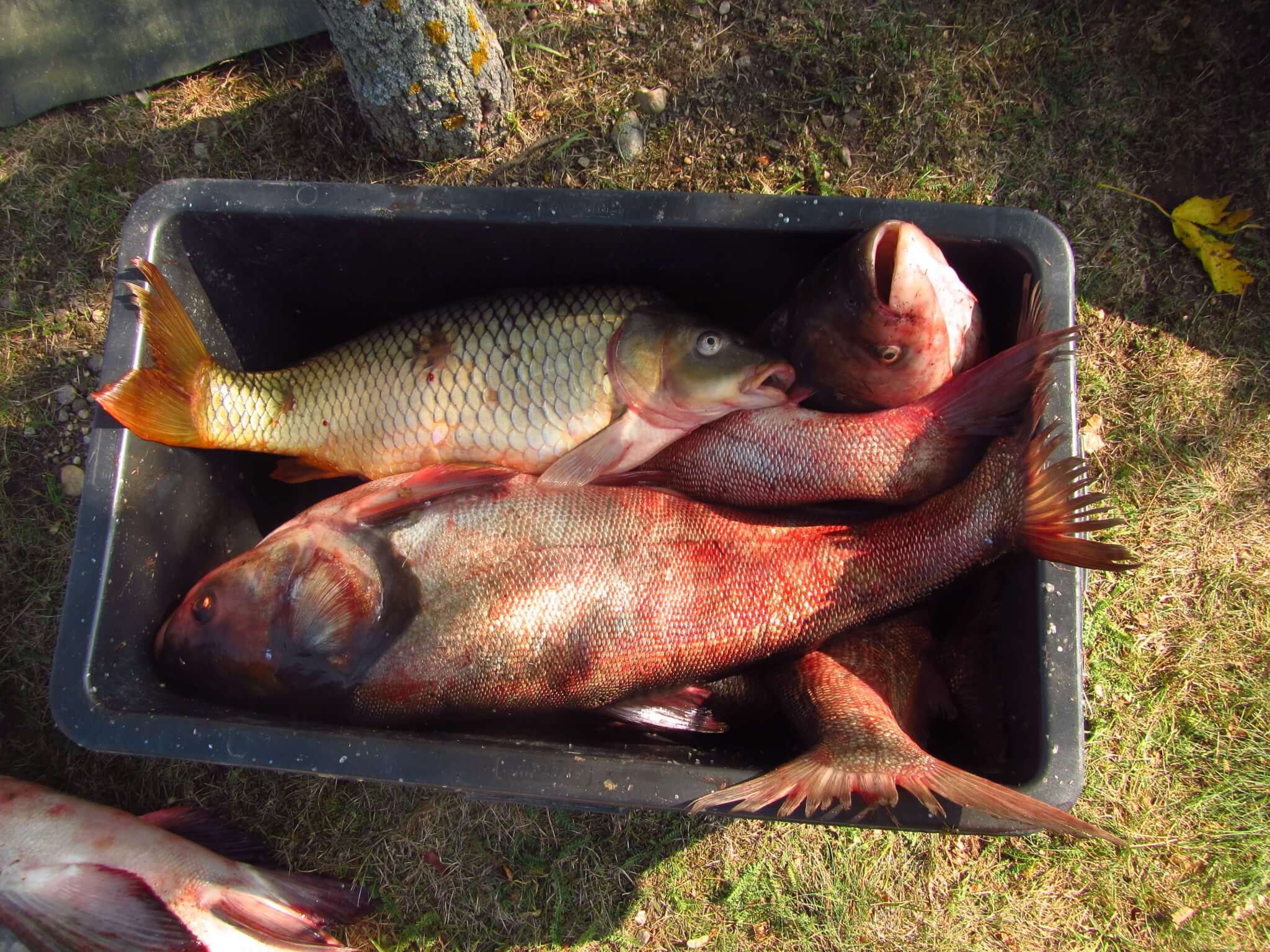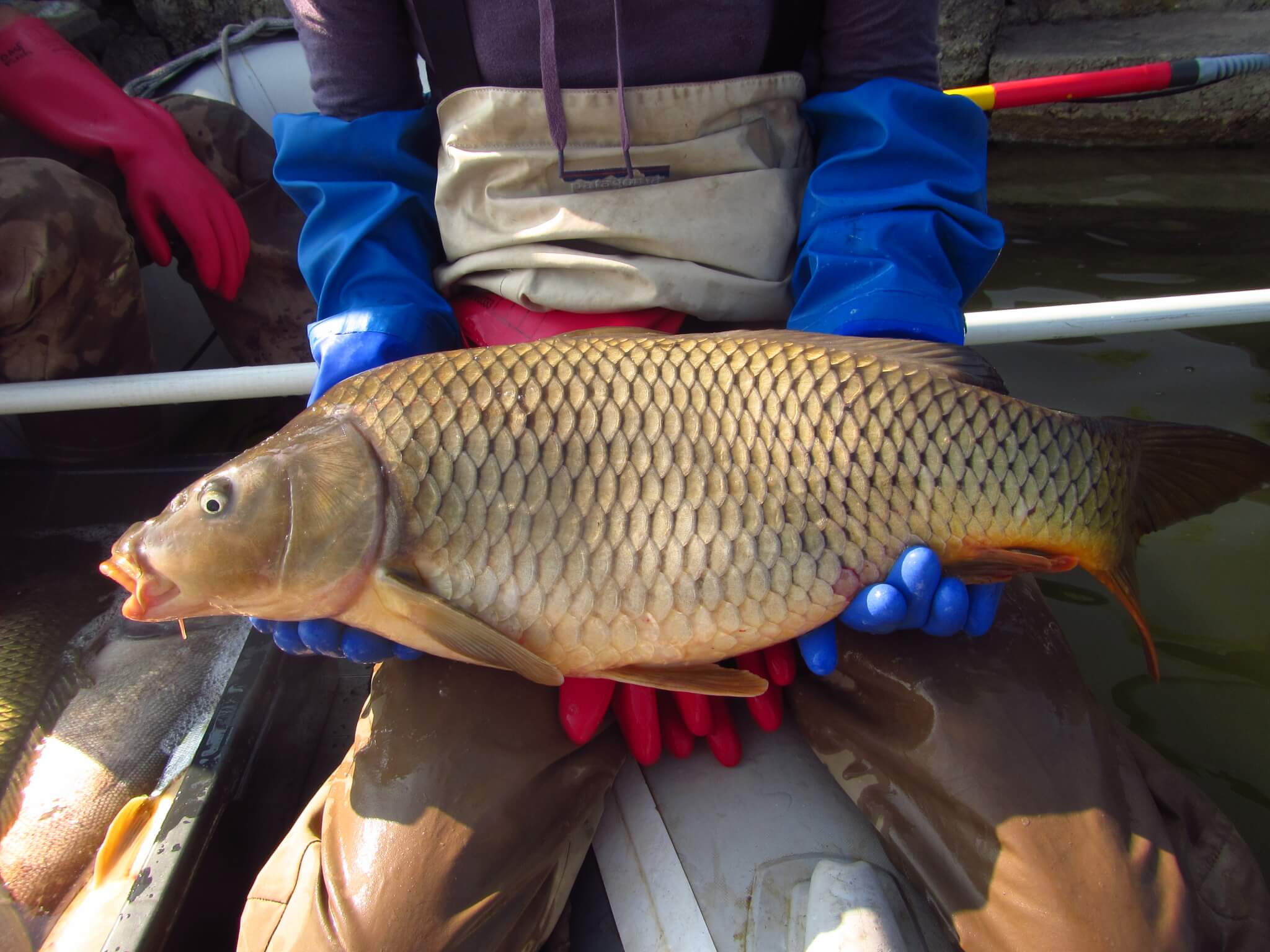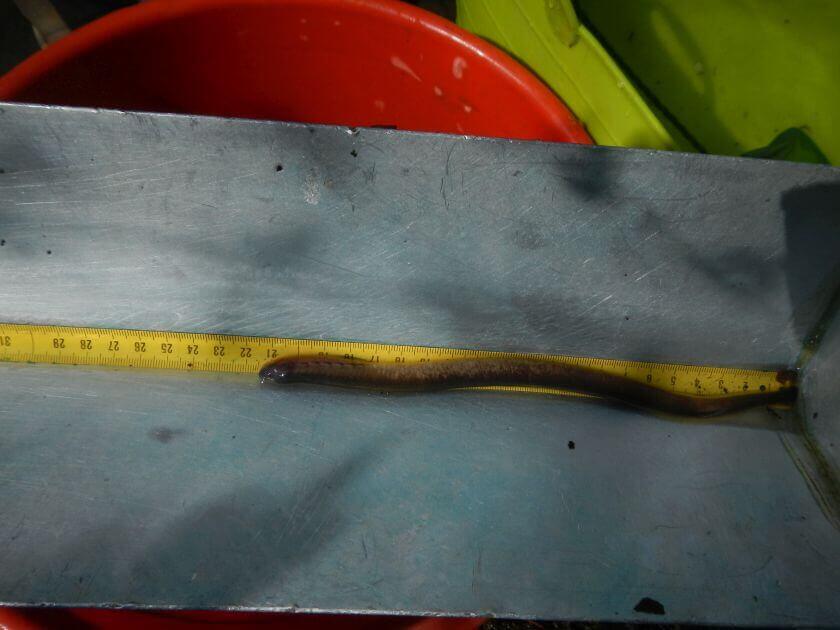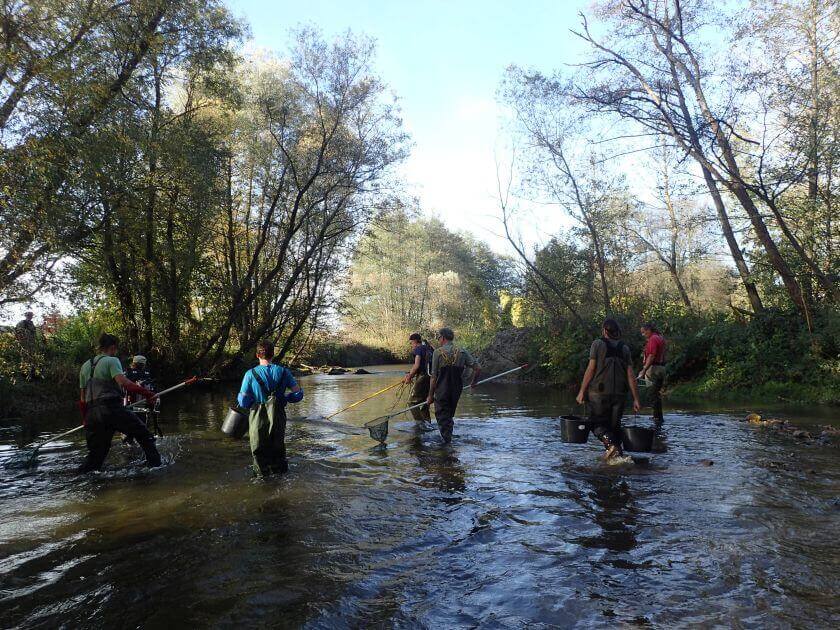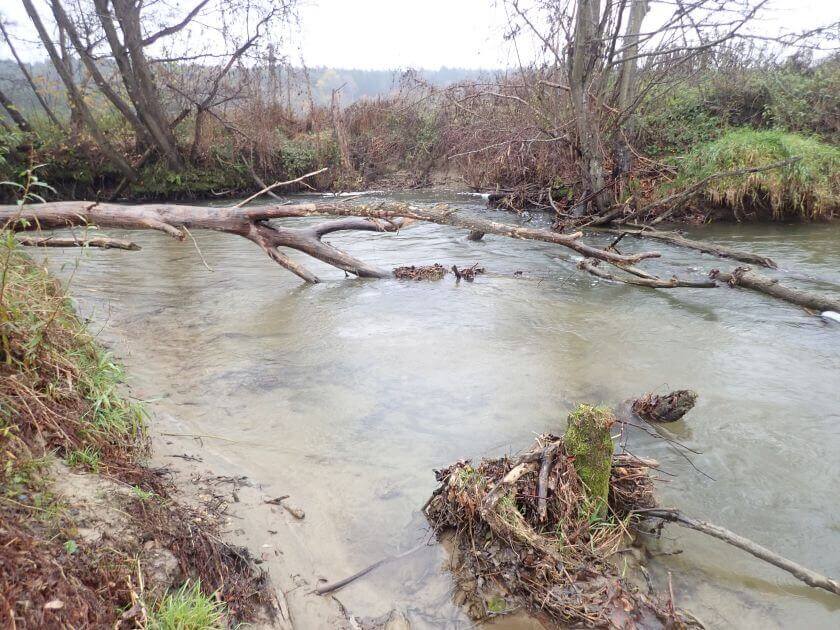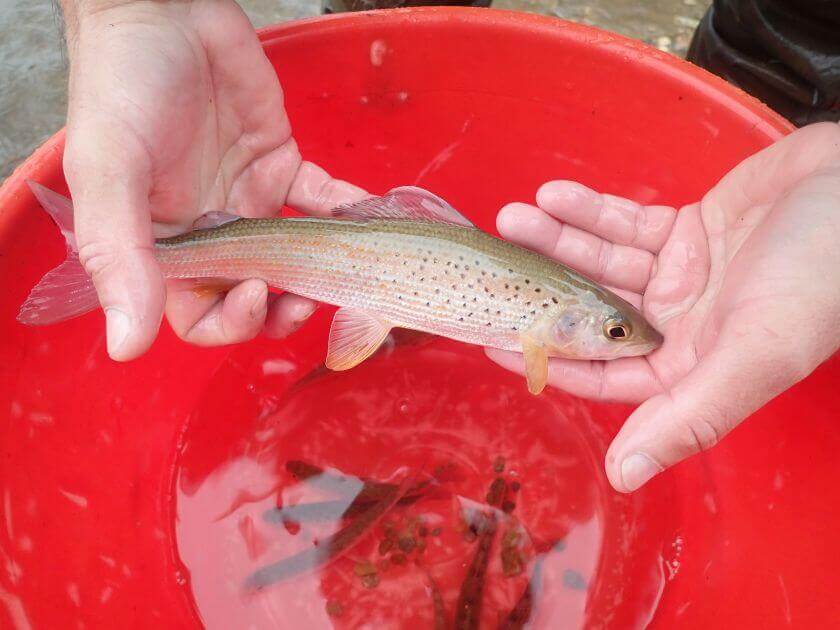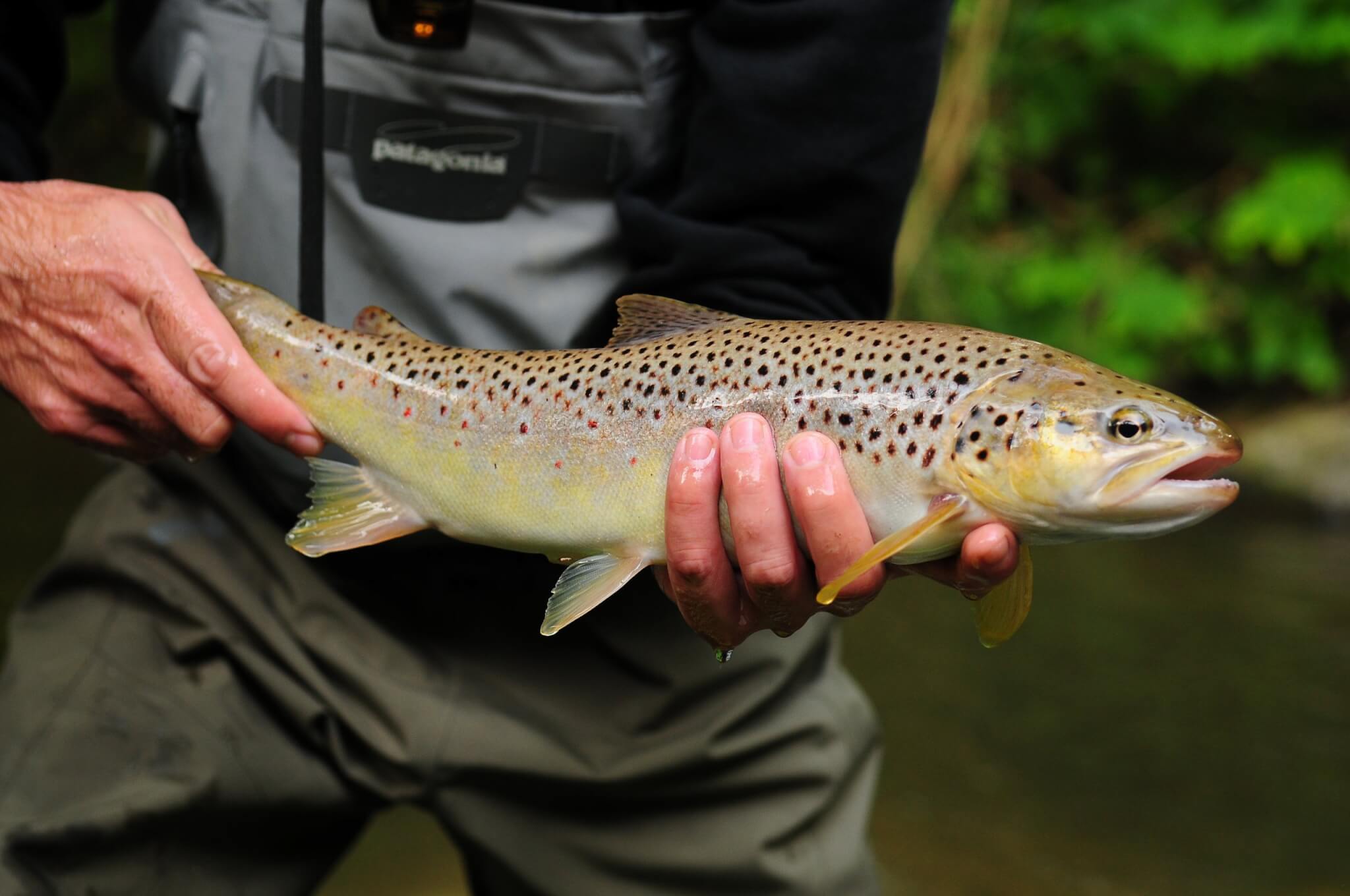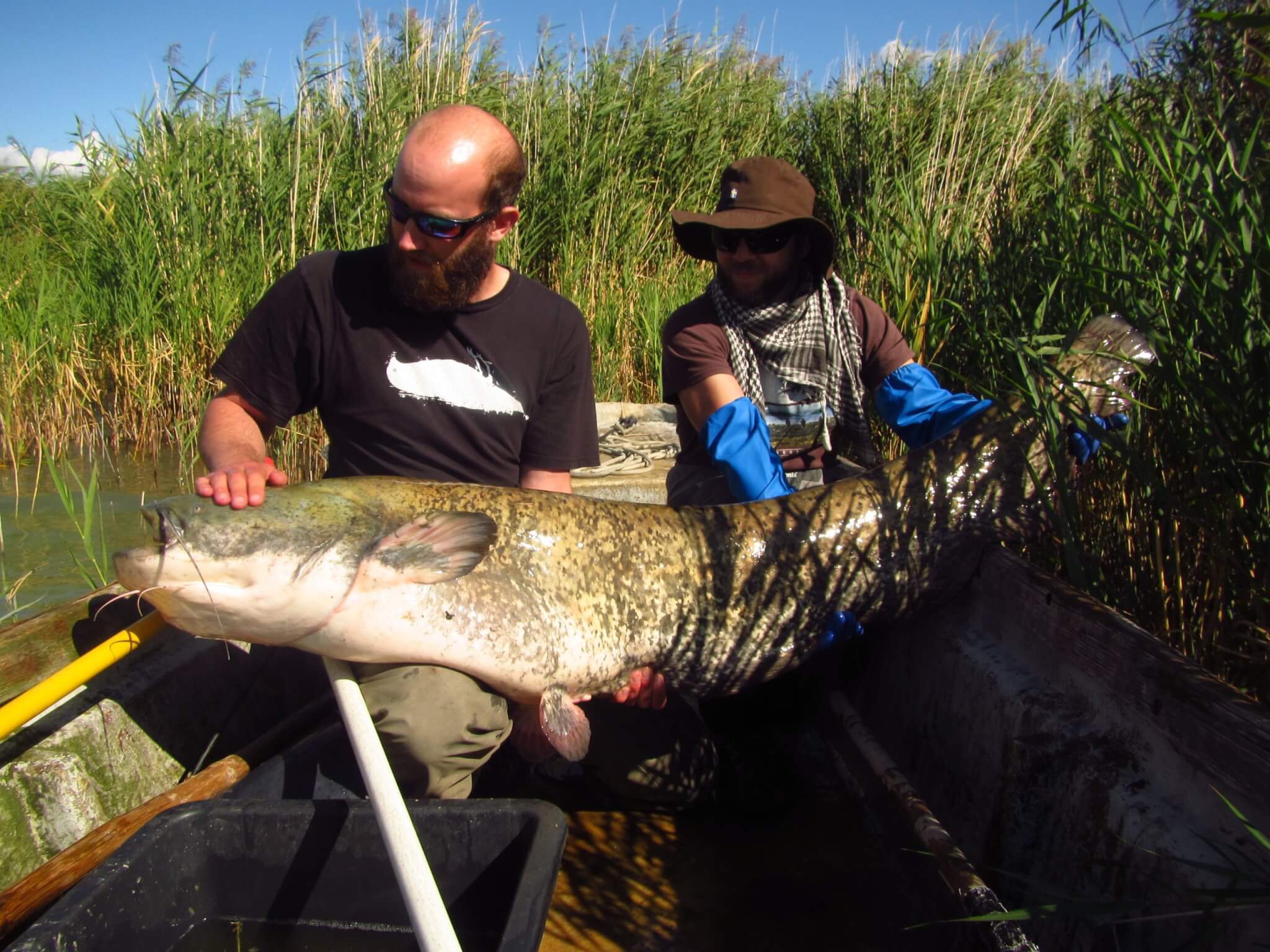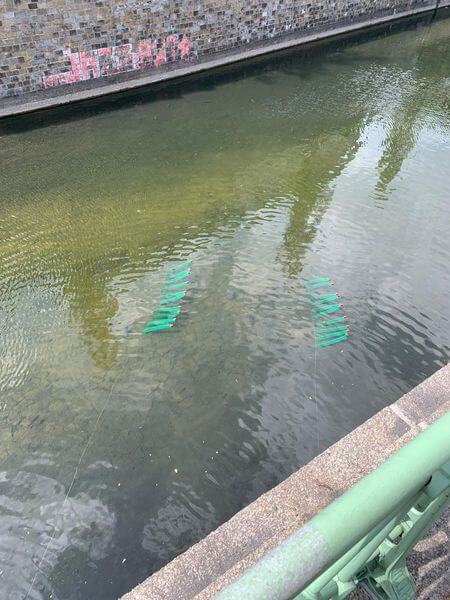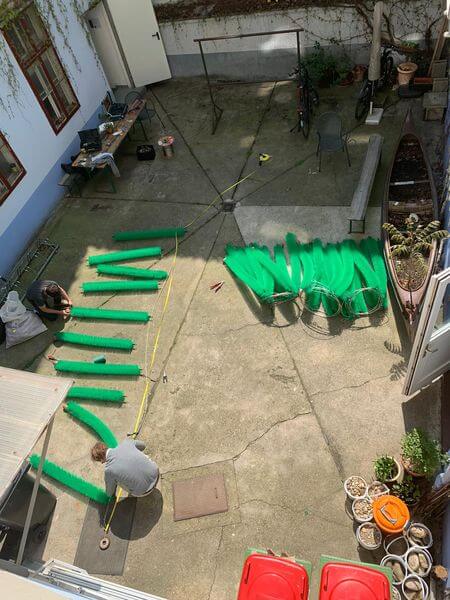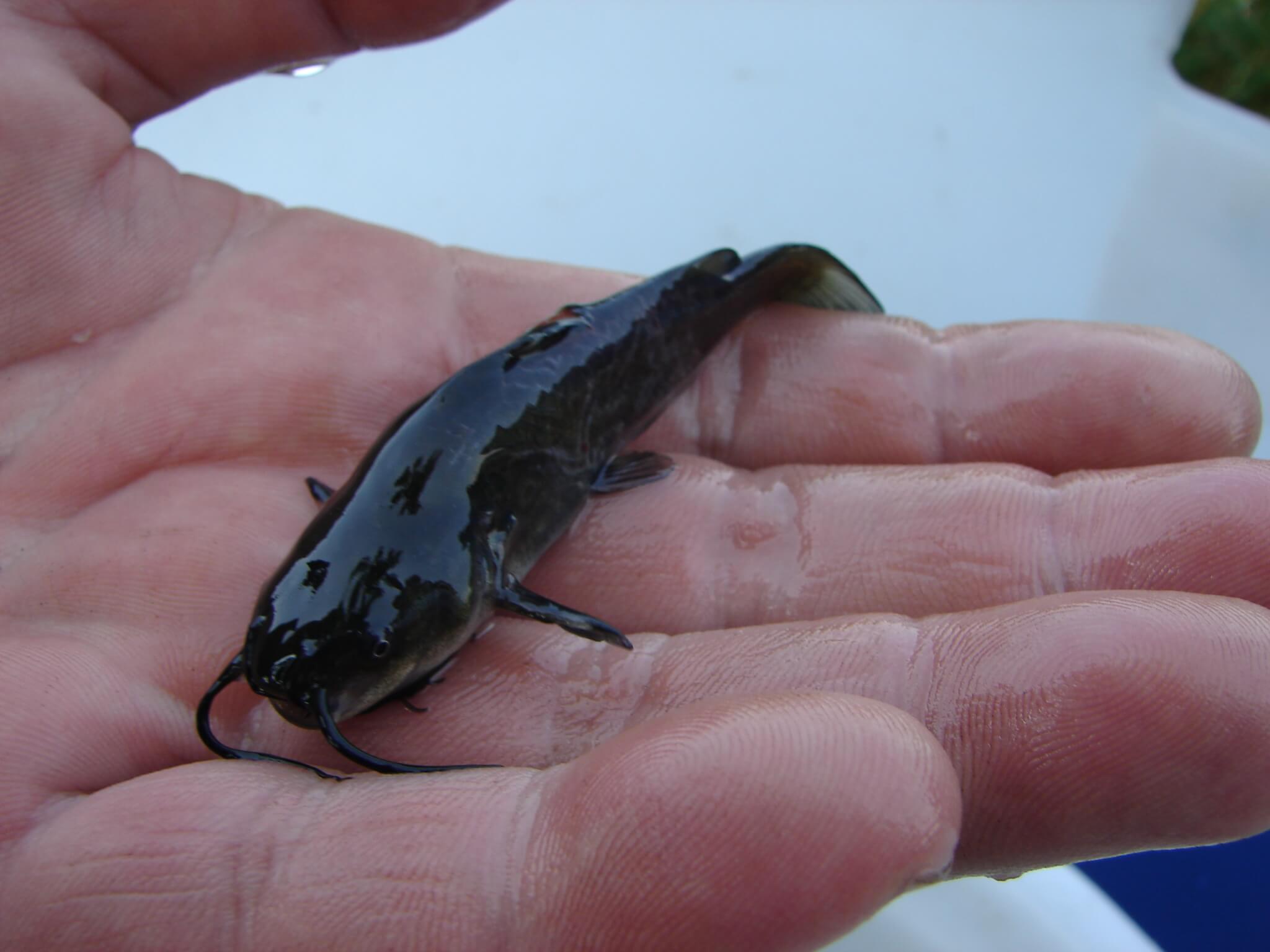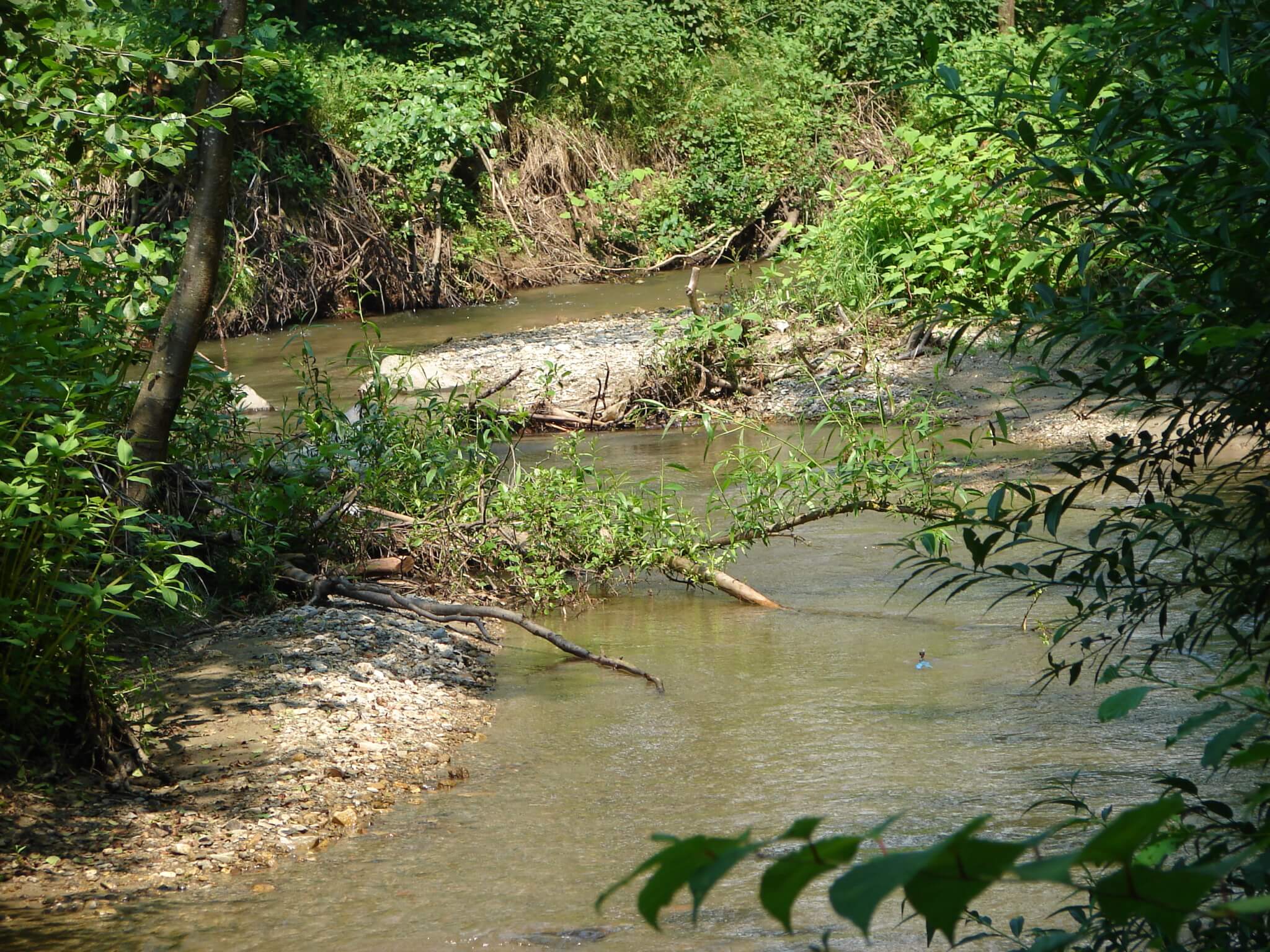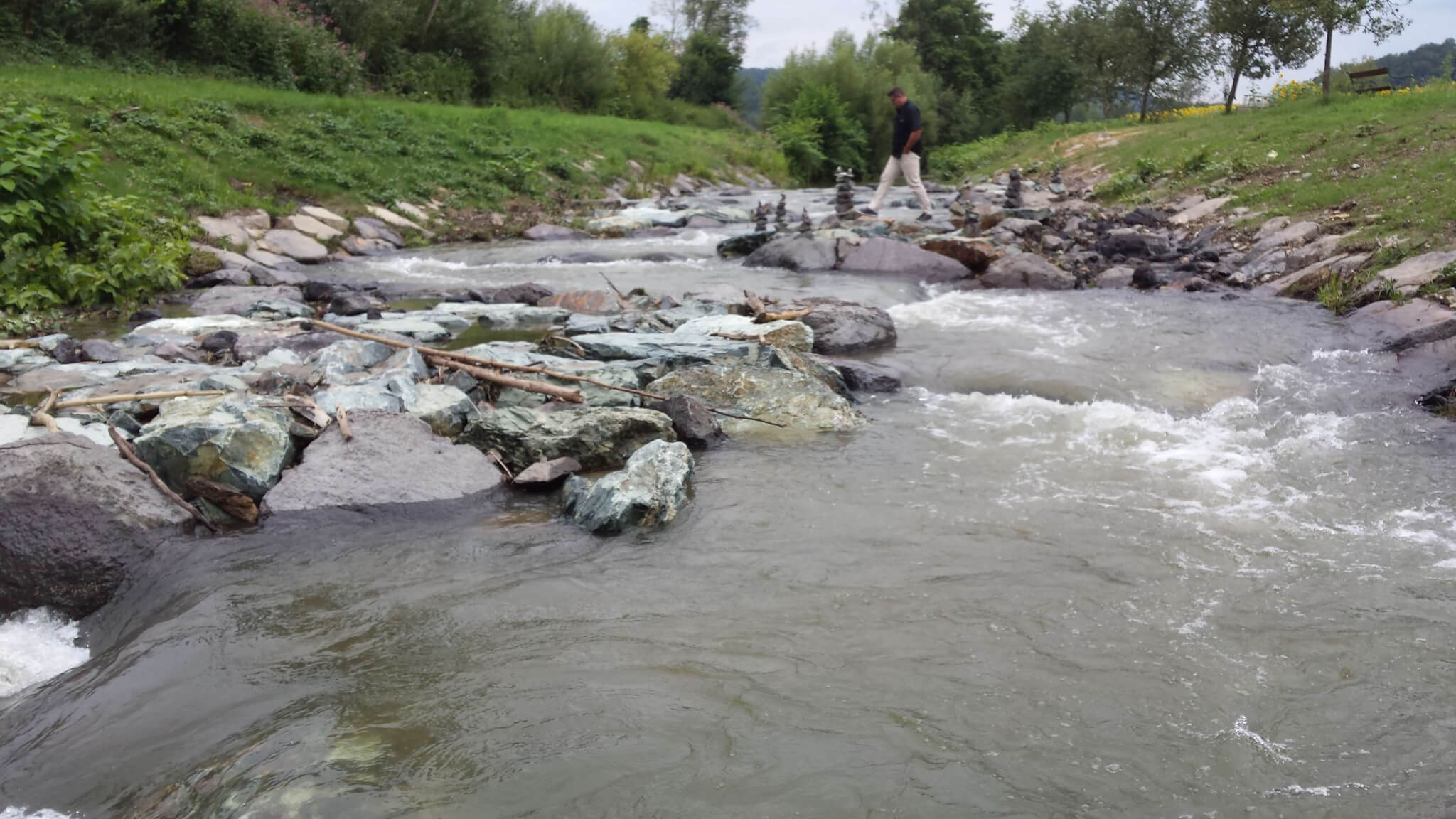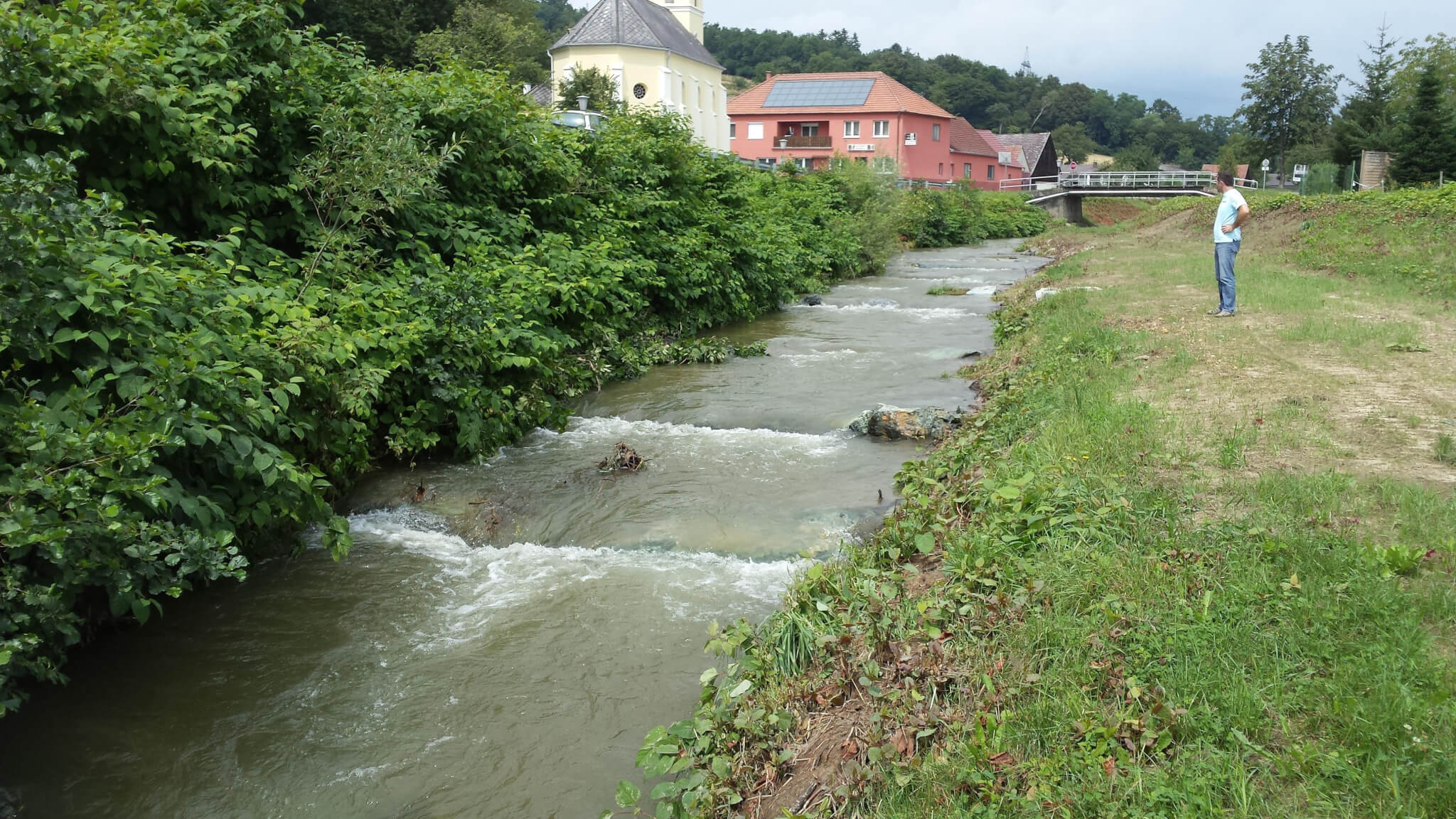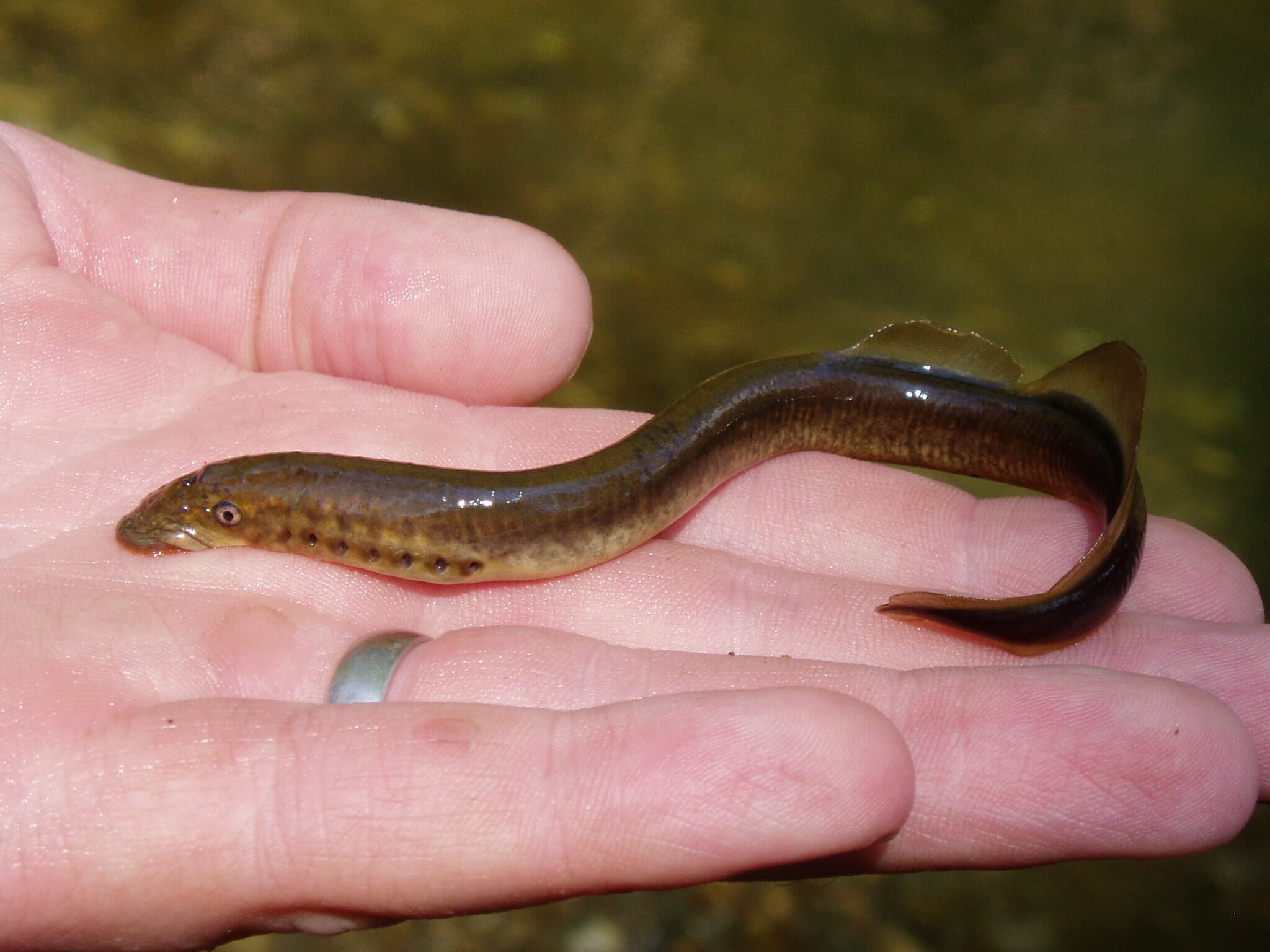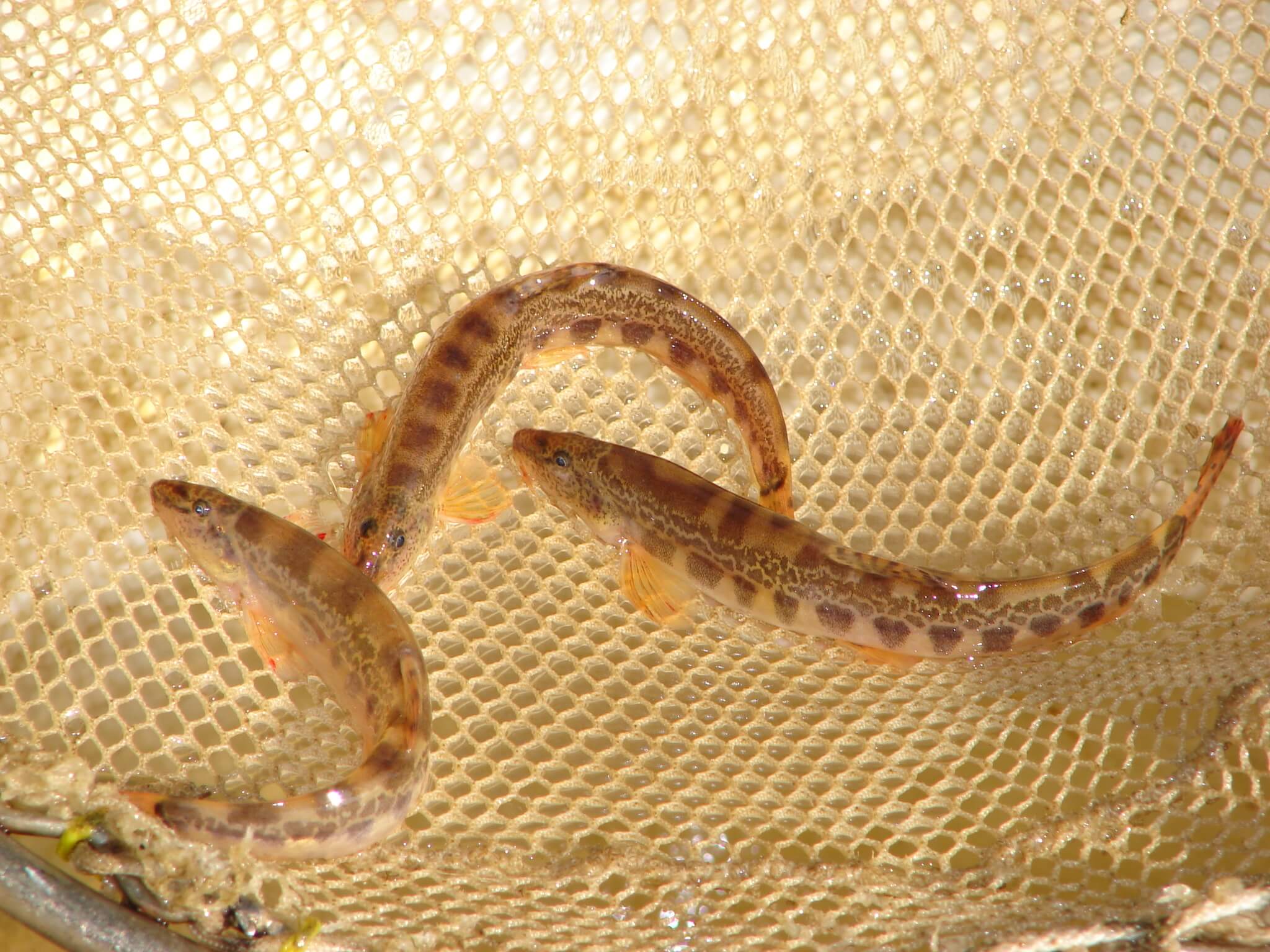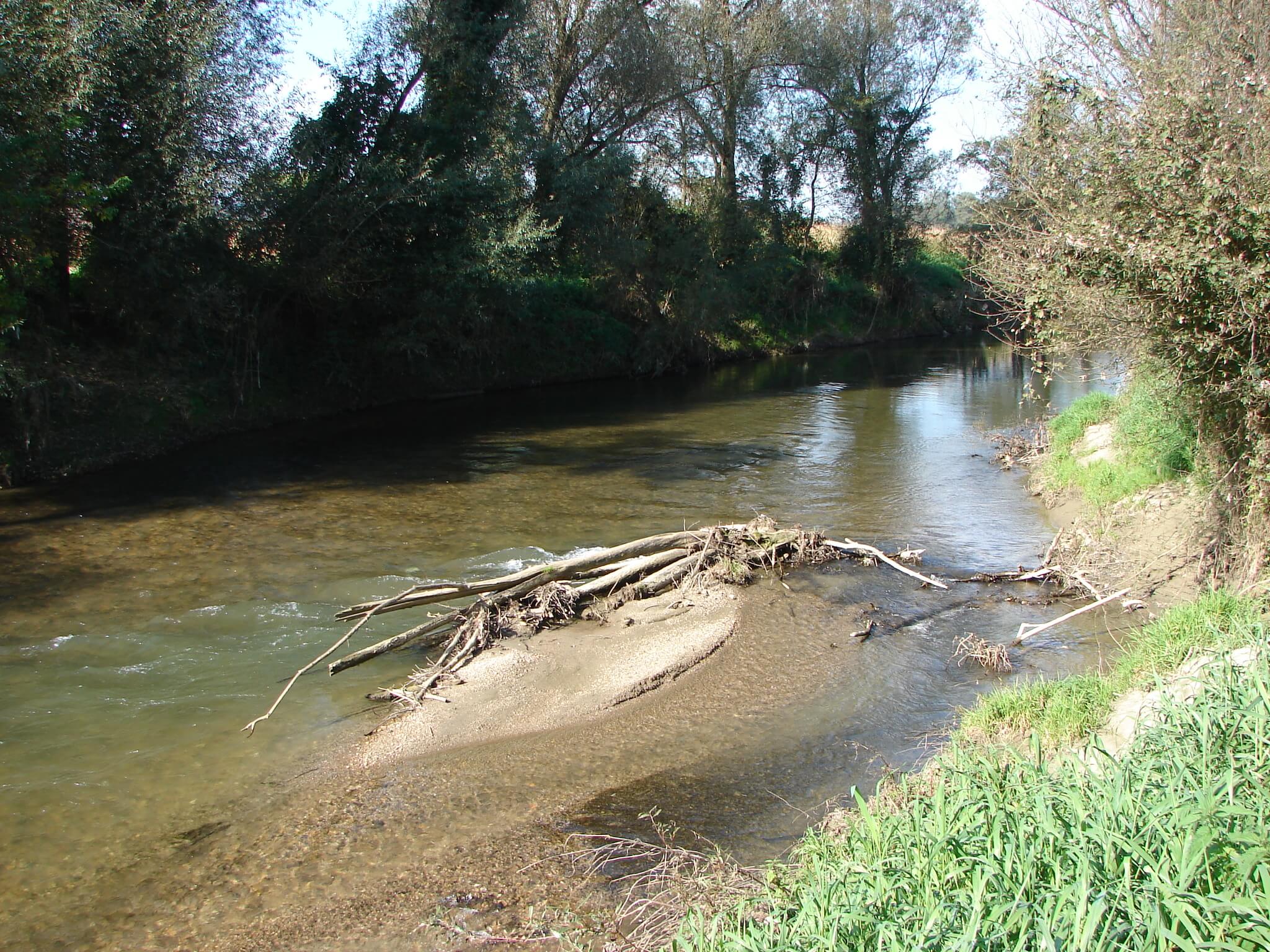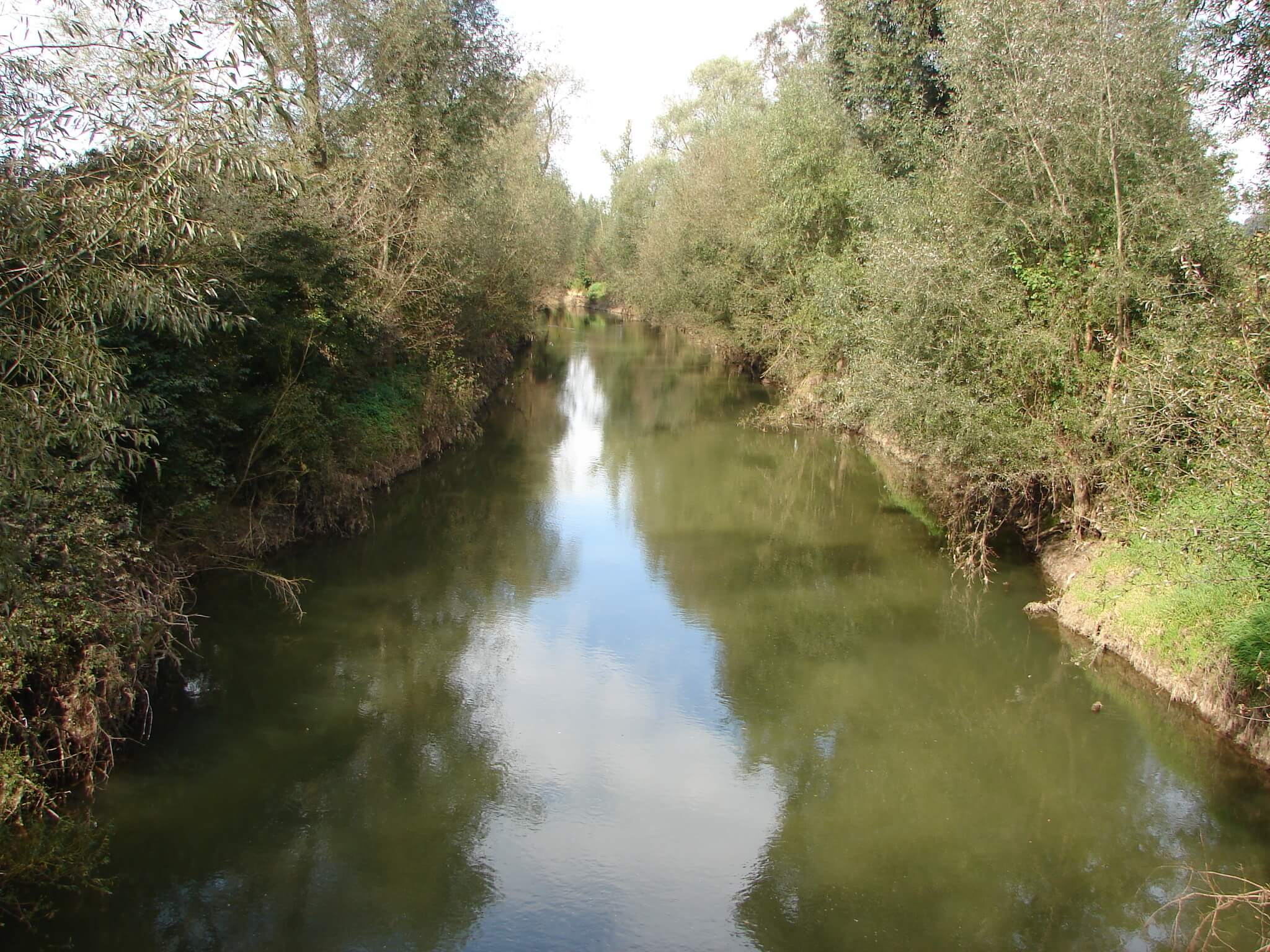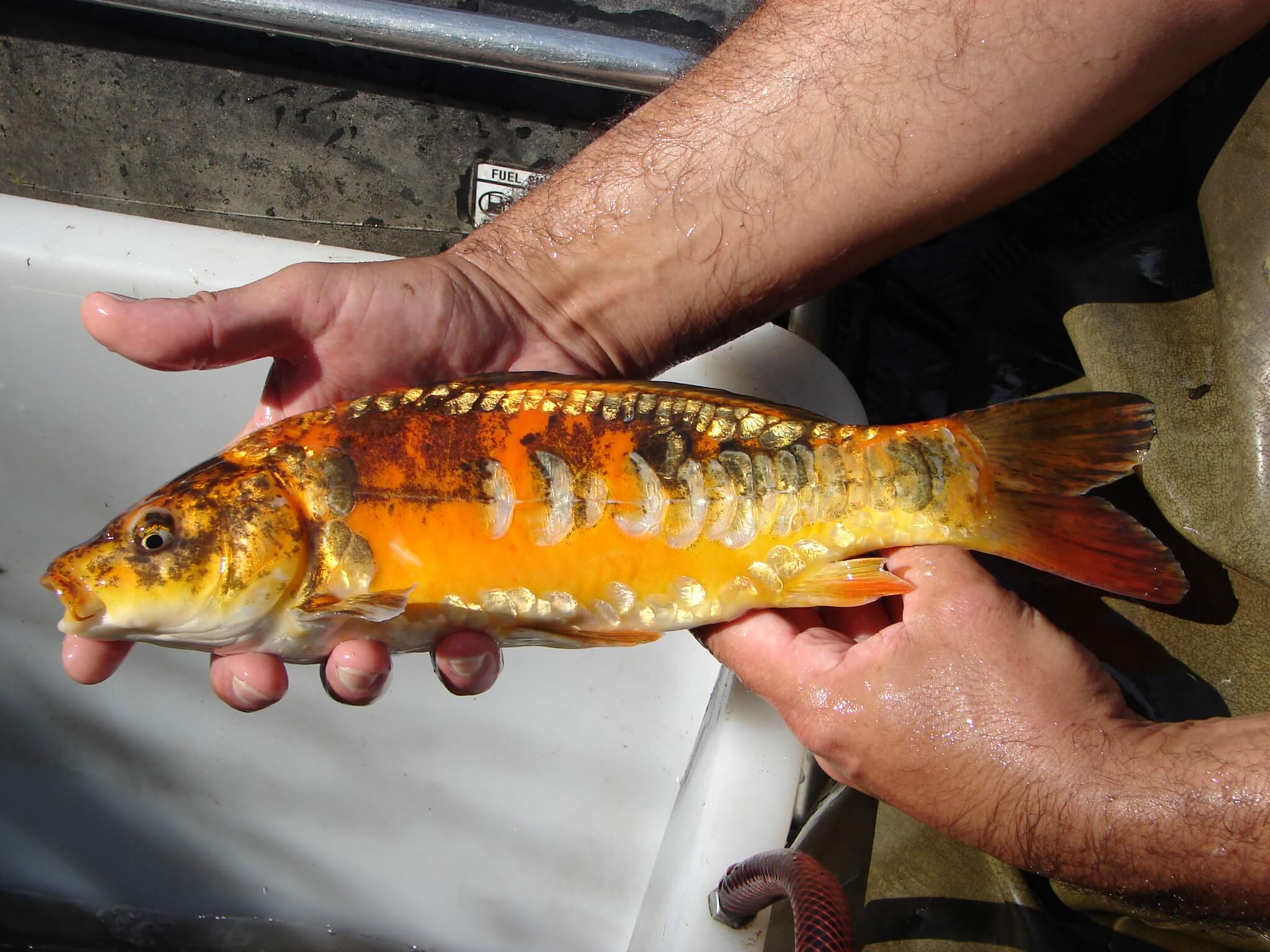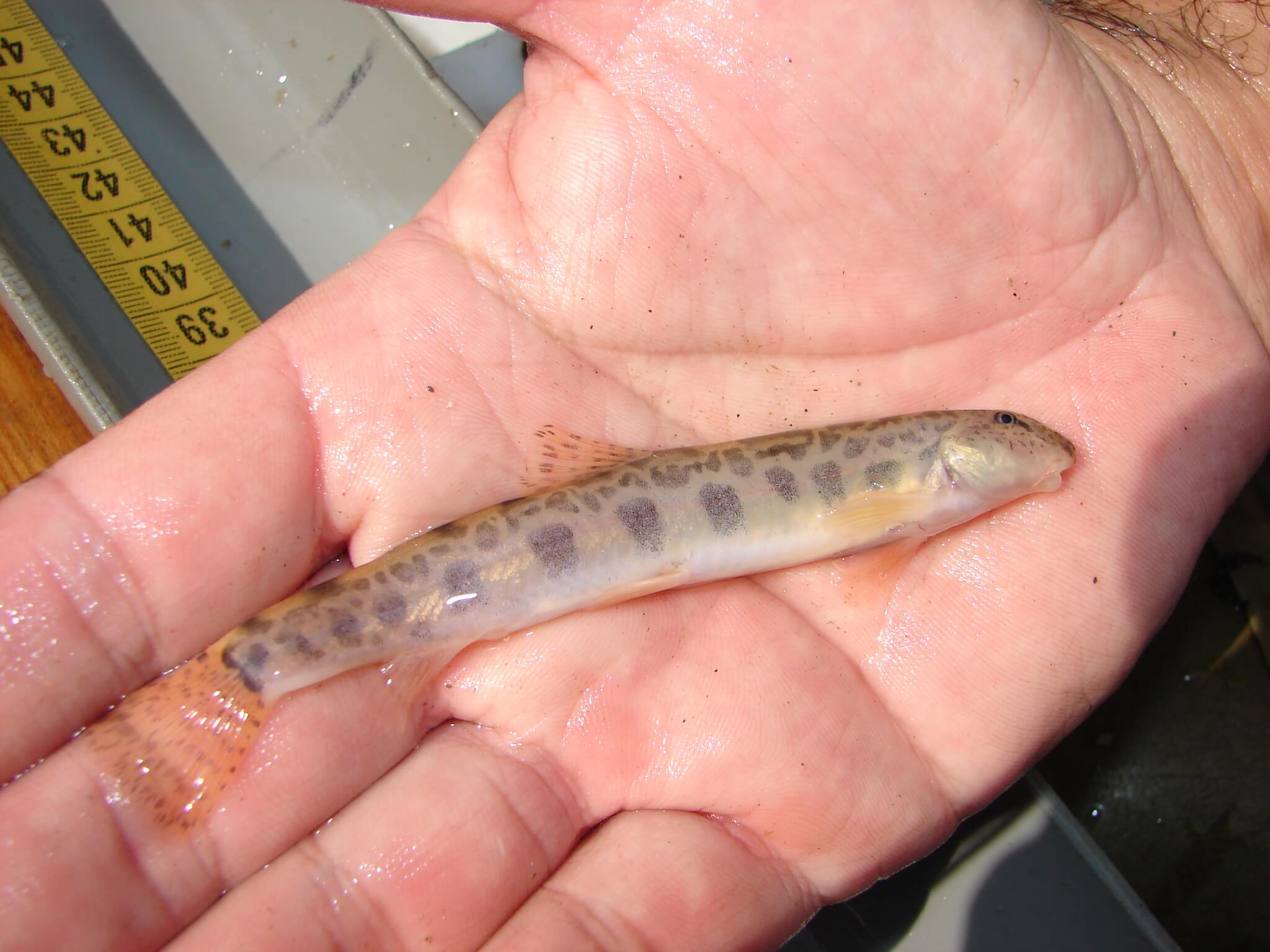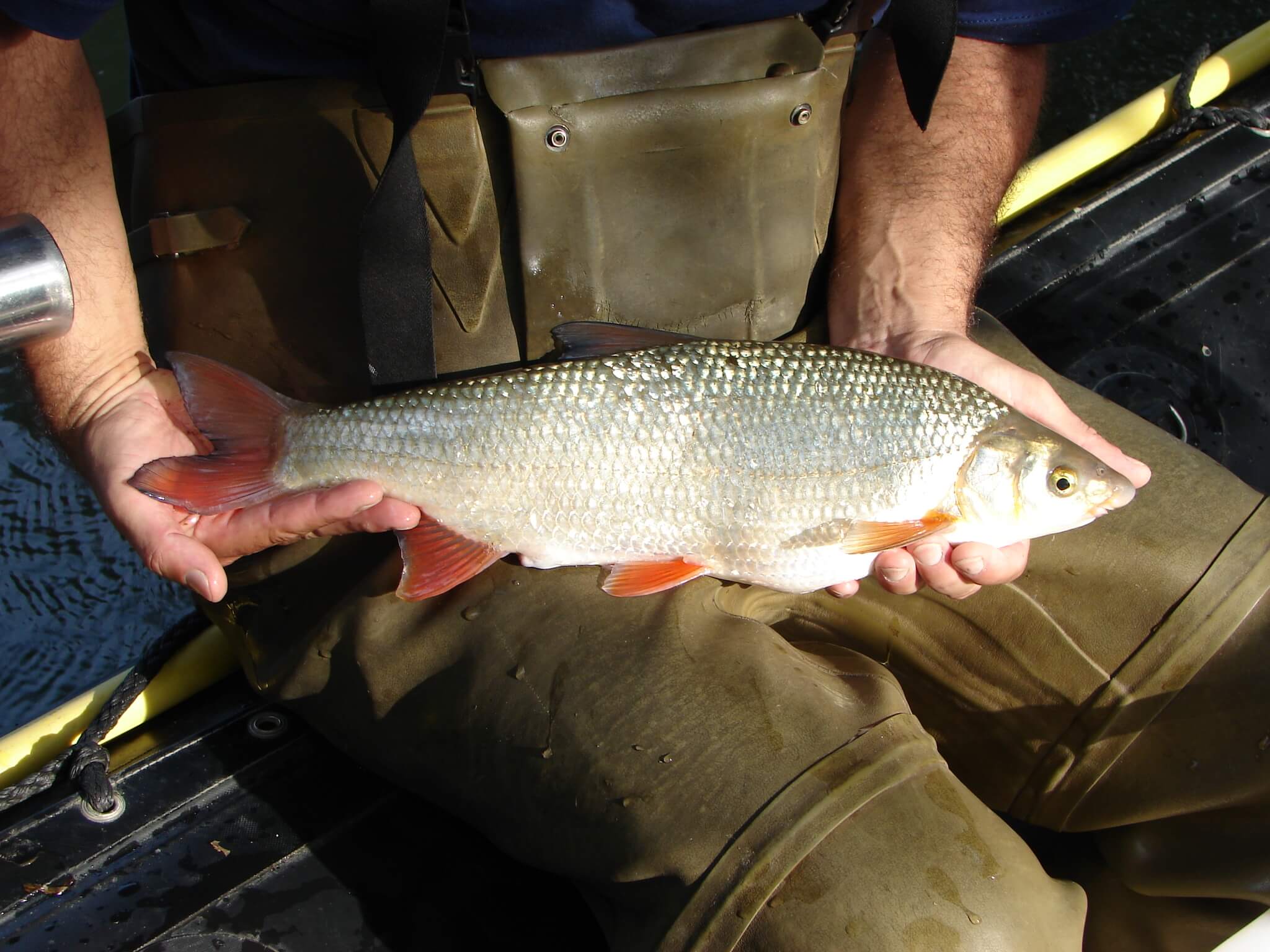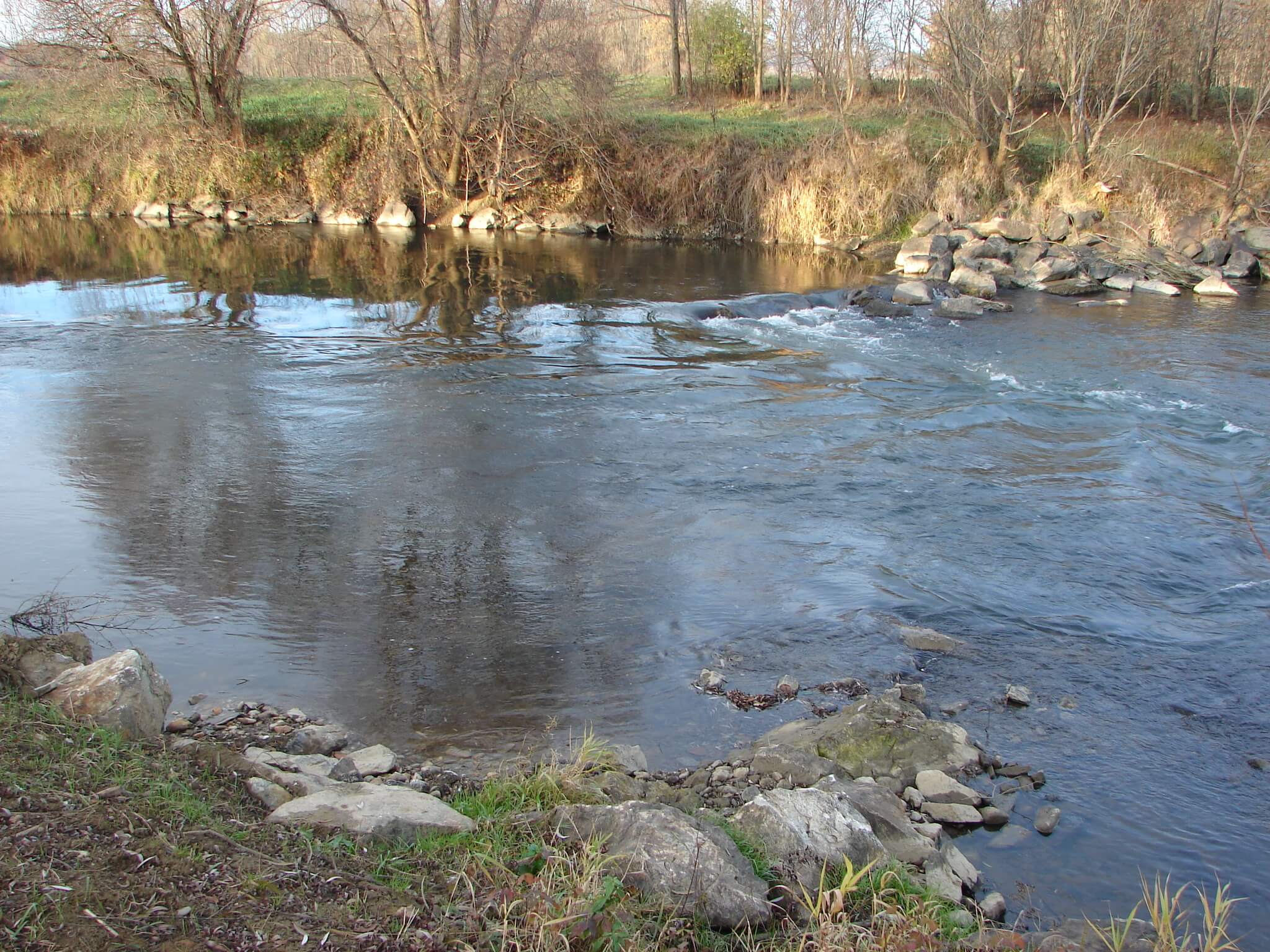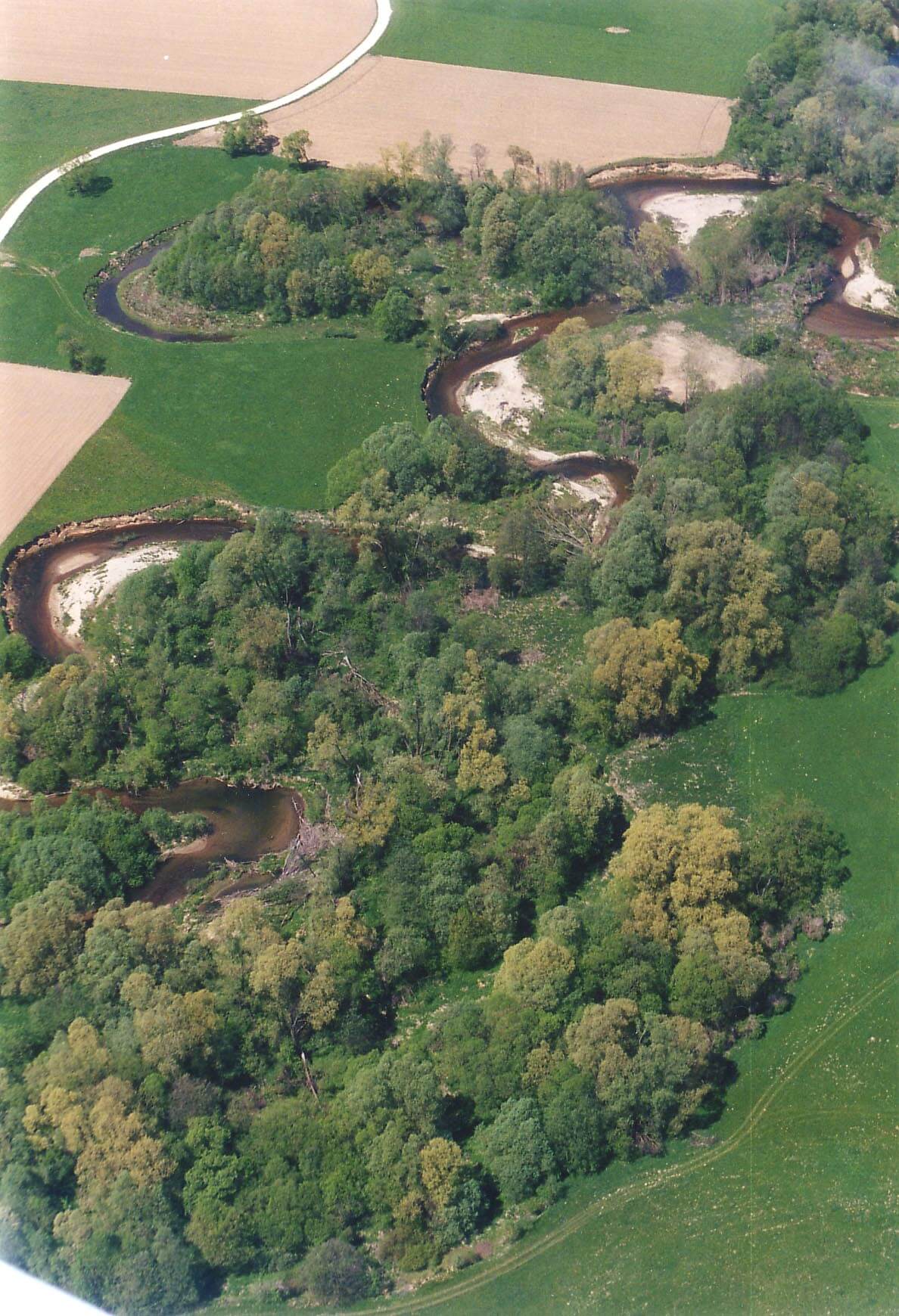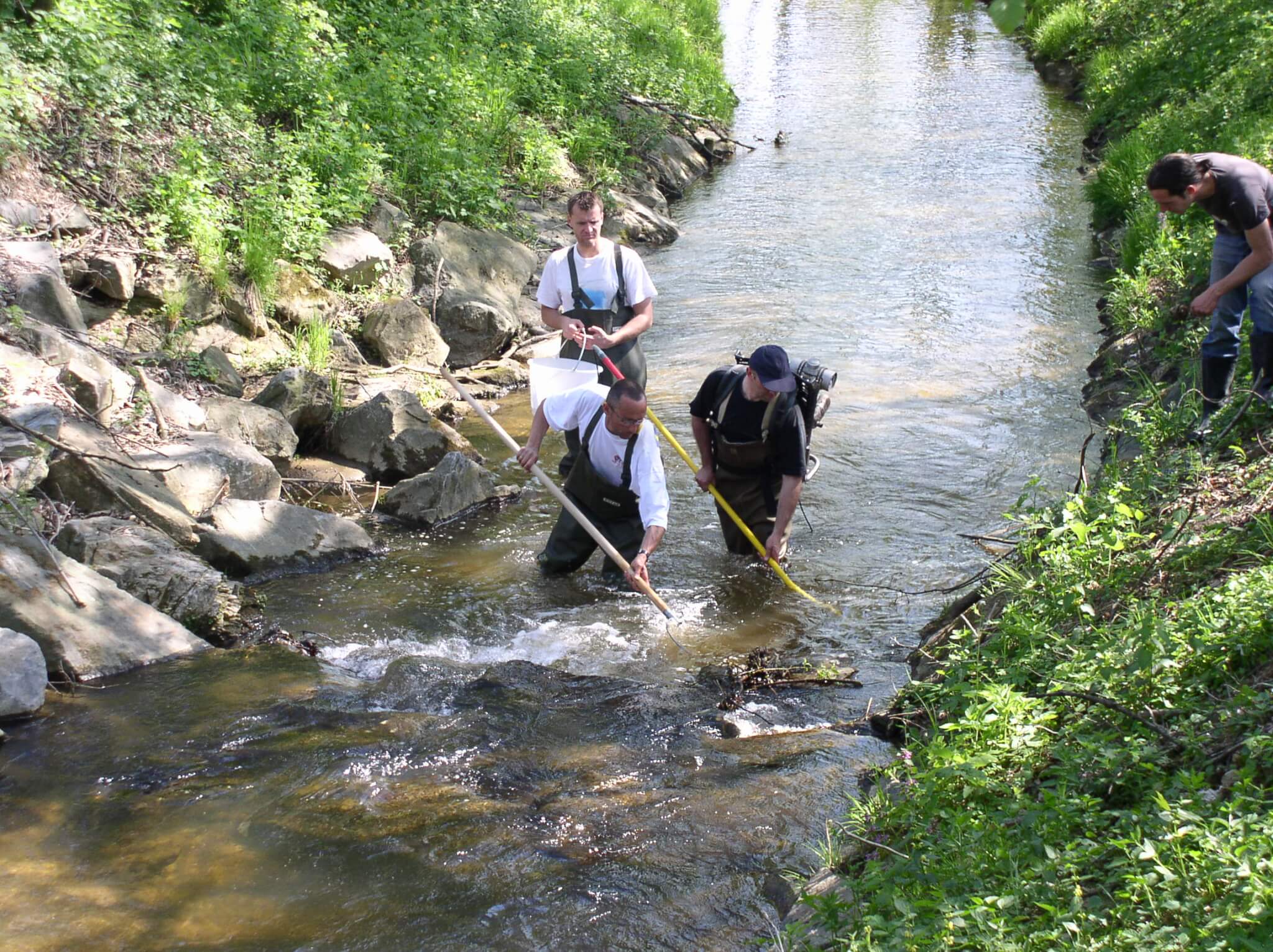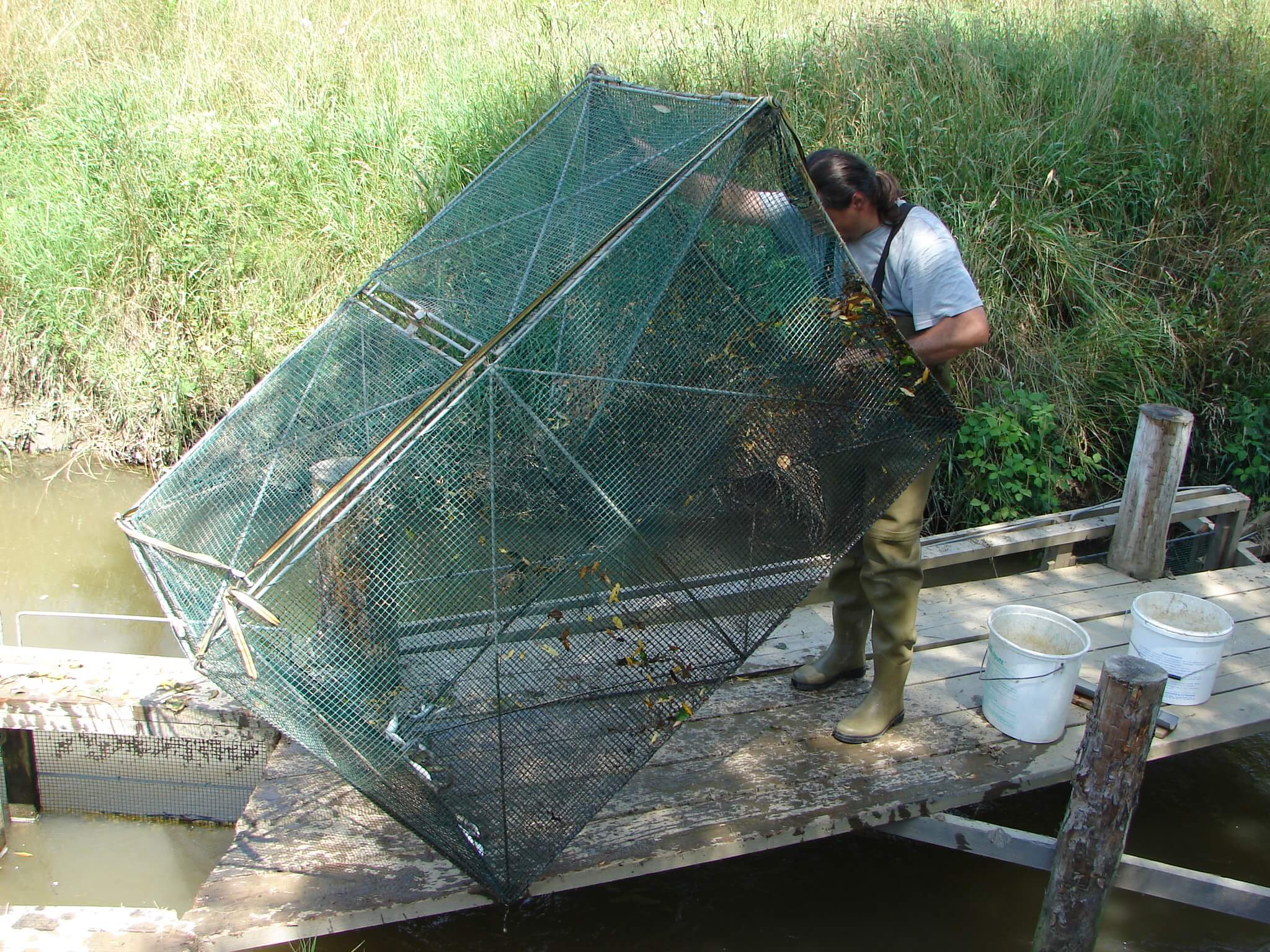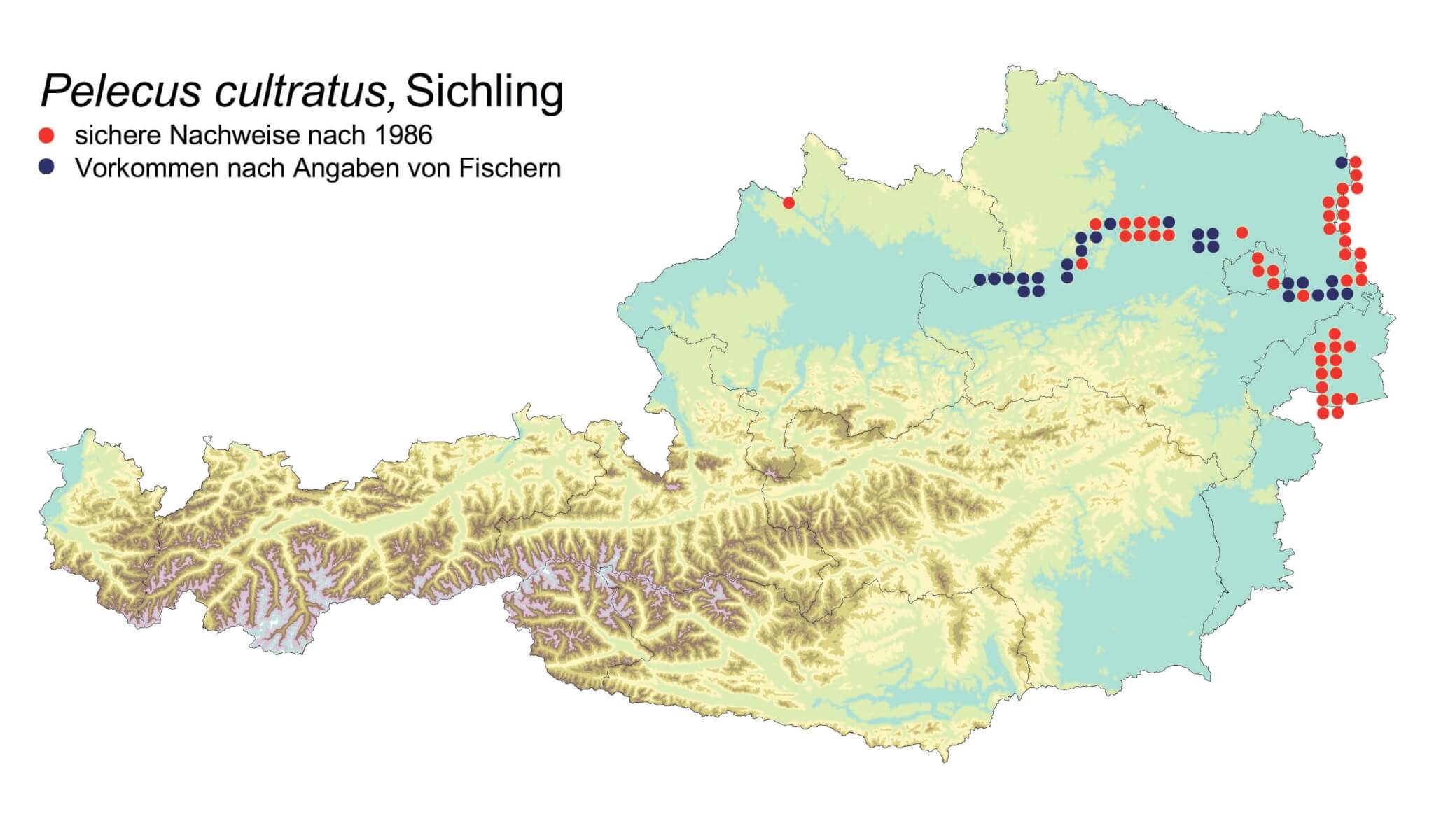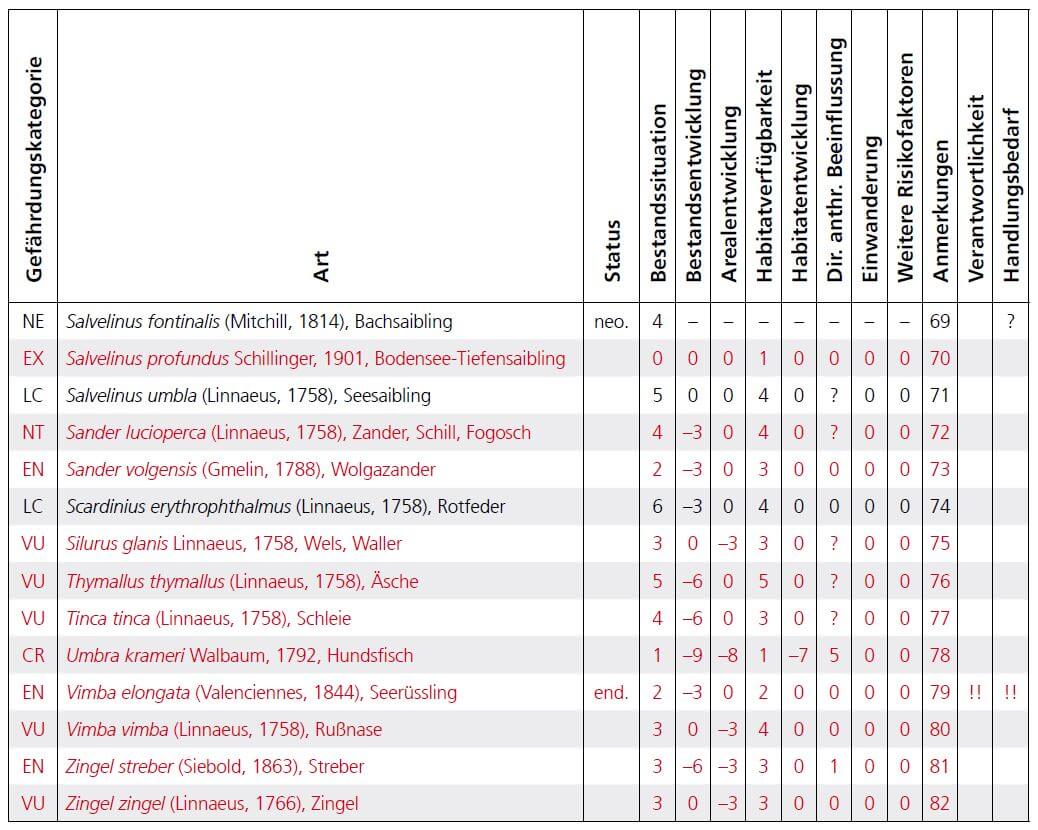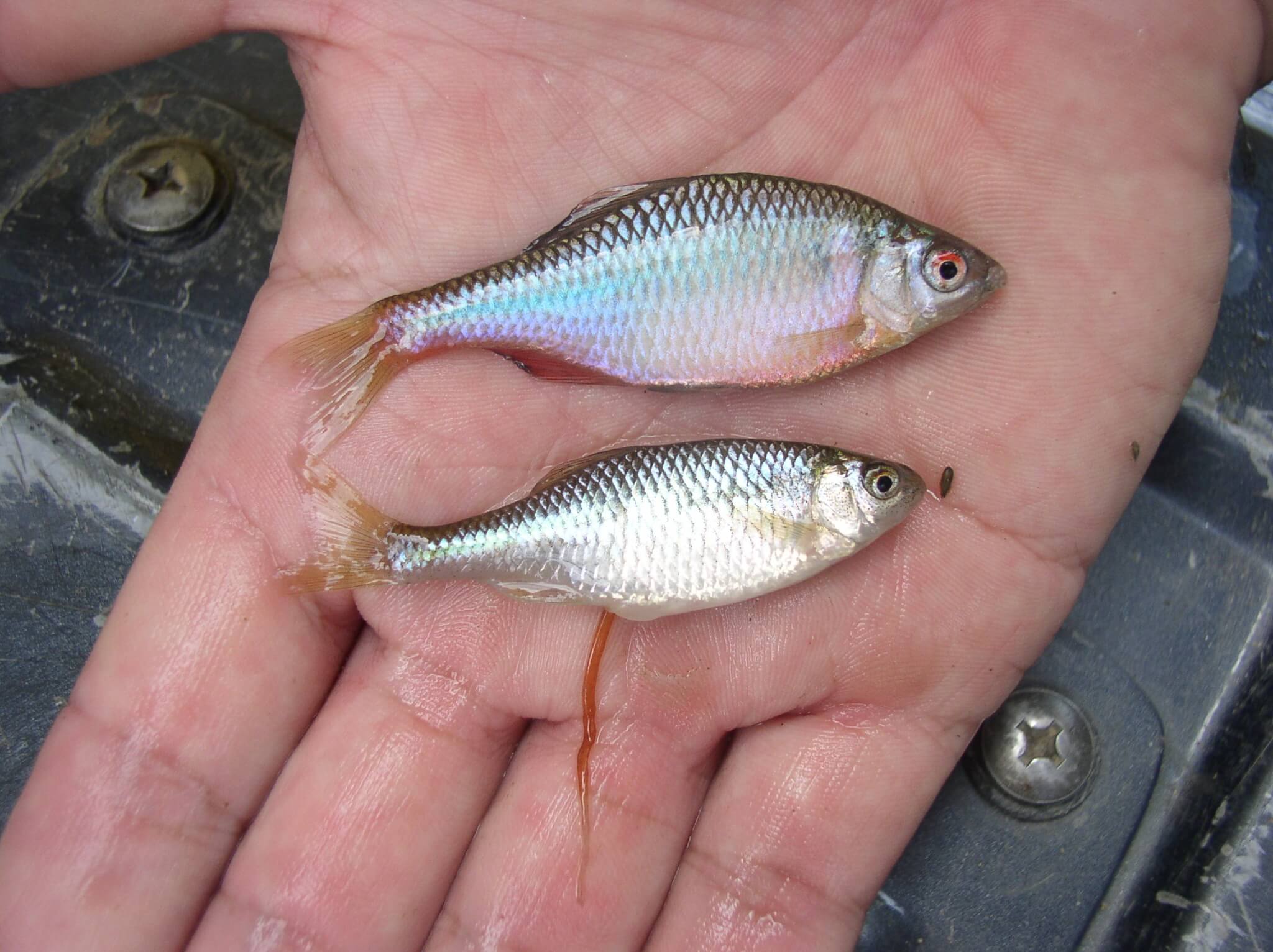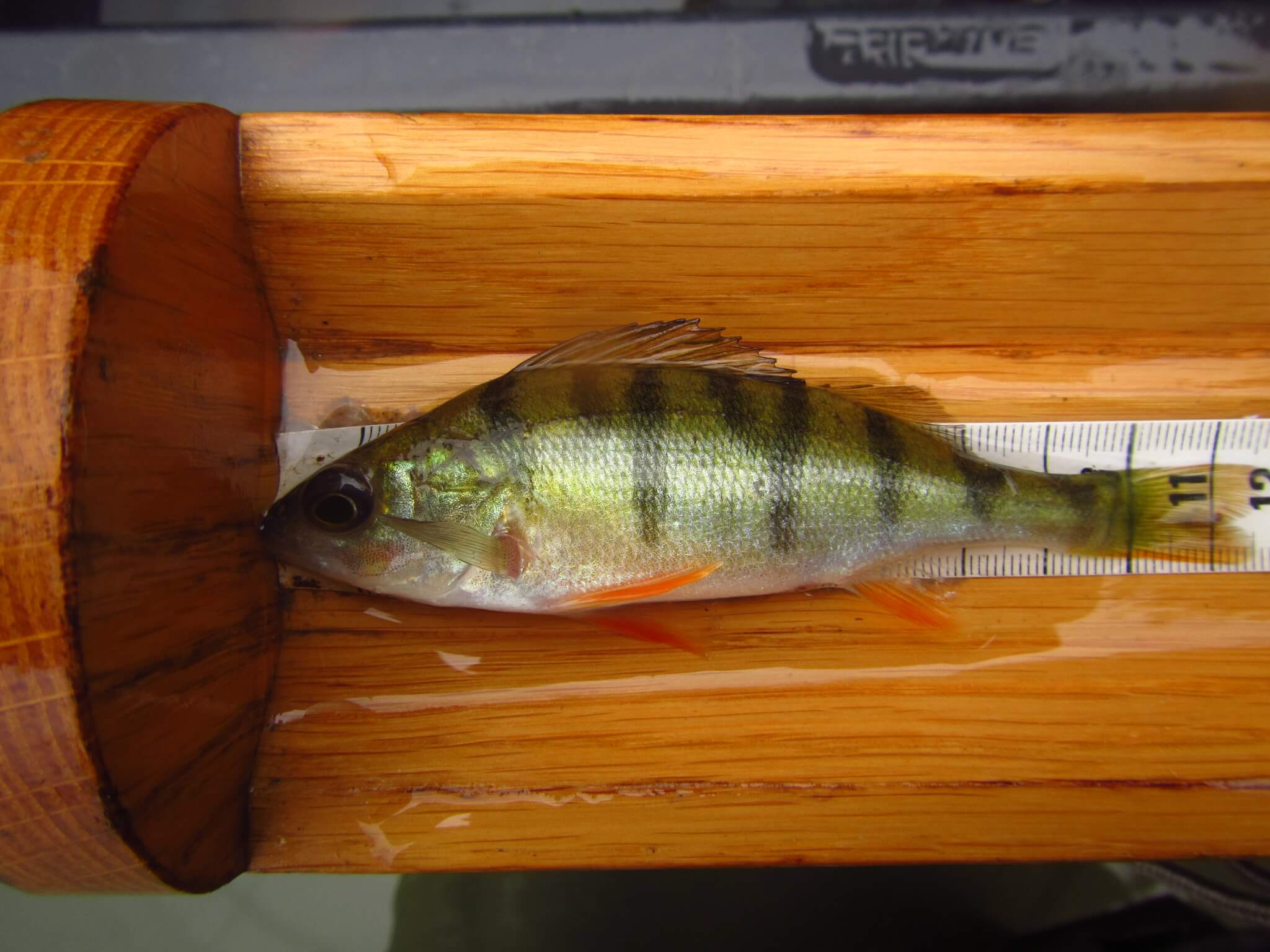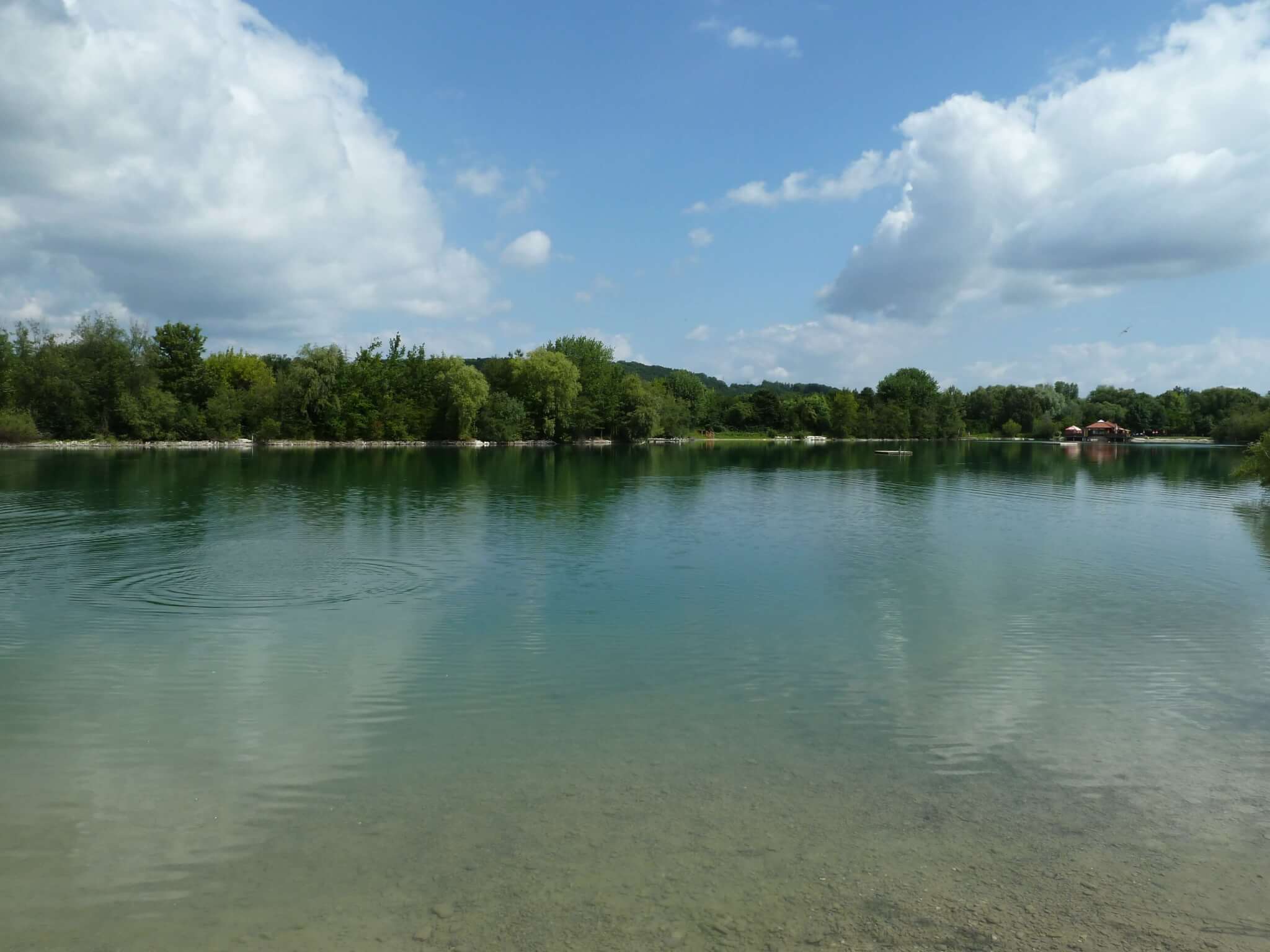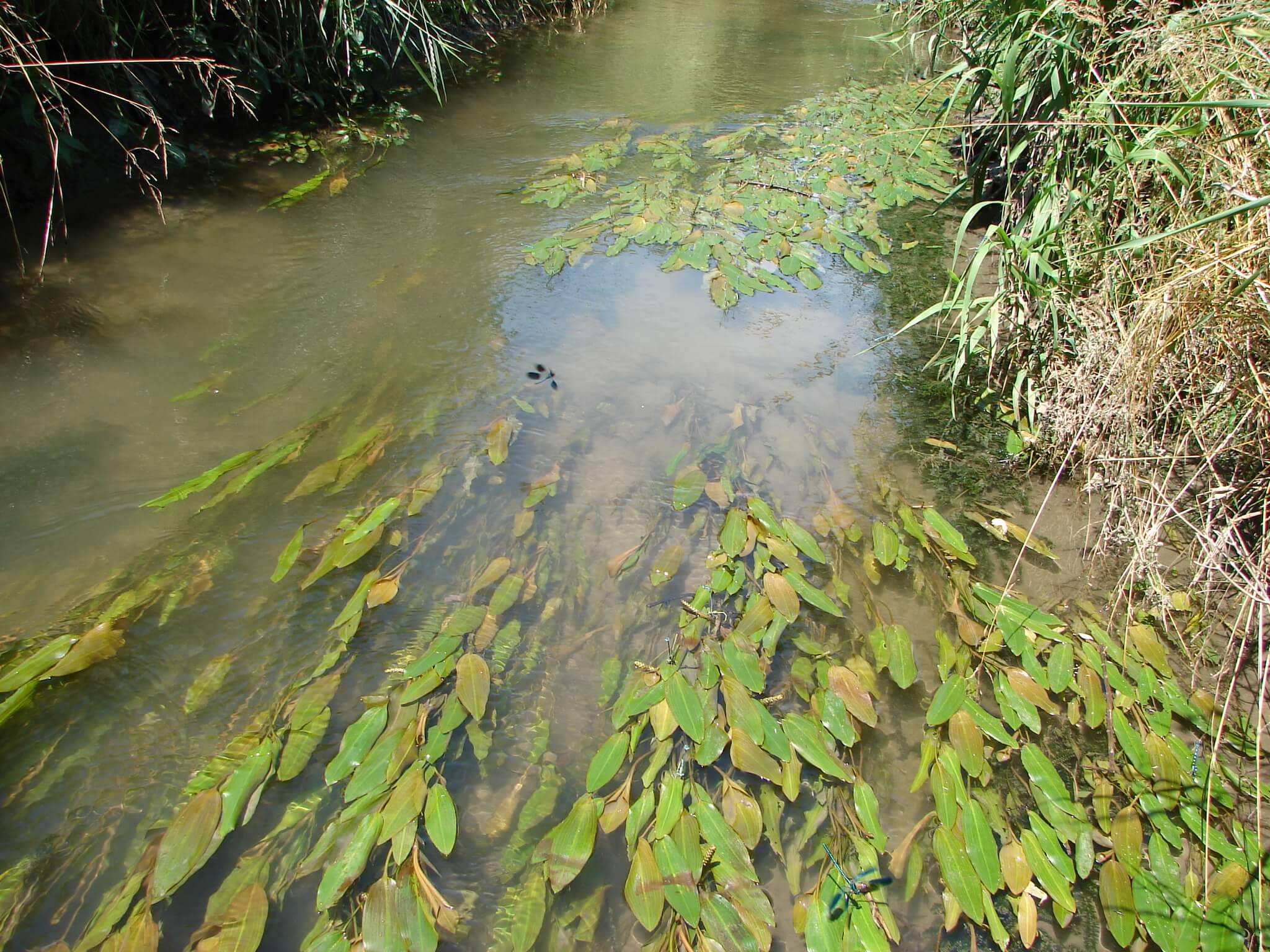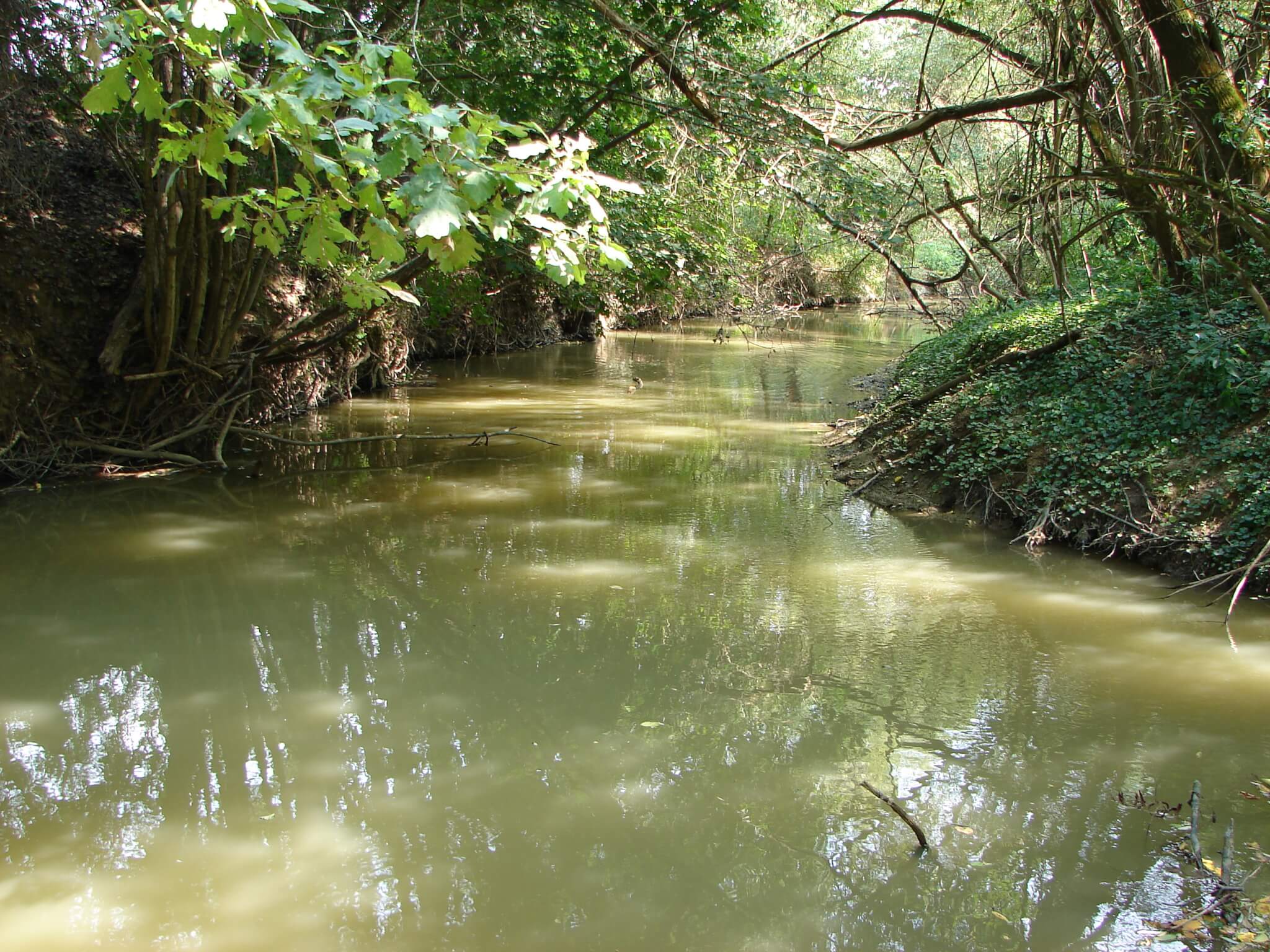
Analytics & monitoring
Analytics & monitoring
A profound knowledge of a water body is essential for an ecological assessment. Only a deep understanding of the interactions of environmental factors and biocoenoses enables the preparation of deficit analyses and the development of concepts for improving the ecological status of water bodies. Therefore, a detailed investigation of the aquatic life and the most important impact factors is at the beginning of a limnological analysis.
Fish ecology
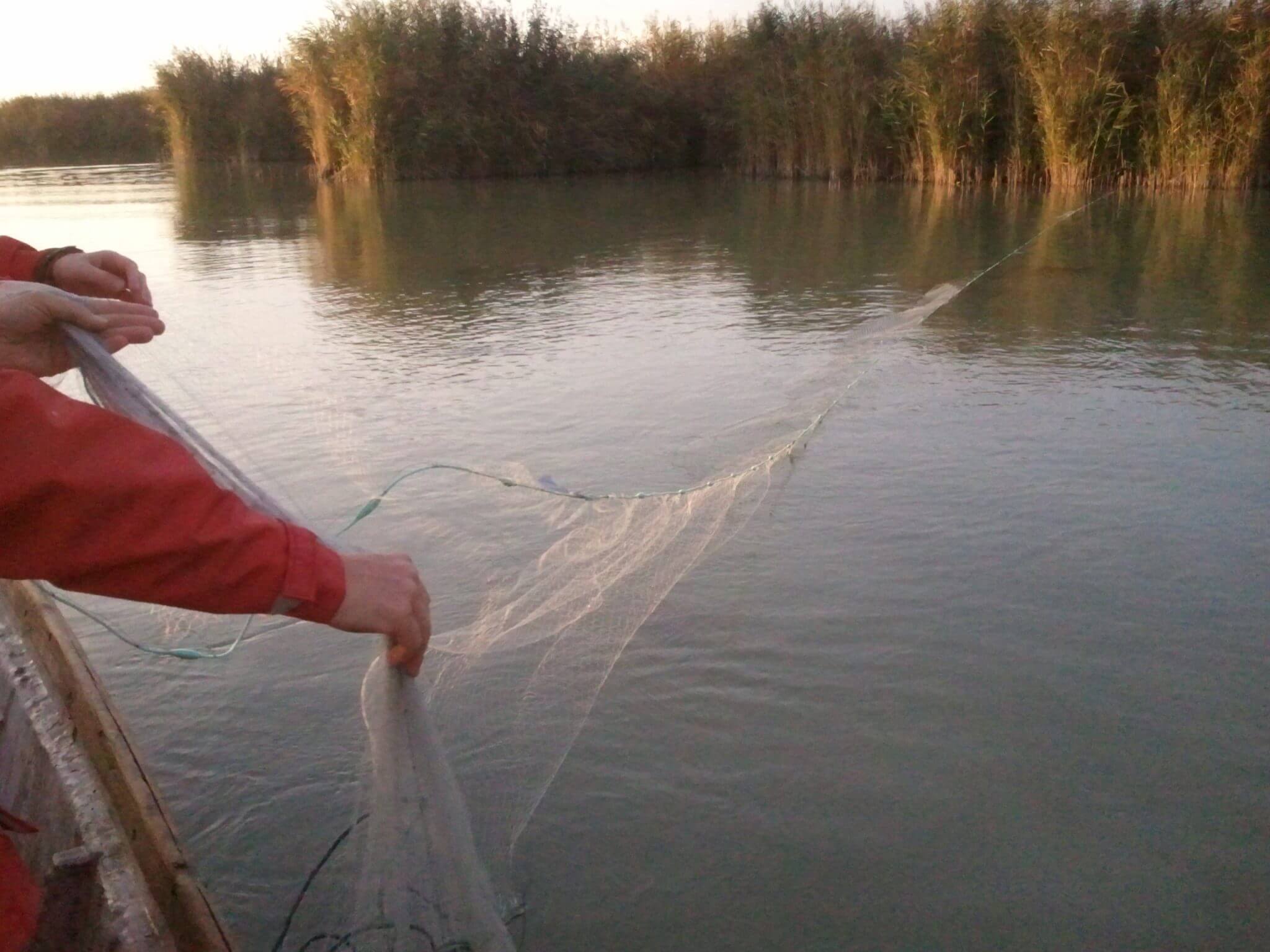
since 1998 Fish-ecological monitoring in the national park Neusiedler See – Seewinkel
Since 1998 we carry out the fish-ecological monitoring in the national park Neusiedler See – Seewinkel (until 2015 in co-operation with the Museum of Natural History). The field work is performed in co-operation with the Biological Station Illmitz and comprises electro-fishing in the reed belt, gill net fishing in the open lake and push net fishing for fish larvae in the open lake and in channels.
Tasks: Project lead, coordination, field work, laboratory analyses and data analysis
Client: National park Neusiedler See – Seewinkel
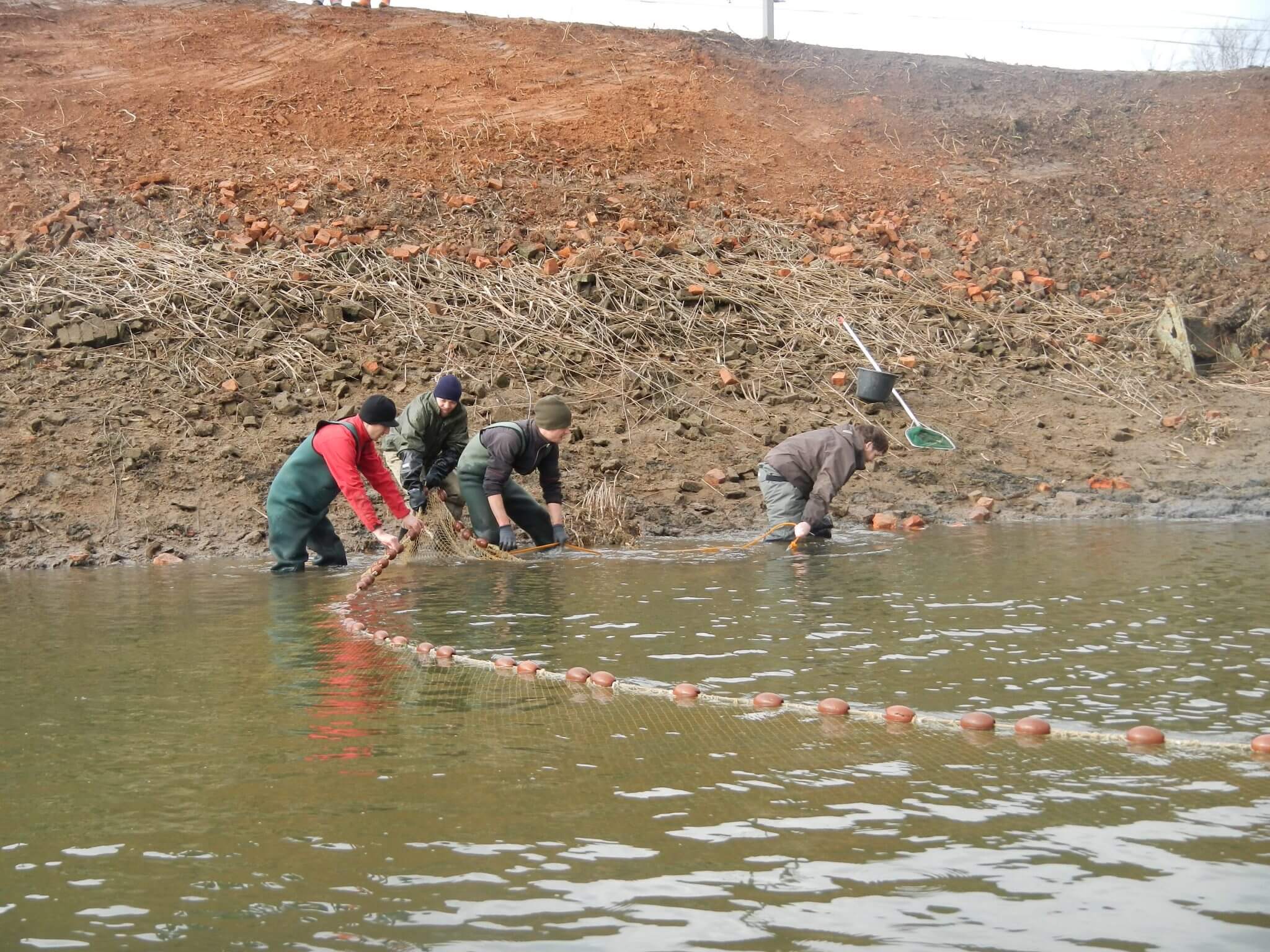
since 1995 Emergency fish salvages
In the course of construction works it may be necessary to totally fish surface waters. The work includes intermediate fish keeping, transporting and translocating the animals the into other waters. DWS Hydro-Ecology carries out these tasks since many years, most recently in side arms of the river Thaya, in a salt pan of the Seewinkel area (Burgenland), in the Petersbach near Hennersdorf or in a small groundwater lake in Trausdorf.
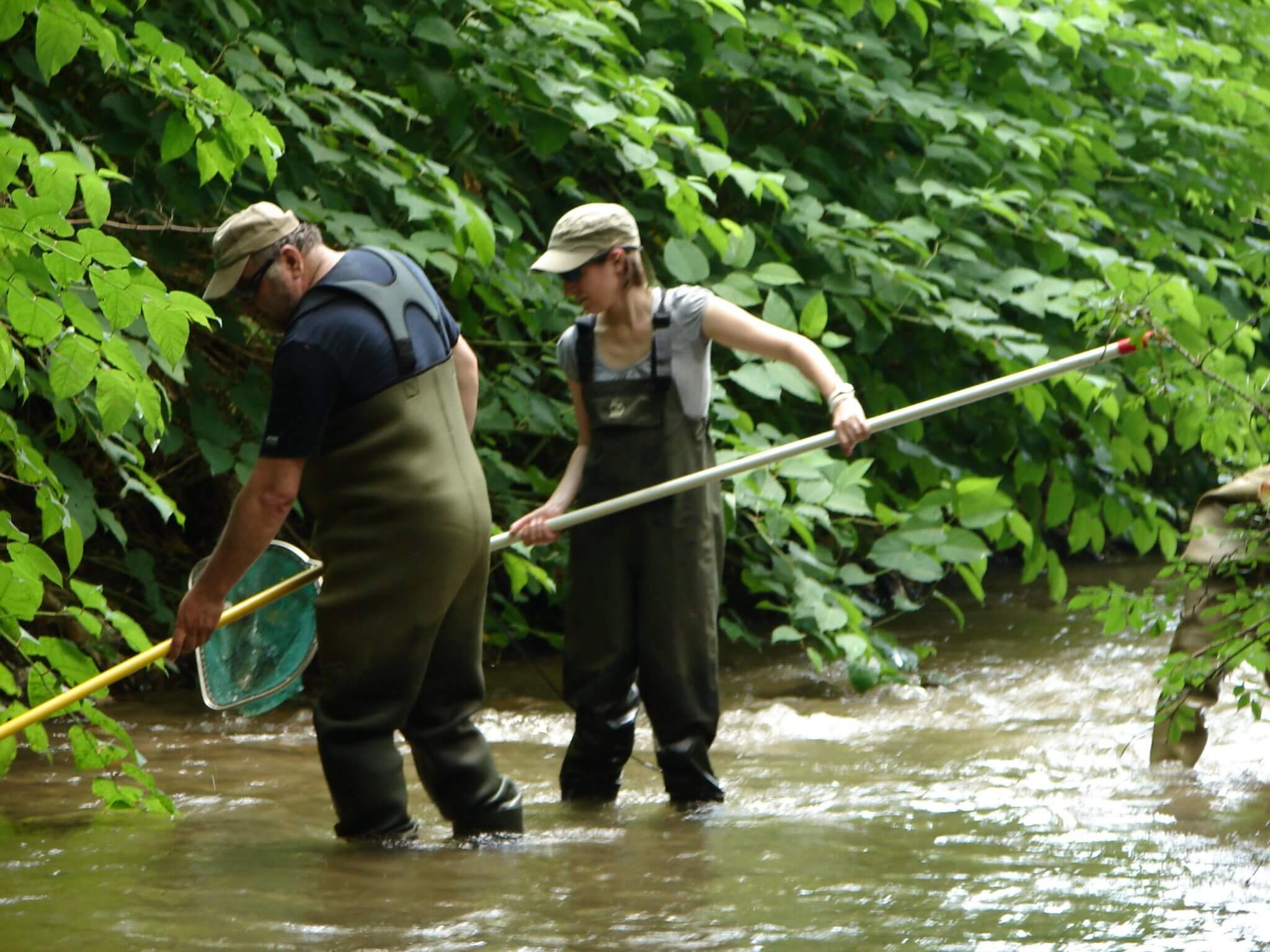
since 1995 Fish stock analyses in rivers
Electrofishing on watercourses forms the basis for ecological assessment, deficit analyses and concepts for measures. In many water management projects, fish are a central biological quality element for the assessment of possible impacts on the ecological status of surface water bodies. Over the last 25 years, DWS Hydro-Ecology has investigated numerous watercourses from the point of view of fish ecology, partly within the framework of the Water Status Monitoring Ordinance (GZÜV). Larger surveys were carried out on the Leitha, Wulka, Güns, Rabnitz, Raab, Erlauf and Kamp rivers. One focal area is Lafnitz, where electrofishing and trap controls on fish ladders have been carried out as part of a LIFE project 2004-2007 and since then as part of various nature conservation projects. The migratory behaviour of stocking fish has been studied by means of markings and with the help of local fishing clubs. For the NGP 2015, a comprehensive deficit analysis of the Lafnitz was prepared for the provinces of Styria and Burgenland.
Tasks: Field surveys, age analyses, ecological assessment, deficit analyses, planning of measures
Client: Federal provinces, energy providers, NGOs
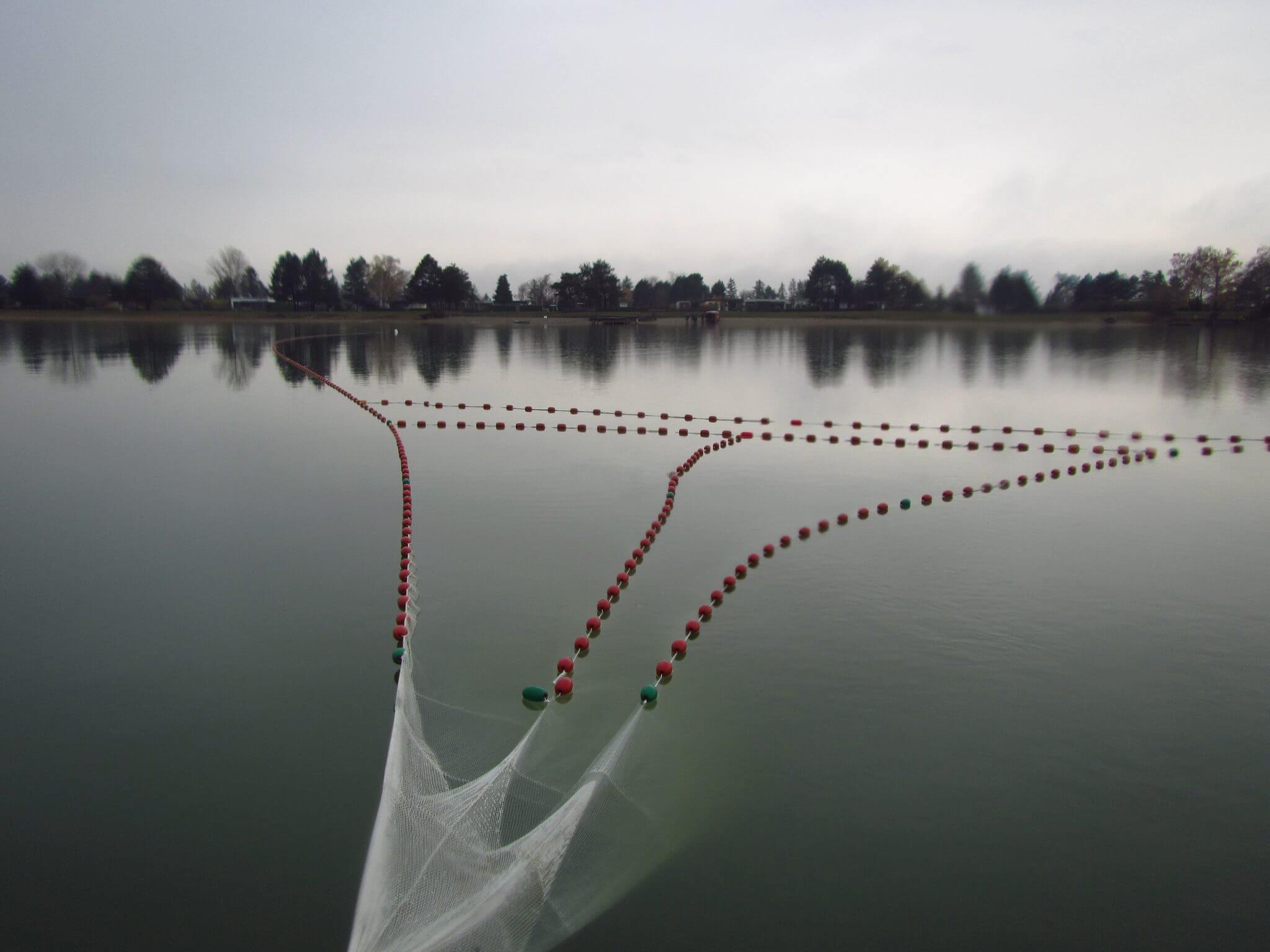
since 1995 Fish-ecological surveys in lakes
Many small lakes suffer from an intensive pressure of human use. The request for a transparent and “algae-free” bathing water often contradicts to the wish to use the lake also for fishing. In order to provide recommendations for fisheries information on the fish stock beyond stockling and catch data is required. In order to provide this information we carry out surveys on the fish stock since 25 years, during the last years mainly by using multi-mesh gill nets following the standard ÖNORM EN 14757, in addition by using trammel and towed nets as well as an electro-aggregate along the shore. Examples: Seeschlacht Klosterneuburg, groundwater lake Trausdorf, Lake Pöttsching, Gravel pit Viehofen (St. Pölten)
Tasks: coordination, field work, data anlysis (stock assessment, age analysis), recommendation for measures
Clients: Municipalities, Stift Klosterneuburg, Esterhazy Betriebe etc.
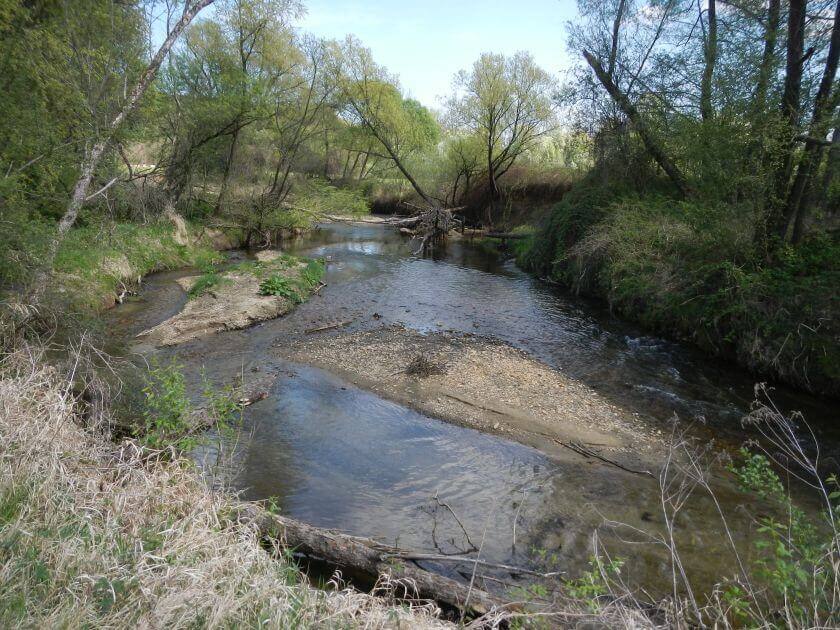
2014-2023 Influence of the otter on fish stocks in the river Lafnitz
Fish stocks in the river Lafnitz have been declining dramatically in the last years. The water status assessment of the Länder Burgenland and Styria observed a deviation from the required ecological status (EU Water Framework Directive) as the fish biomass in the near-natural section between the state border and Wolfrau was very low. A possible reason for the low biomass might be the predation pressure from otters. The aim of the project is an assessment of the otter as a stressor for fish populations in the Lafnitz. Permanent otter removal is intented to check whether, to what extent and over what period of time fish can recover.
Tasks: Fish ecological monitoring, public work
Client: Amt der Bgld. Landesregierung

2021 Red list of endangered fish and lampreys of Burgenland
Goal of the project was to produce a red list of endangered fish and lampreys of Burgenland. Data from Gewässerzustandsüberwachungen (GZÜV) were used as well as data from several other projects taking place in Burgenland in the last years.
Client: Amt der Bgld. Landesregierung

2021 Spawning brushes in the Wienfluss
On behalf of the Stadt Wien so-called “spawning brushes” were installed in the Wienfluss, for fish that need aquatic plants for spawning such as rudd, roach or carp. Fish migrating from Donaukanal to the Wienfluss hardly find any aquatic vegetation to spawn from the river mouth to Stadtpark, therefore remedy was provided with spawning brushes.
Client: MA45 – Wiener Gewässer
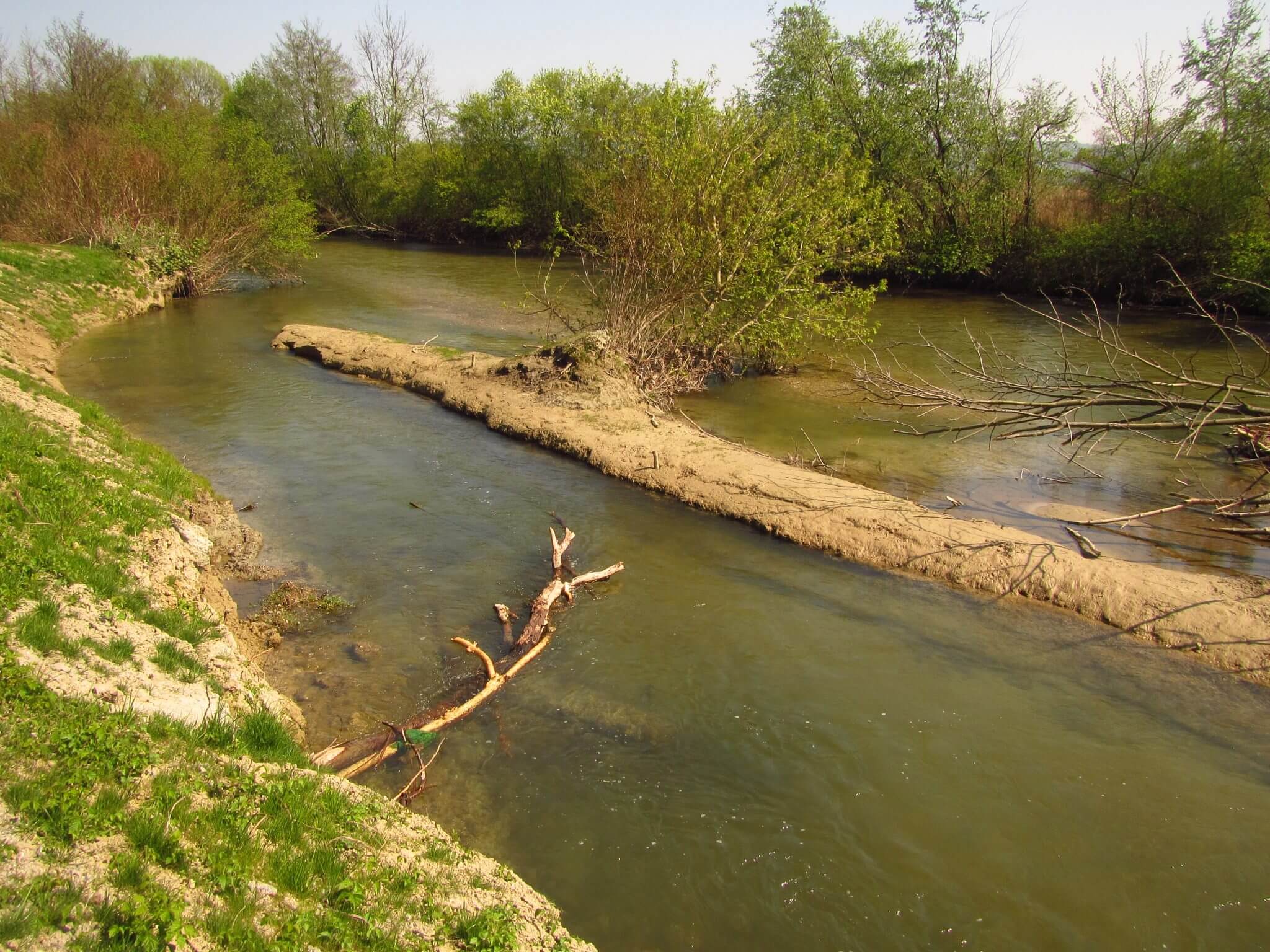
2018 Fish management concept for the river Leitha
As ordered by the Bgld. Landesregierung and in co-operation with the fishing district tenants in Burgenland and Lower Austria, DWS Hydro-Ecology developed a fishing management concept, which aims at enabling an agreed and sustainable fishery at the river Leitha.
Client: Amt der Bgld. Landesregierung

2016 Ecological consulting for the construction of a fish pass at the river Pinka
Tasks: Ecological consulting for the construction of fish passes at the river Pinka according to the requirements of the Guidance of the BMNT
Client: Amt der Bgld. Landesregierung
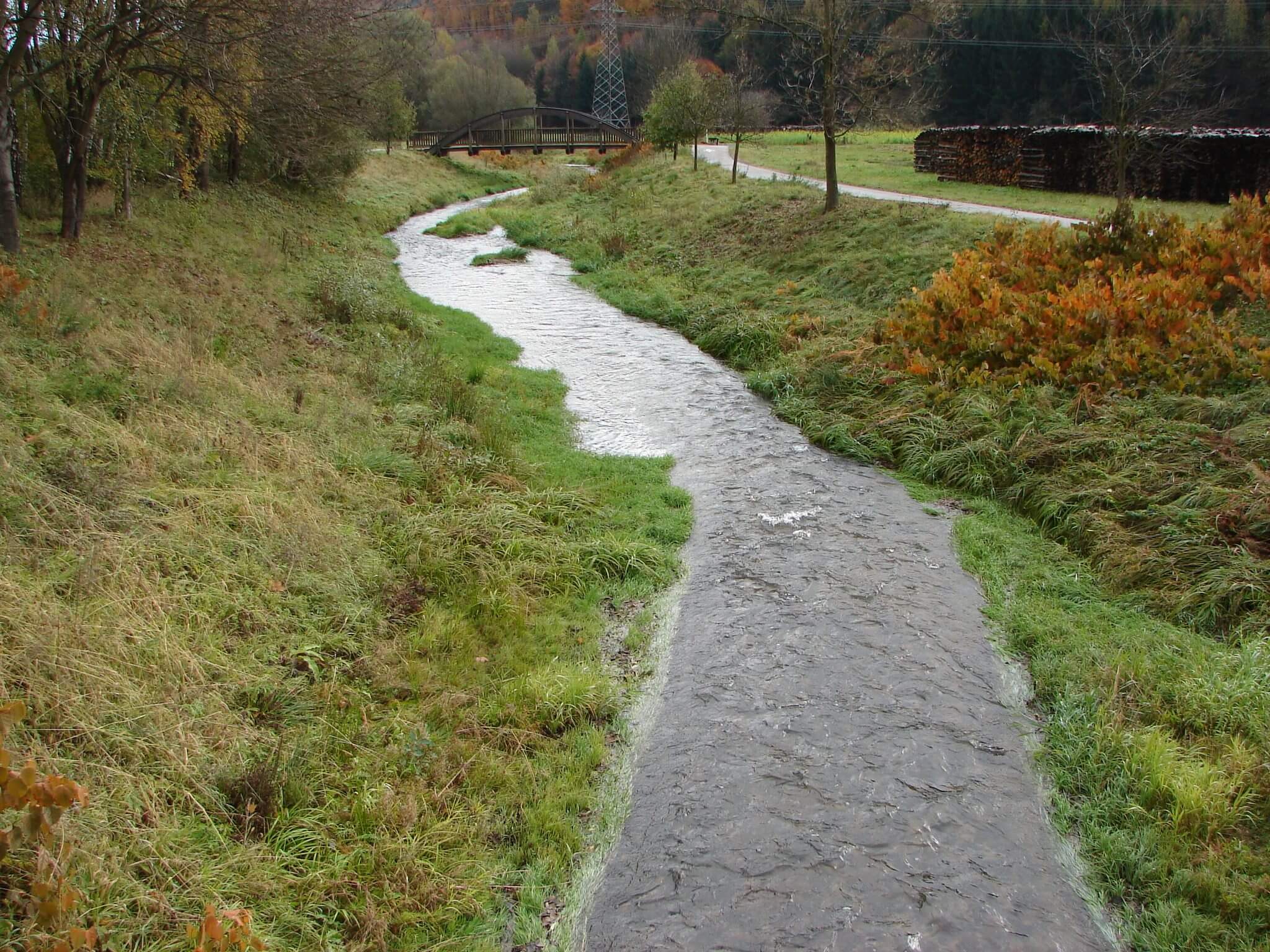
2012 Evaluation of fish passes at the river Rabnitz
As part of the implementation of the EU Water Framework Directive, several fish passes were built on the river Rabnitz in central Burgenland in 2013. The aim was to restore the river continuum for migratory fish species.
Tasks: Fish-ecological monitoring (electro fishing, assessment, expert report)
Client: Amt der Bgld. Landesregierung

2009-2010 EU INTERREG Project TransEcoNet
The goal of this EU Project was to support ecological networks in Central Europe (TransEcoNet = Transnational Ecological Networks). It is part of the Central Europe program INTERREG IVB it covers near-natural landscapes and cultural landscapes, especially outside of existing protected areas, as well as potential or transboundary ecological networks (habitat connectivity, corridors). DWS Hydro-Ecology contributed to this project by collecting data on fish popualtions in Burgenland and entering them in a GIS database.
Client: Österreichischer Naturschutzbund, Landesgruppe Burgenland
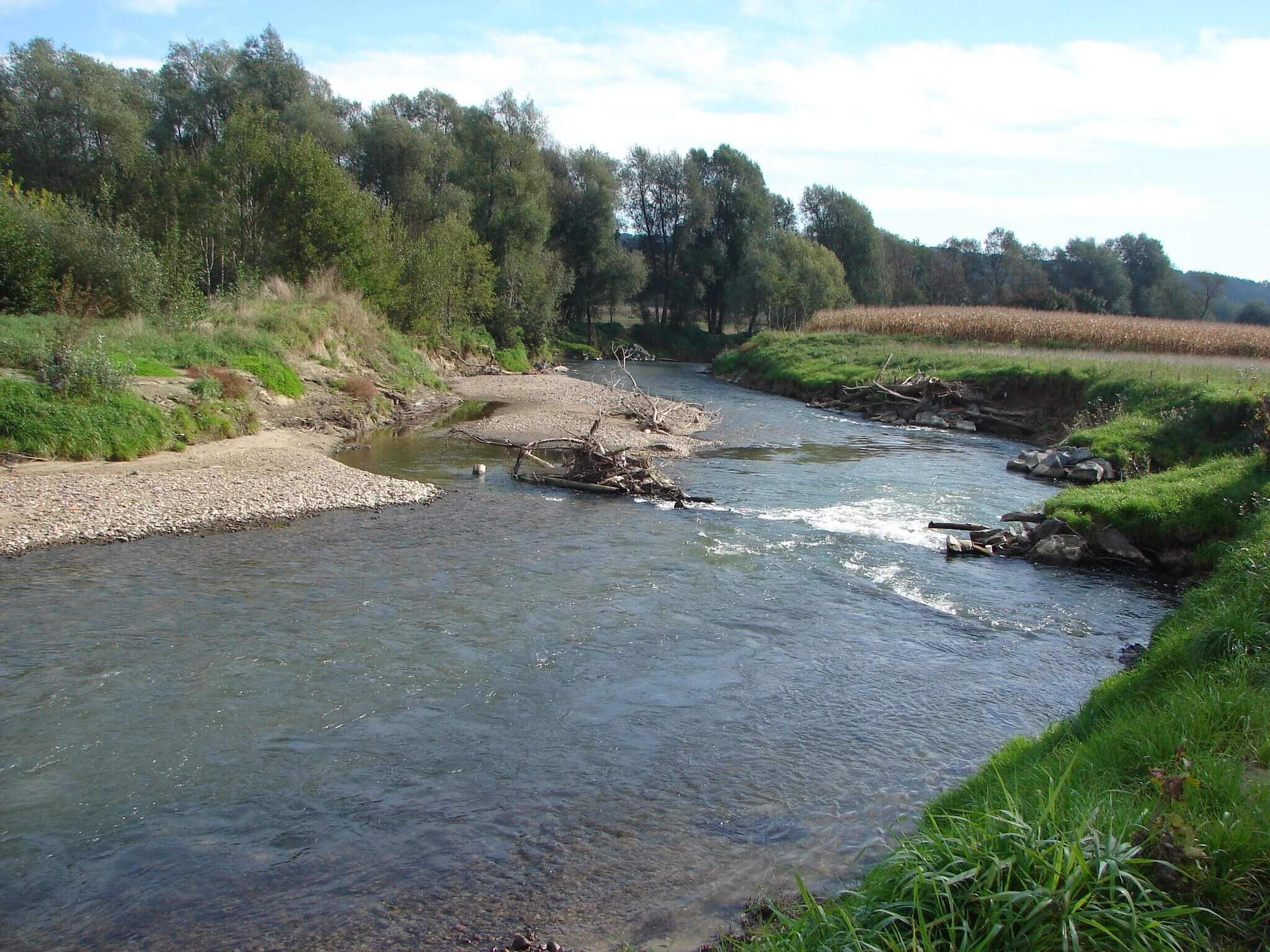
2008-2009 Raab survey
The Raab survey 2008/2009 was an extensive bilateral monitoring program at the river Raab between the source and the mouth. It was carried out for the Austrian-Hungarian Water Commission and involved various institutions such as the Federal Environment Agency Vienna, the University for Agriculture and private contractors. In cooperation with the consultant G. Woschitz, DWS Hydro-Ecology carried out an electro-fishing campaign between Wollsdorf and the state border, which formed the basis for fish-ecological asessments.
Tasks: Field work, assessment and reporting
Client: Federal Environment Agency Vienna
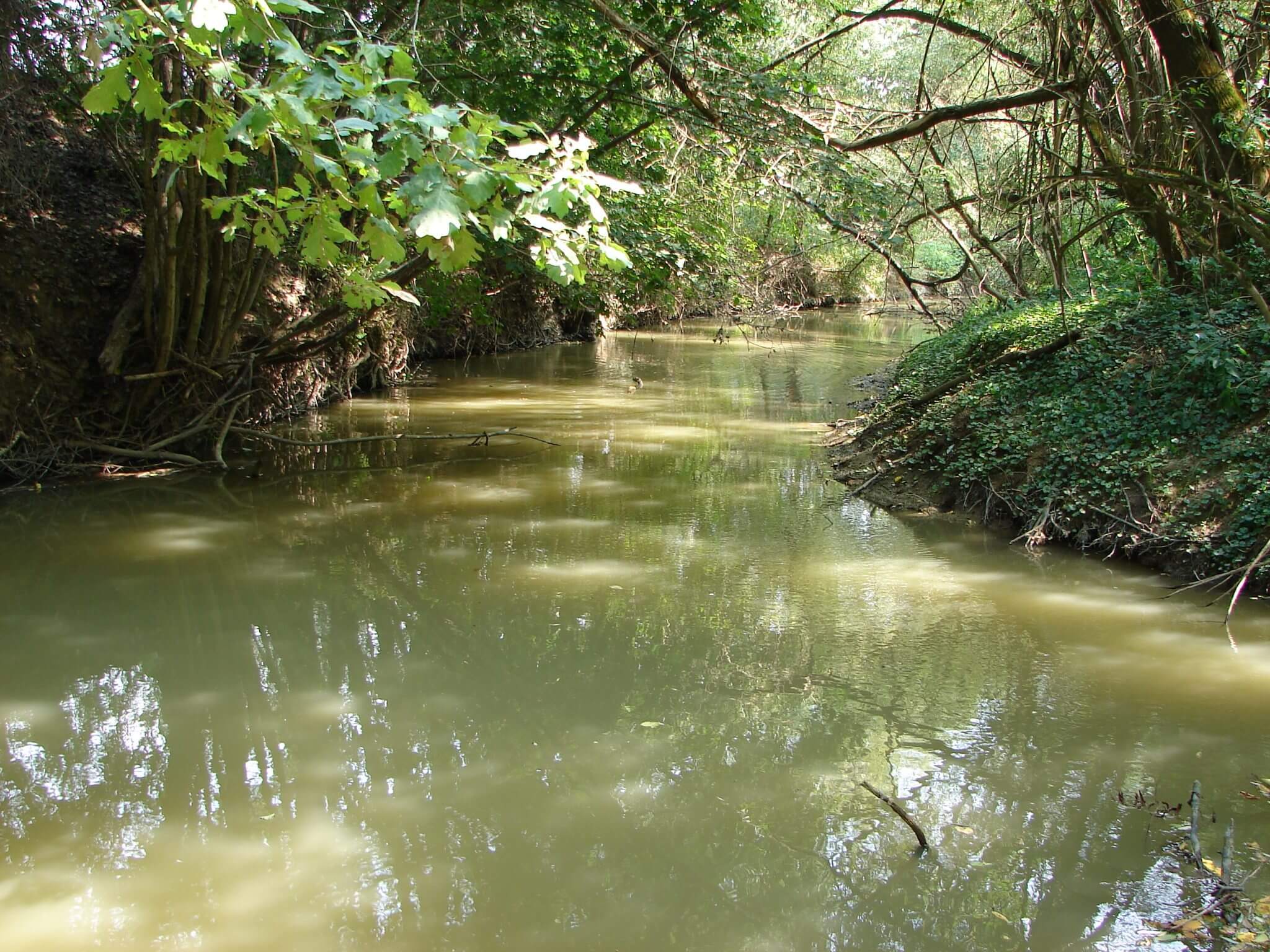
2007-2008 Fish-ecological reference communities of Styria
Tasks: Definition of reference communities and ‘Leitbilder’ for rivers in Styria
Client: Amt der Stmk. Landesregierung, as sub-contractor of and in cooperation with G. Woschitz
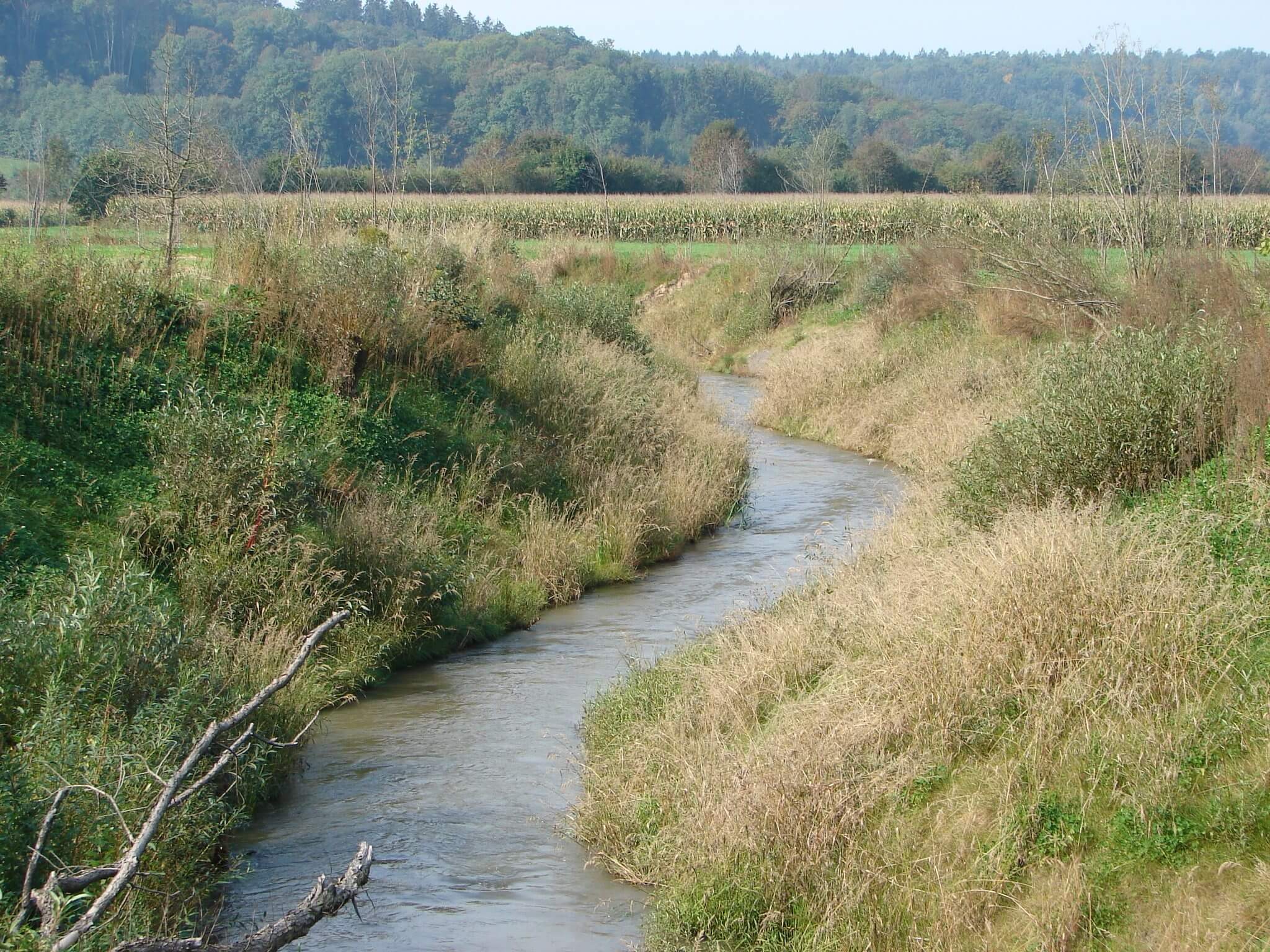
2004–2007 Fish-ecological monitoring in the EU LIFE project „Lafnitz”
The aim of this LIFE project was to restore the continuum of the Lafnitz river from its source to its estuary. Over a period of four years, the hydraulic engineering departments of the Styrian and Burgenland administration erected several fish passes, which had previously been obstacles to the migration of fish.
Tasks: Fish ecological accompanying investigations (electro-fishing, fish pass controls, evaluation), in co-operation with G. Woschitz
Client: Weideverein Ramsargebiet Lafnitztal
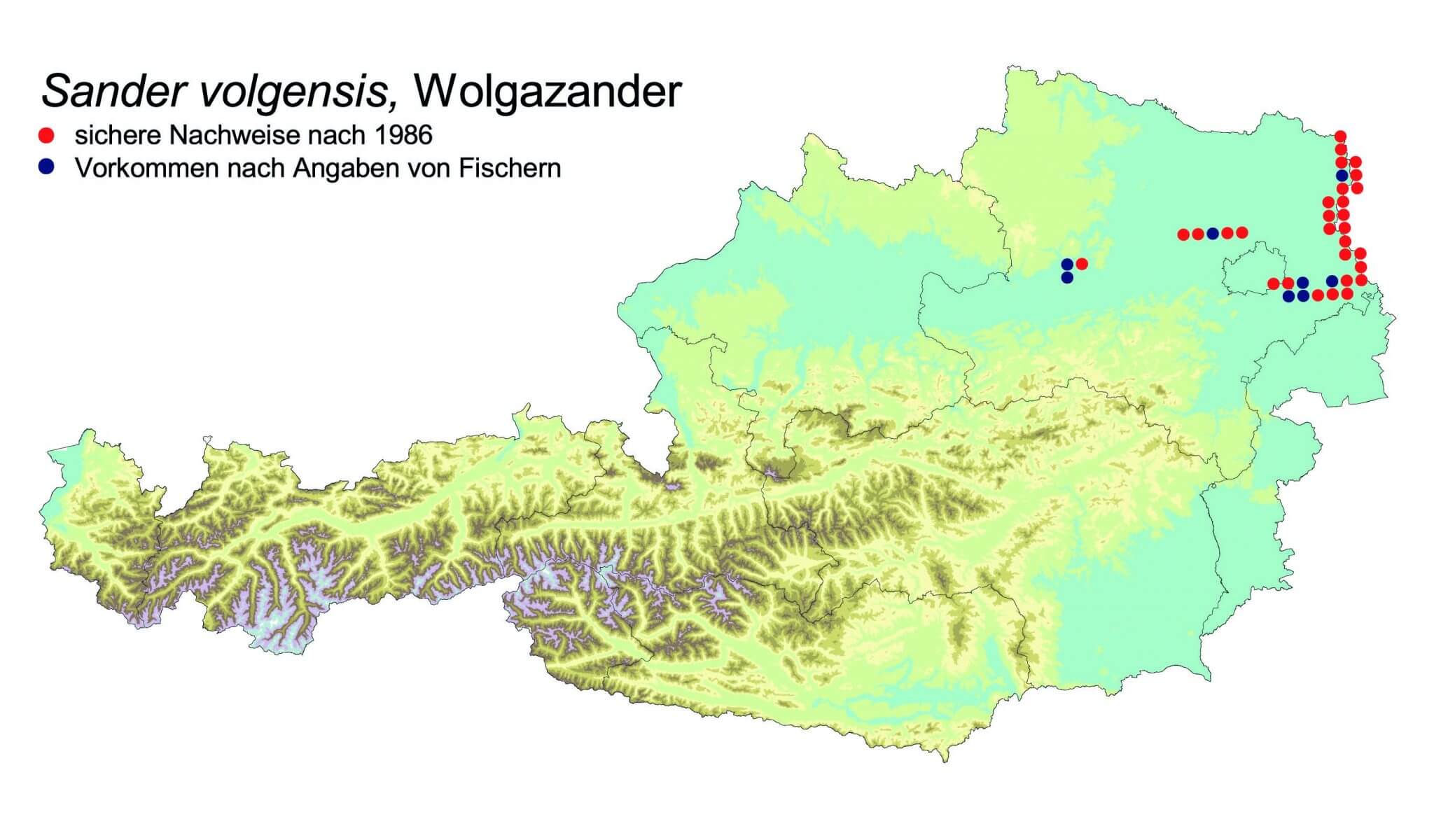
2006-2007 Red List (IUCN) of endangered fish and lampreys in Austria
The goal of the project was to produce a Red List of endangered fish and lampreys of Austria following the criteria of the IUCN. The work was carried out in cooperation with the I. Zoological Department of the Museum of National History (Dr. Ernst Mikschi). Unpublished data from numerous colleagues from all nine provinces of Austria formed an important data base.
Client: Umweltbundesamt GmbH (DWS Hydro-Ecology as sub-contractor of the Museum of National History)
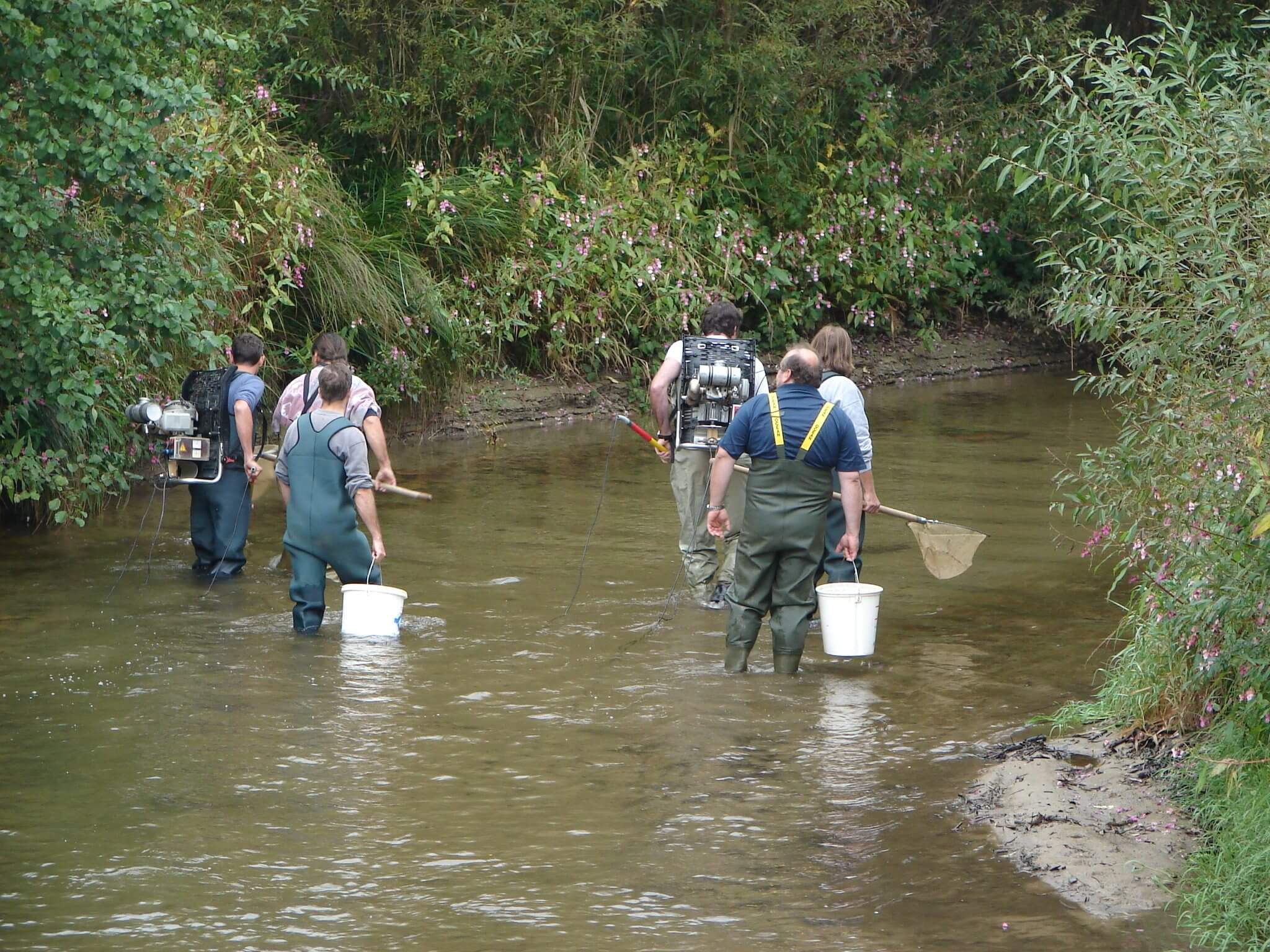
2005 Guidance – Fish-ecological assessment of rivers
In 2005, the first version of a WFD compliant methodology for the classification of running waters using the biological quality element ‘fish’ was published. The guideline was drawn up under the direction of the Federal Office for Water Management in Scharfling and included in the Quality Standard Ordinance for Ecology in Surface Waters (BGBl. II Nr. 99/2010) by the BMNT. On behalf of the Burgenland Water Authority, DWS Hydro-Ecology has played a key role in the development of this guide. Link BMNT
In co-operation with BAW Scharfling, KIS, Boku, TB Spindler, TB Petz
Client: Amt der Bgld. Landesregierung
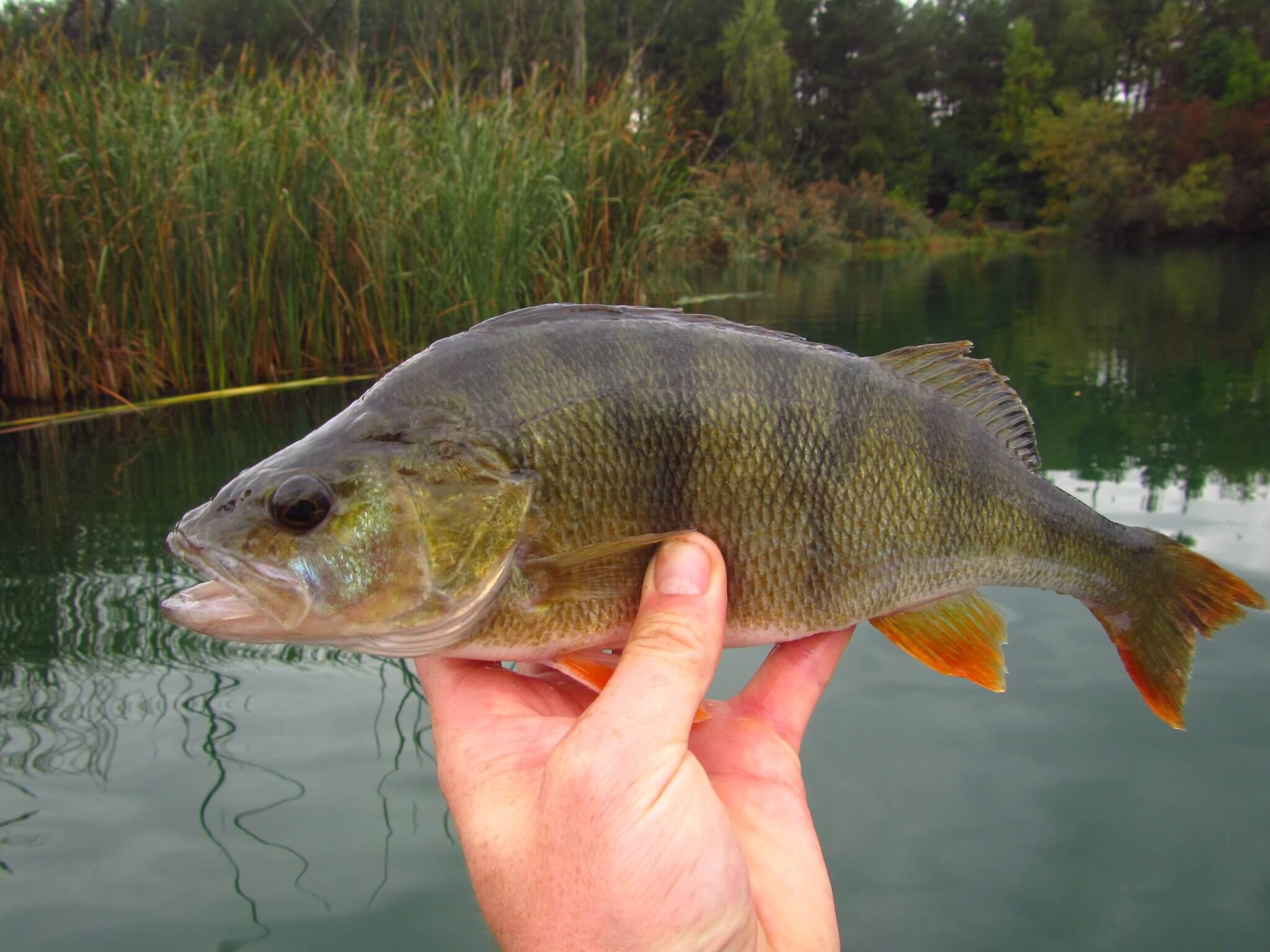
2003 Expertise on the fishery use of Lake Ratzersdorf
Lake Ratzersdorf, situated North-East of St. Pölten, is one of the most important recreational areas near the capital of Lower Austria and intensively used for bathing. Besides, it is used extensively for fishing, which was however not allowed under existing water law permit. The local fishing association asked for a expert opinion on possible impacts of fishery on the water quality of Lake Ratzersdorf.
Tasks: Limnological charakterisation on the basis of existing data (water quality, chemistry and biology), calculation of a nutrient balance, assessment of impacts of the fishery use
Client: Fishing association SKG (Sport- und Kulturgemeinschaft der Gewerkschaft der Gemeindebediensteten der Landeshauptstadt St. Pölten)
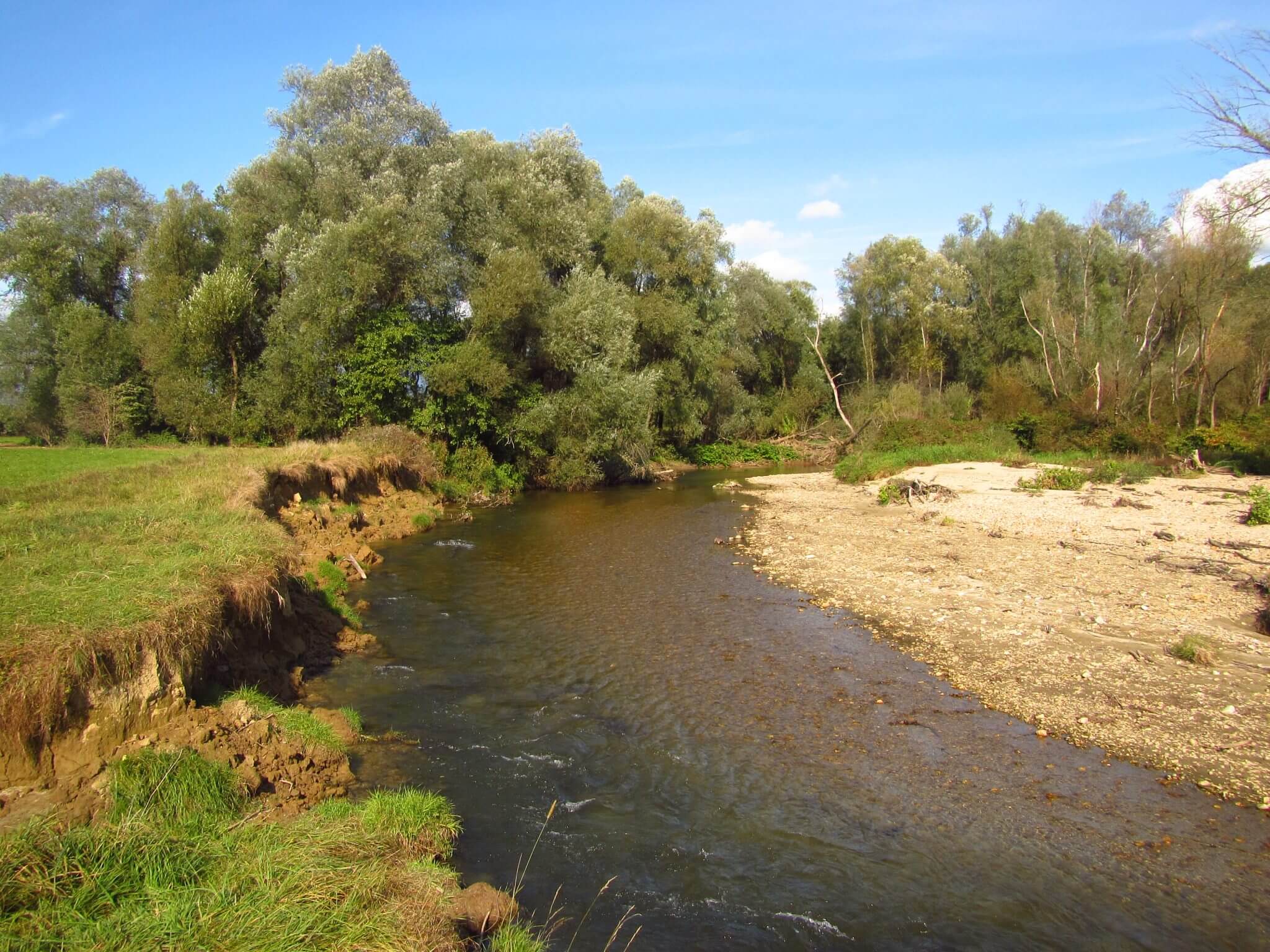
1999-2001 Red List of endangered fish and lampreys of Burgenland
Goal of the project was to produce a red list of endangered fish and lampreys of Burgenland. Electro-fishing surveys were carried out at 77 sampling sites in different rivers of the whole province.
Client: Biological Station Illmitz (Univ.Prof. Dr. Alois Herzig)
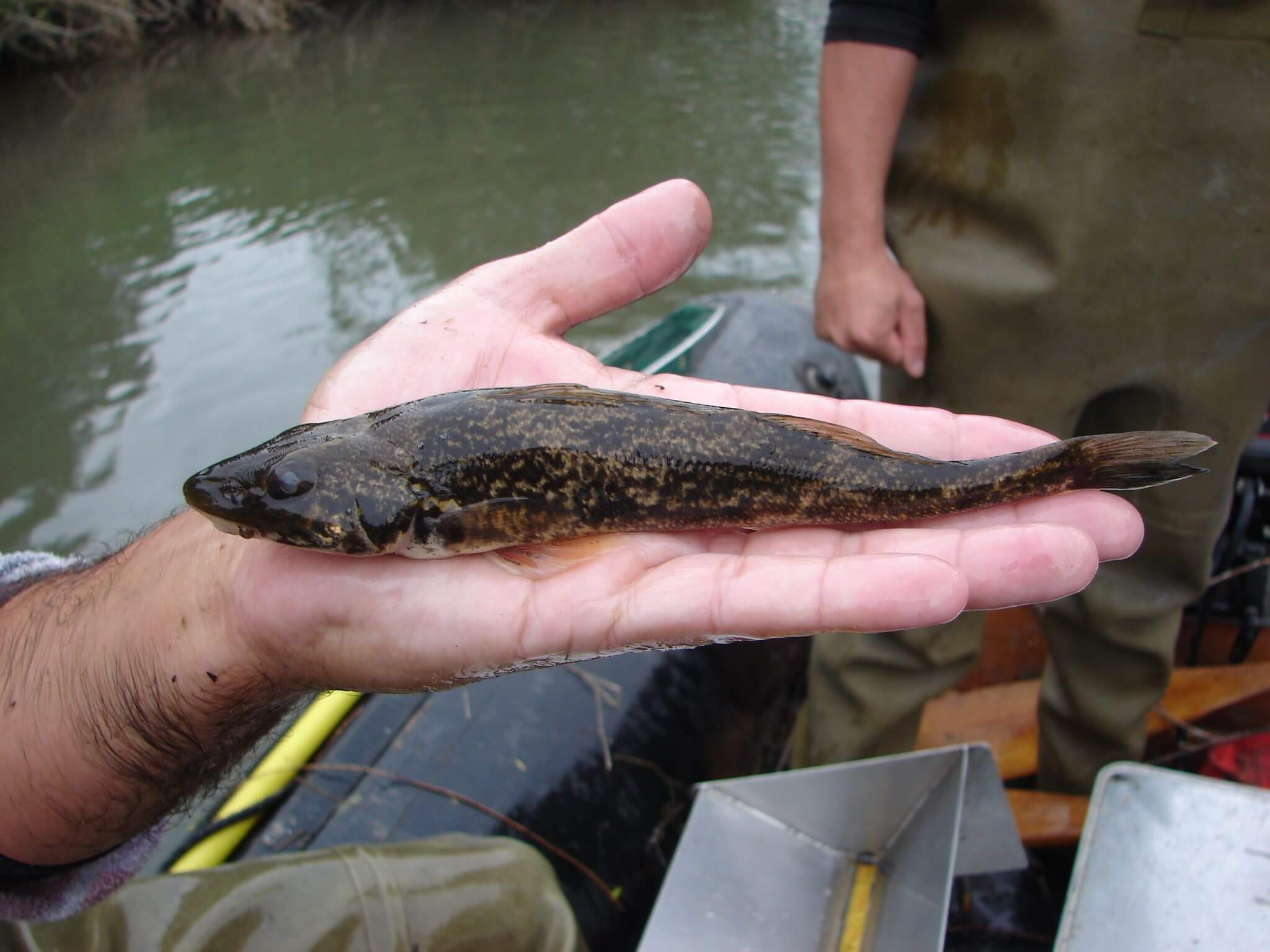
1999 Red List of endangered fish and lampreys of Lower Austria
Goal of the project was to produce a red list of endangered fish and lampreys of Lower Austria
Client: Museum of Natural Historiy

